
- The Savvy Promise
At Savvy, our mission is to empower you to make informed financial choices. While we maintain stringent editorial standards, this article may include mentions of products offered by our partners. Here’s how we generate income.
In this article
In the market for an electric car? Whether you’re shopping on a budget, looking for the longest range available, a model with all the latest tech or just something that has some zip, it’s crucial to do your research to determine which one is best for you. We’ve broken down some of the best EVs of each car segment to help make it easier for you to choose, so dive into our comprehensive breakdown here!
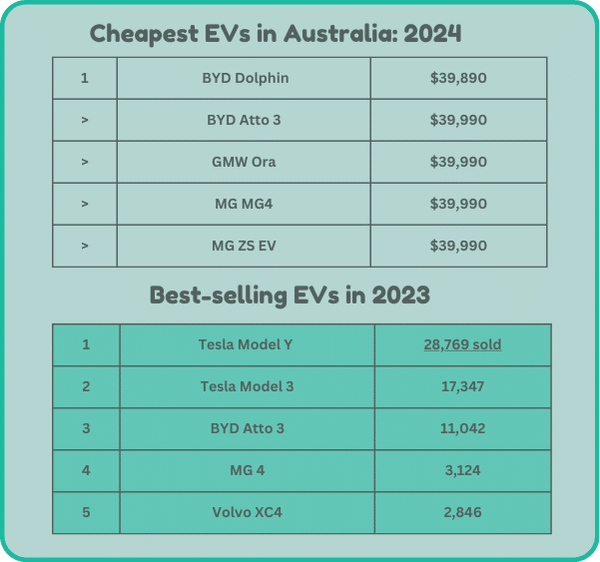
Cheapest electric cars in Australia: 2024
| 1 | BYD Dolphin | from | $38,890 |
| Equal 2nd | BYD Atto 3 | from | $39,990 |
| Equal 2nd | GWM Ora | from | $39,990 |
| Equal 2nd | MG MG4 | from | $39,990 |
| Equal 2nd | MG ZS EV | from | $39,990 |
| 6 | BYD Seal | from | $49,888 |
| 7 | Nissan Leaf | from | $50,990 |
| 8 | Fiat 500e | from | $52,500 |
| 9 | Hyundai Kona Electric | from | $54,000 |
| 10 | Abarth 500e | from | $58,900 |
| 11 | Cupra Born | from | $59,990 |
| 12 | Tesla Model 3 | from | $61,900 |
| 13 | Hyundai Ioniq 5 | from | $65,000 |
| 14 | Tesla Model Y | from | $65,400 |
| 15 | Hyundai Ioniq 6 | from | $65,500 |
Excludes commercial vehicles. Prices reflect the lowest base price before on-road costs
Best-selling electric cars in Australia: 2023
| 1 | Tesla Model Y | 28,769 |
| 2 | Tesla Model 3 | 17,347 |
| 3 | BYD Atto 3 | 11,042 |
| 4 | MG 4 | 3,134 |
| 5 | Volvo XC40 Recharge | 2,846 |
| 6 | MG ZS EV | 2,794 |
| 7 | Polestar 2 | 2,463 |
| 8 | Kia EV6 | 1,831 |
| 9 | Mercedes-Benz EQA | 1,196 |
| 10 | Volvo C40 Recharge | 1,103 |
| 11 | Kia Niro EV | 1,000 |
| 12 | Hyundai Ioniq 5 | 947 |
| 13 | BMW iX1 | 936 |
| 14 | BYD Dolphin | 925 |
| 15 | Cupra Born | 887 |
Source: Federal Chamber of Automotive Industries – VFACTS National Report, December 2023
Electric SUVs
BYD Atto 3
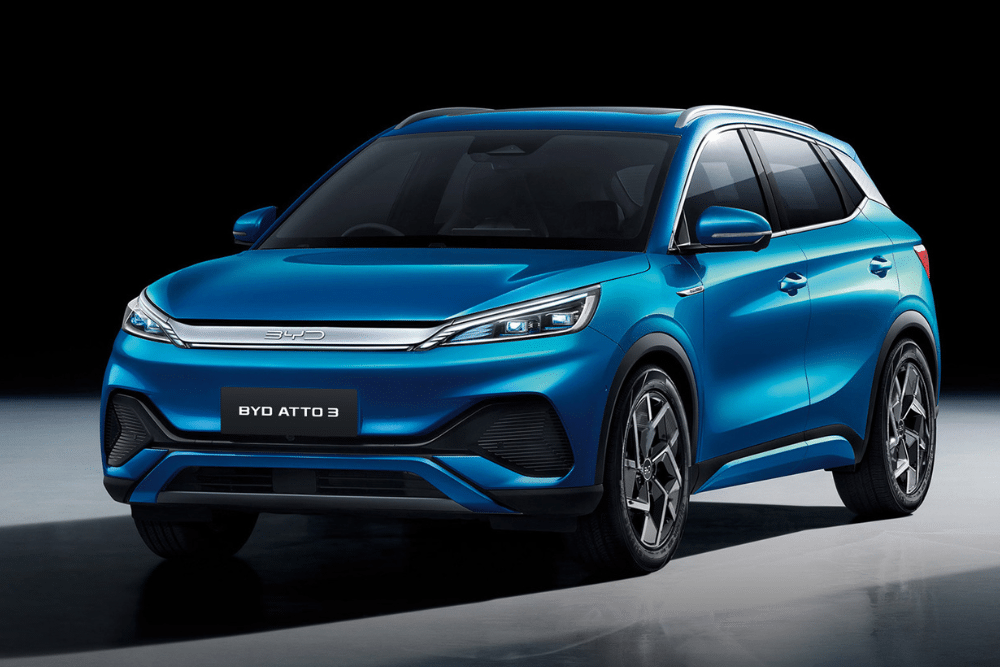
- Minimum and maximum price: from $48,011 to $51,011
- Battery capacity: 49.9kWh to 60.5kWh
- Maximum power: 150kW/310Nm
- 7kw charge time (0% to 100%): approx. minimum 8 hours 37 mins
- 50kW fast charge time (0% to 80%): approx. minimum 50 mins
- Range: up to 420km (Atto 3 Superior Extended Range)
BYD is another Chinese manufacturer that has entered the Australian market with a mid-sized electric SUV. The Atto 3 has proven to be extremely popular in Australia, with its competitive starting price making it the third best-selling EV in the country in 2023 (11,042) and one of only three to surpass 10,000 models, behind Tesla’s Model Y and Model 3.
You can choose between two trims: the base Superior Standard Range, coming in at a starting price of $48,011 with a range of up to 345km, and the Superior Extended Range, available from $51,011 and offering an extra 75km of range. The price of the Extended Range places it ahead of a key competitor in the Nissan Leaf e+ but behind the ZS EV Long Range.
Both variants come with a suite of safety features, including a 360° view monitor, Blind Spot Monitoring (BSD), Stop & Go Full Speed Adaptive Cruise Control (ACC-S&G) and more. You’ll also be able to take advantage of its 12.8-inch intelligent rotating touch screen, satellite navigation, voice assistant and eight-speaker Dirac HD sound system.
At a highly competitive price, the Atto 3 gives you plenty to think about if you’re shopping for an electrified SUV at an affordable price.
MG ZS EV
Test-driven: 10-17 January 2023, by Adrian Edlington
“I drove the MG ZS EV Excite 2023 model for a week in early January in and around Adelaide, having the chance to put it through its paces on both sealed and unsealed roads.
It reminded me most of the Kia Sportage in terms of handling and spec, though obviously electric instead of internal combustion.
The Excite's 320km range was a bit underwhelming, though fine for most use cases such as commuting or running around town. Since test driving, the price has come down and the range has gone up - which makes the vehicle much more appealing.
For budget-conscious drivers (e.g. most of us!), cracking the $40k entry-level price point for an EV is a must. I still feel they are too pricey compared to the petrol models, though (the petrol Excite starts at $23k). For around $37k, you could have the top-of-the-line internal combustion engine MG HS Essence X AWD 2.0L Turbo model with all the best features and still walk away with $3k in your pocket."
- Minimum and maximum price: from $39,990 to $46,990
- Battery capacity: 51.1kWh to 72.6kWh
- Maximum power: 130kW/280Nm
- 11kw charge time (0% to 100%): approx. minimum 5 hours
- 50kW charge time (up to 80%): approx. minimum 54 mins
- Range: up to 505km (ZS EV Long Range)
The ZS is MG’s best-selling vehicle, with the SUV’s 29,258 units sold across 2023 making it the fifth most popular car model in Australia. Its popularity has translated across to its electrified variant, the ZS EV, which was the sixth most popular EV over that period, but sat behind the MG4 among the Chinese manufacturer’s suite of models.
This popularity comes in large part from its affordable price range, with the 2024 ZS EV model starting from as little as $39,990 with the base model, the Excite. You can take the next step up to the Essence from $42,990, while the Long Range will set you back at least $46,990.
With the Long Range variant, you can reach a range of up to 505km per charge, but this is quite a bit further than the Excite and Essence, which pack top ranges of 360km. The Long Range also comes with the greatest battery capacity (72.6kW) compared to the other two (51.1kW) but is only capable of a maximum power output of 115kW in contrast to the 130kW you can get from the Excite and Essence.
It's packed with a range of attractive convenience and entertainment features, with all models featuring a 10.1-inch multi-function colour touch screen, 360 View Camera, Push Button Start and the MG Pilot suite of safety features, which include the following:
- Automatic Emergency Braking
- Forward Collision Warning
- Lane Keep Assist with Departure Warning System
- Intelligent Headlamp Control
- Blind Spot Detection (Essence and Long Range only)
While the quality of materials used in its production may reflect its budget price tag, the ZS EV is an approachable entry point into the electrified vehicle and SUV markets and is a great choice for inner-city drivers.
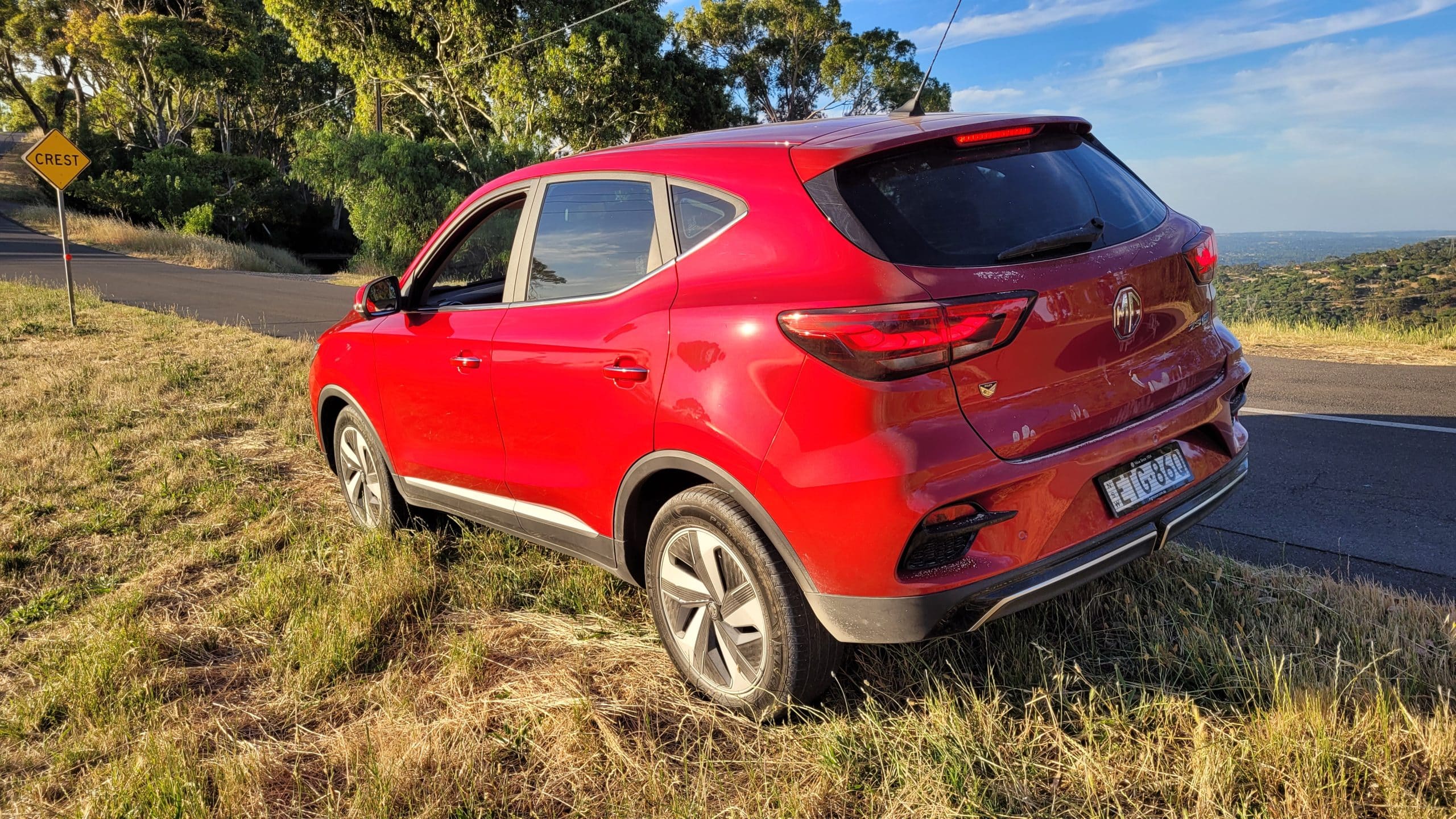
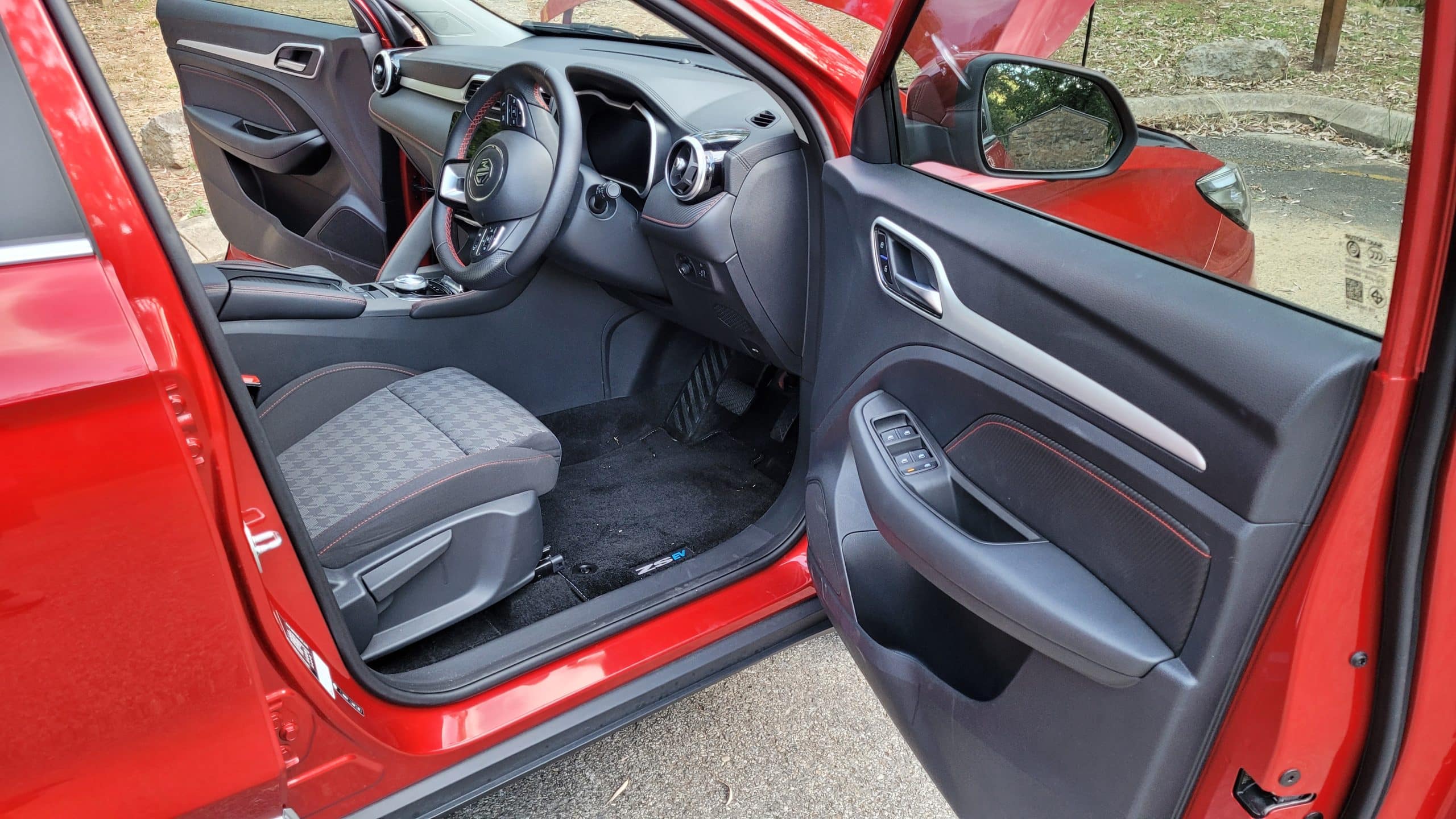
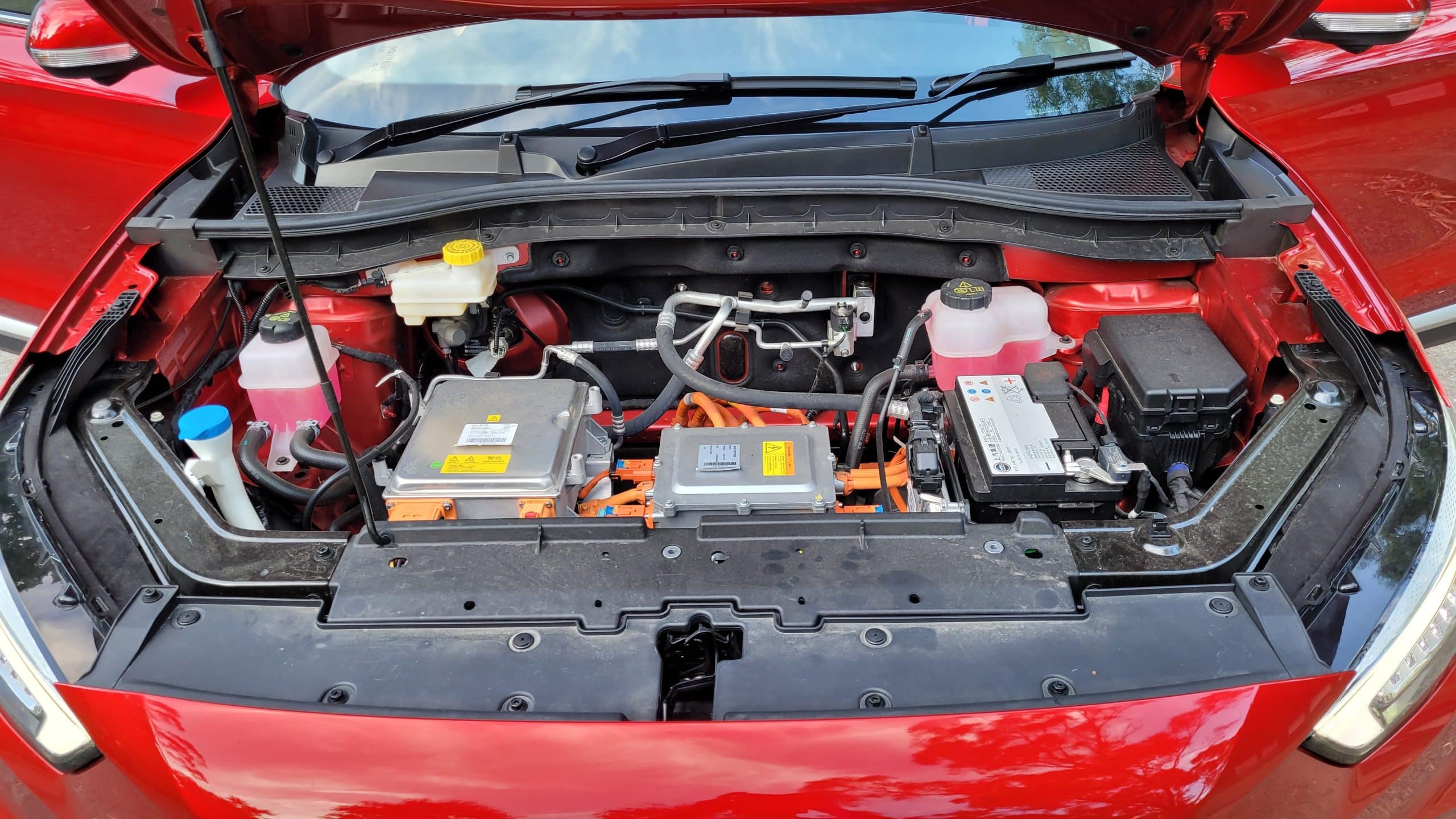
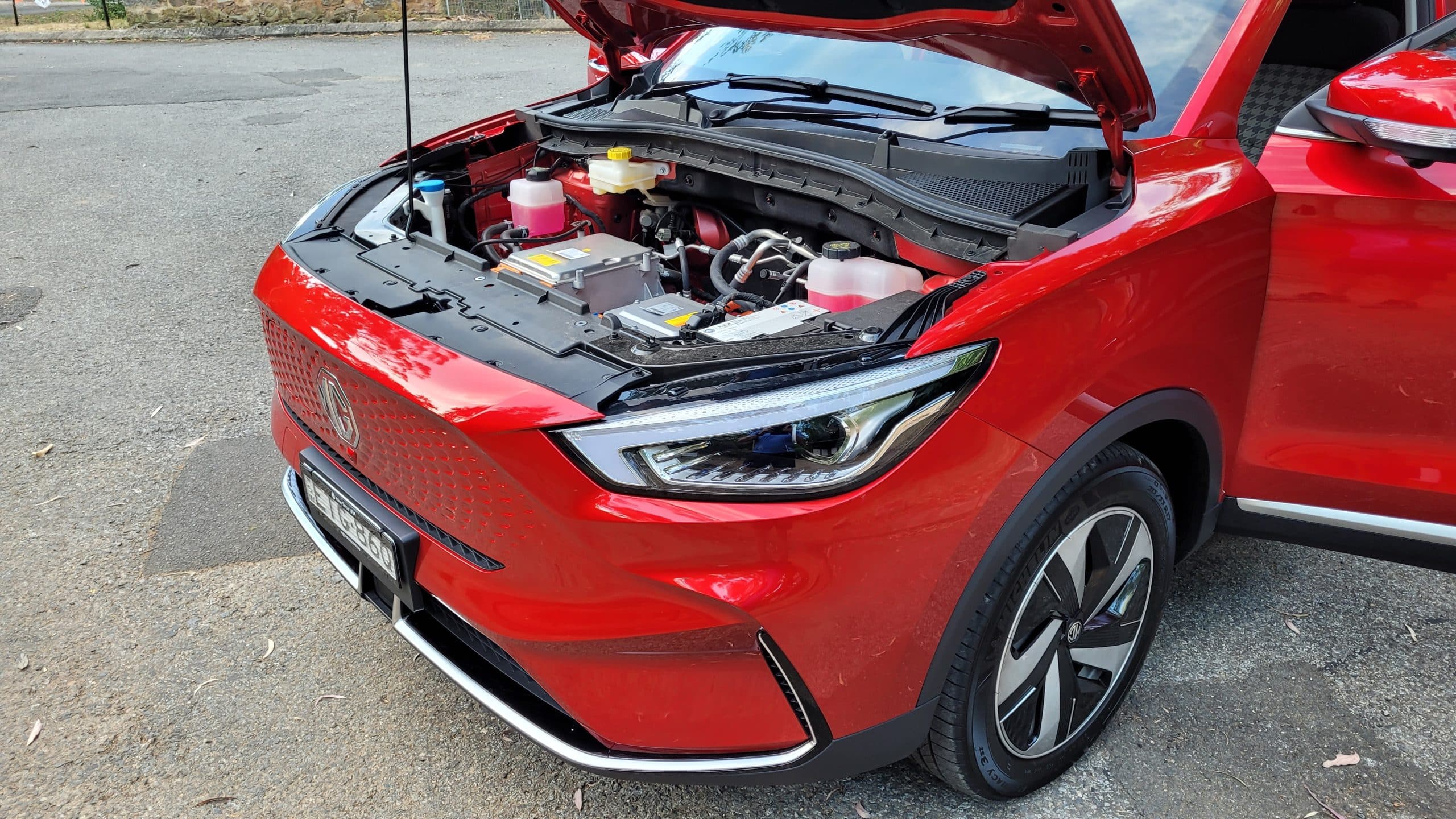
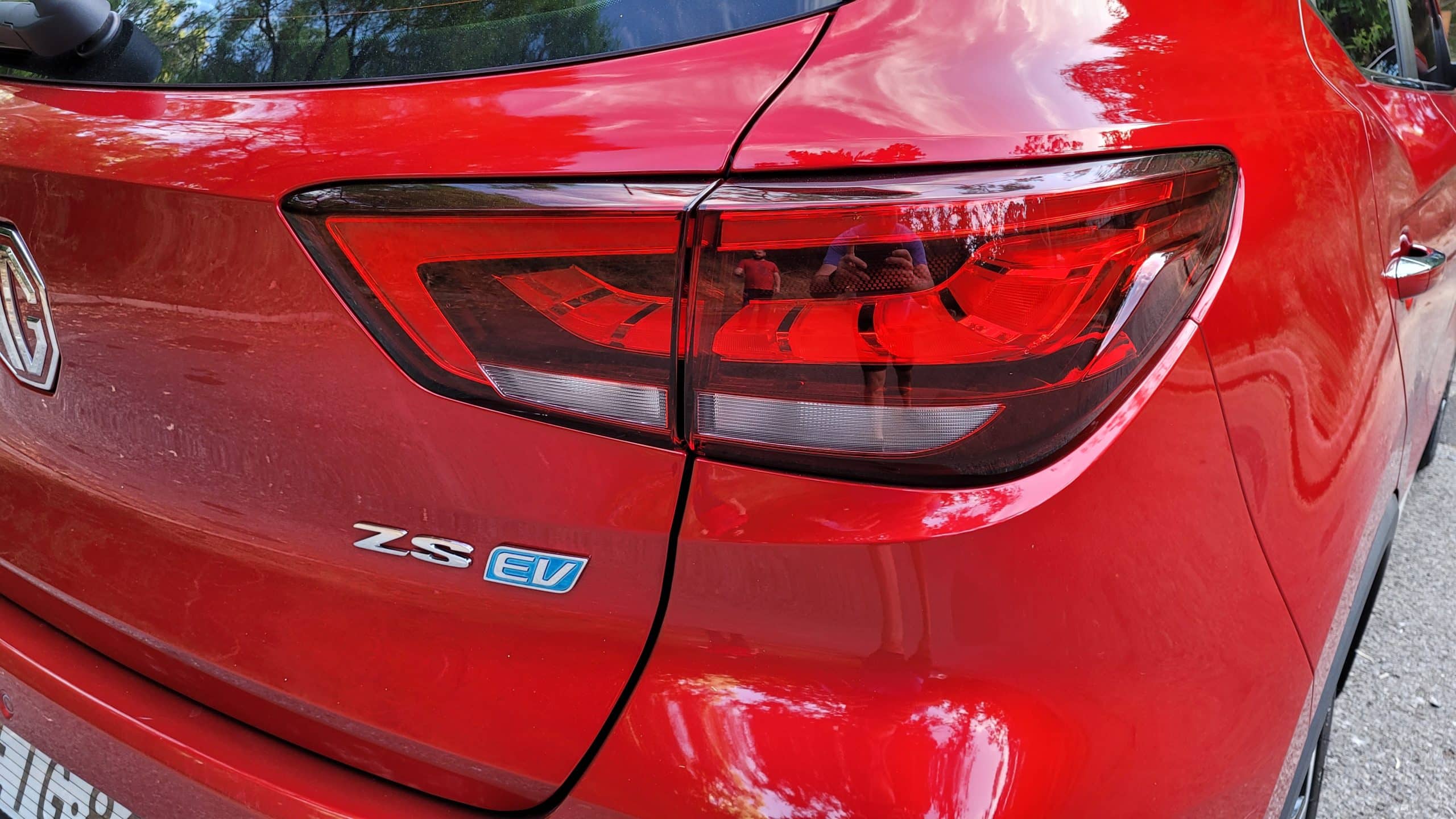
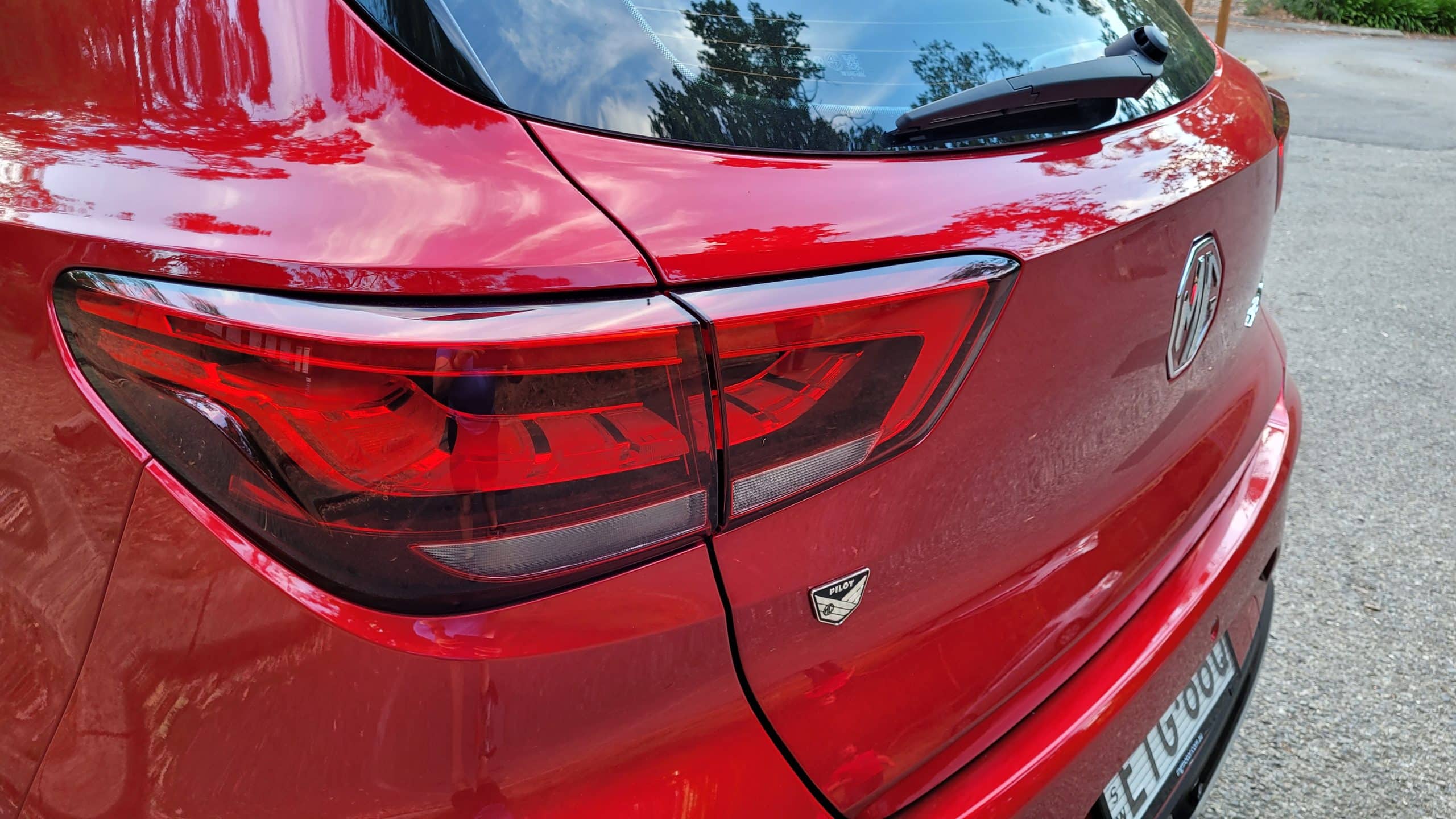
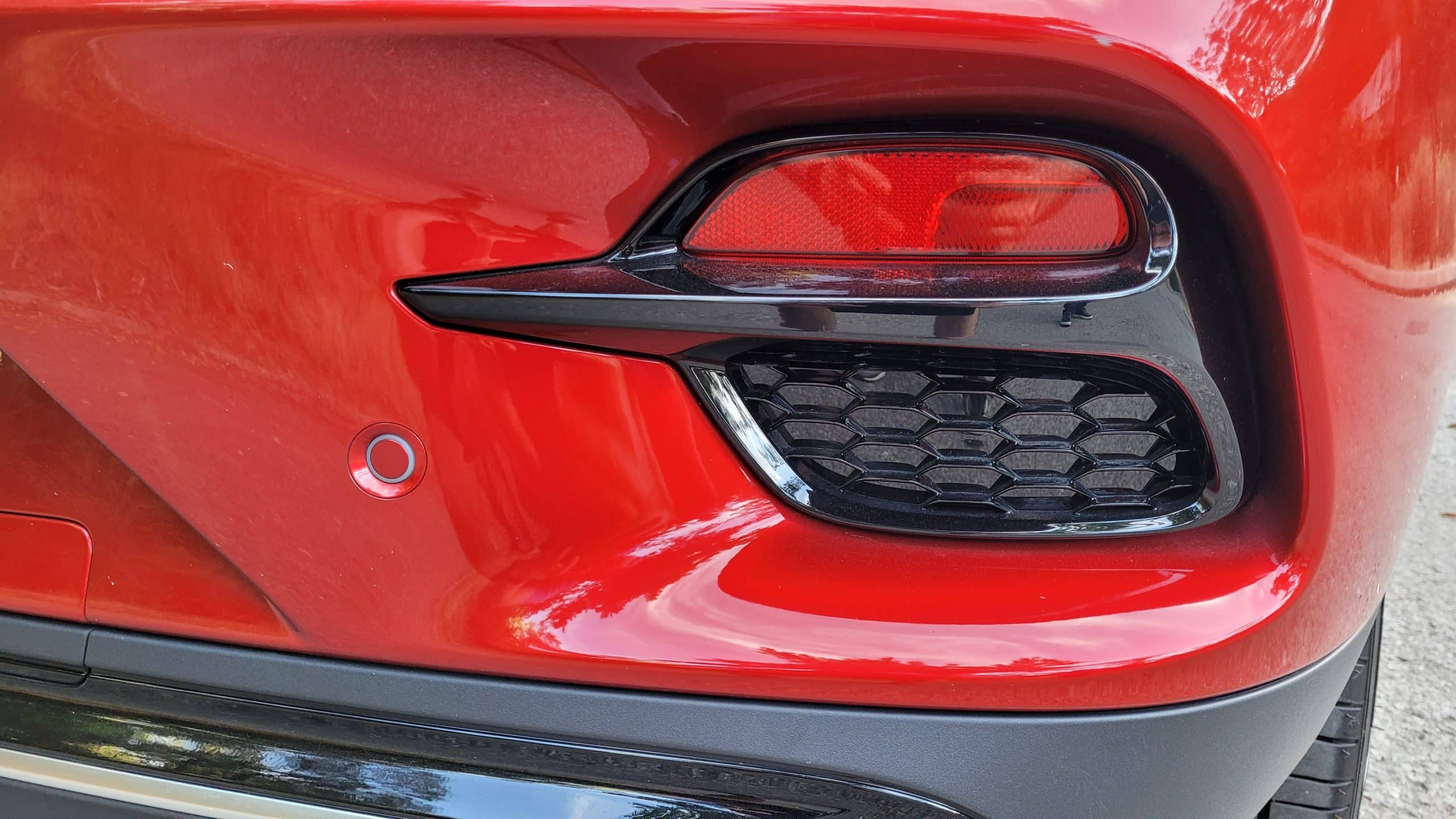
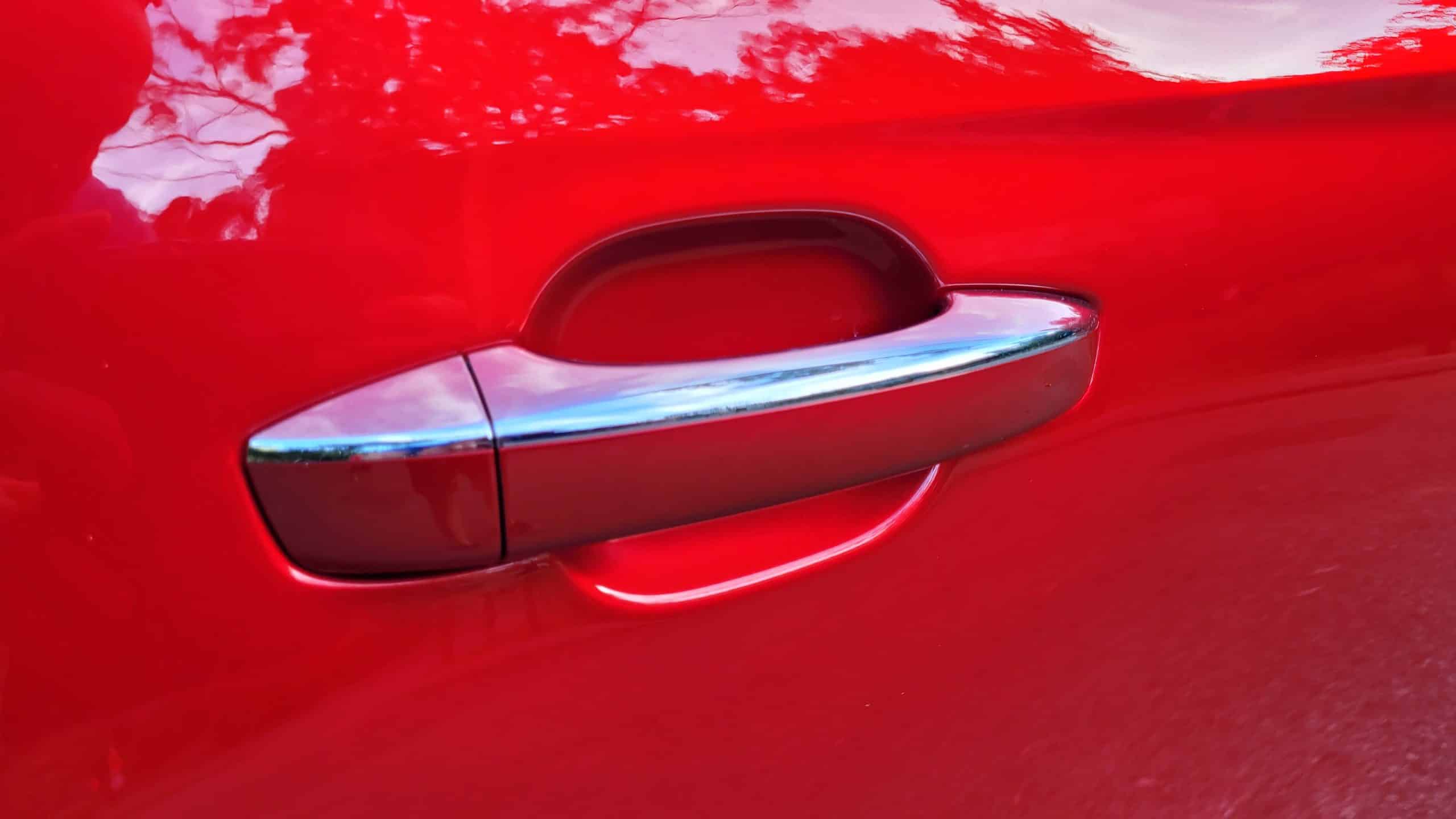
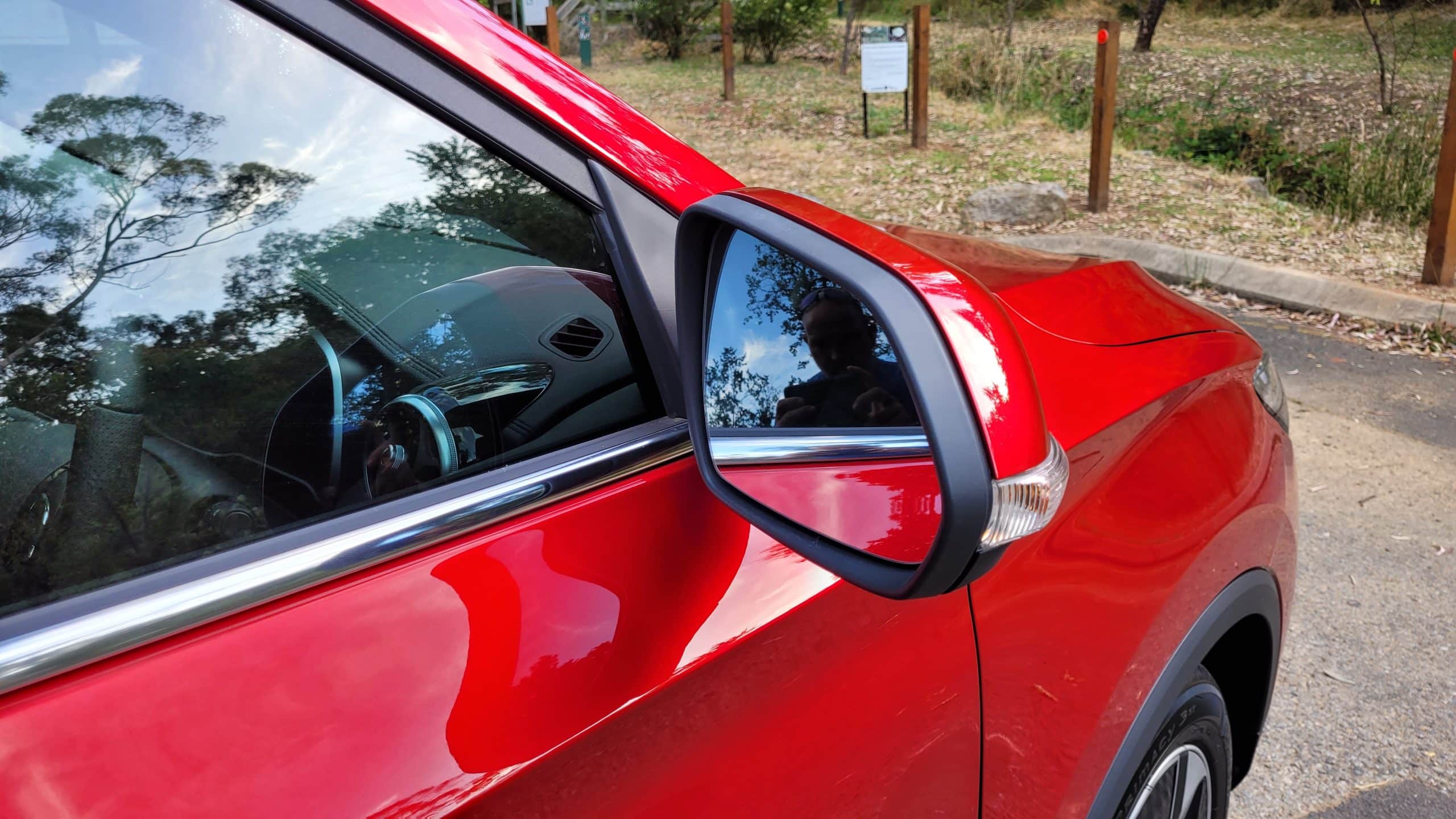
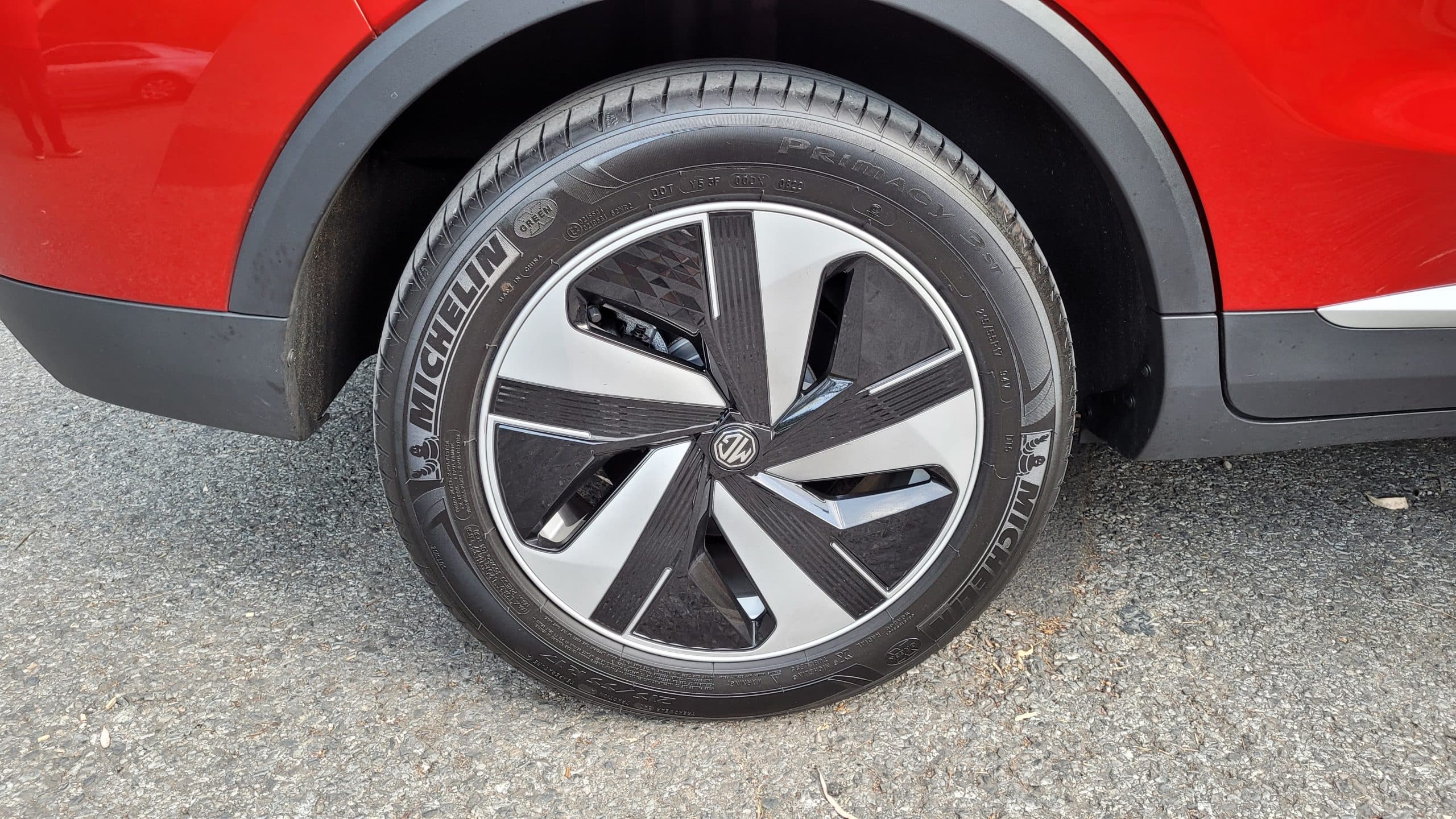
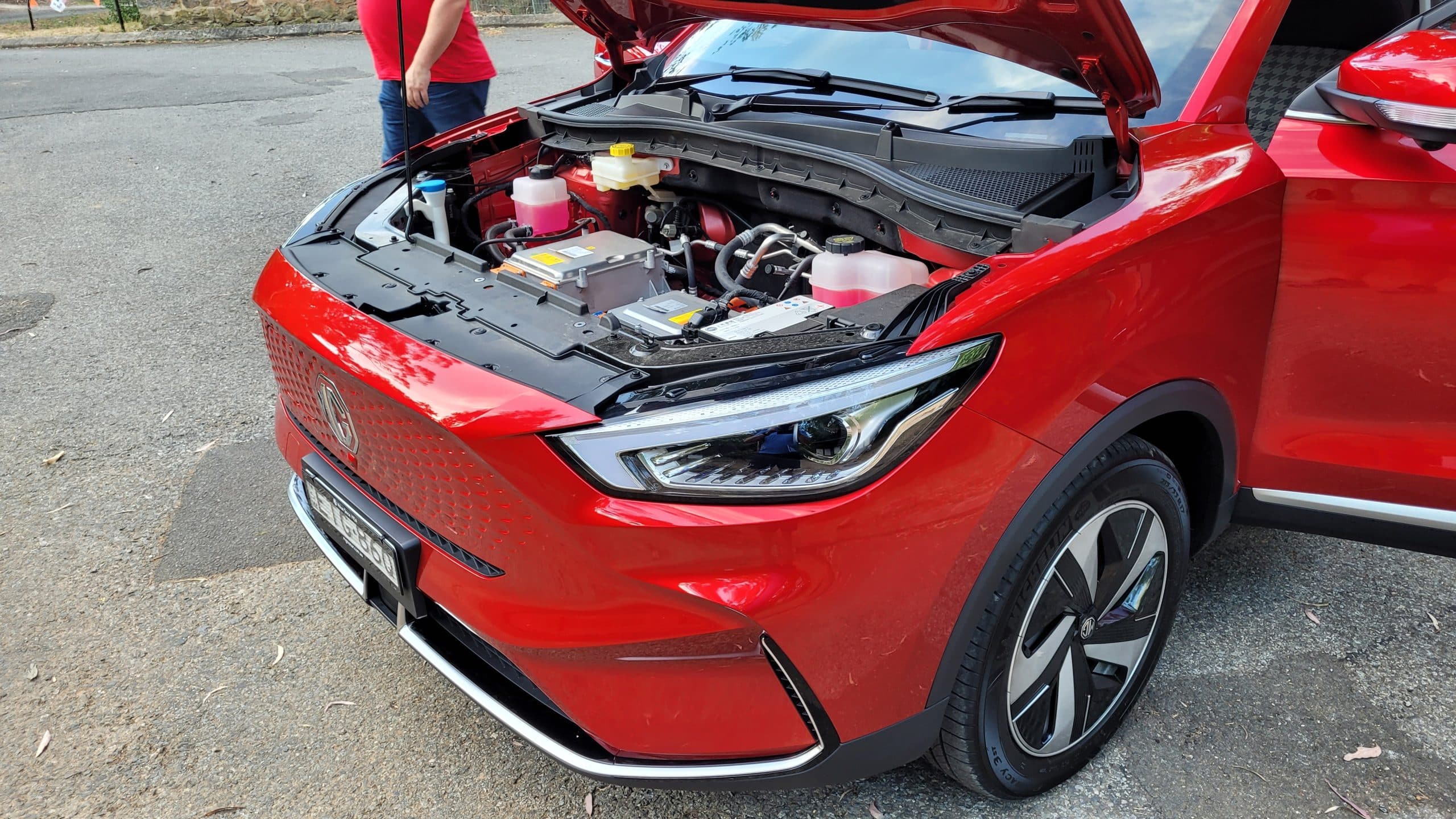
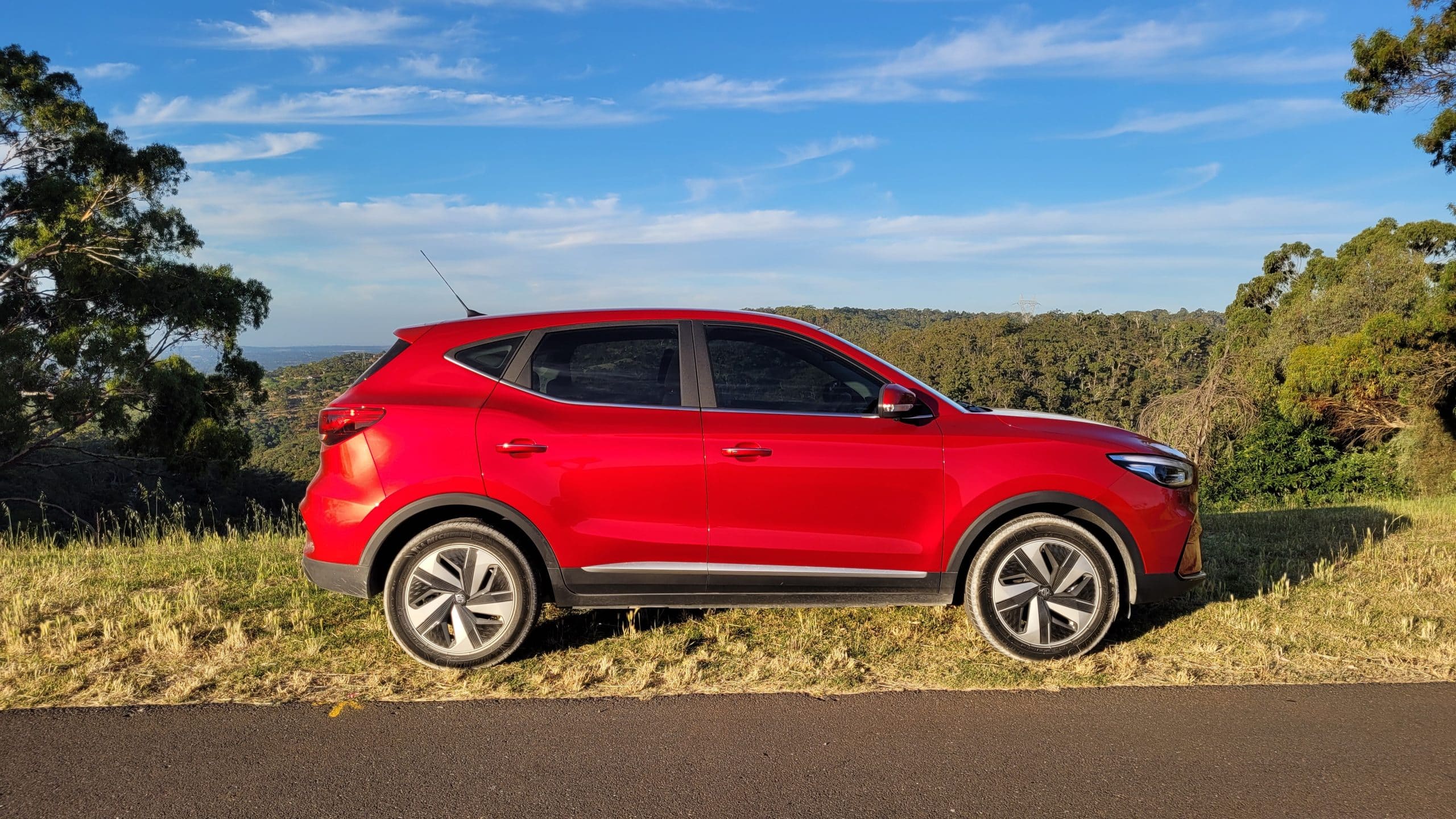
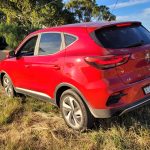
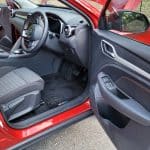
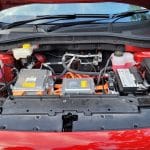
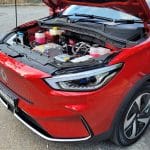
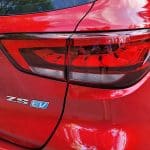
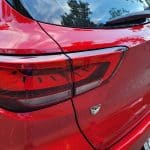
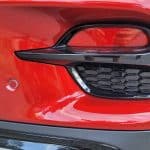
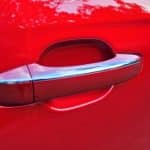
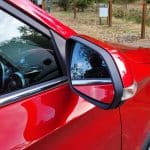
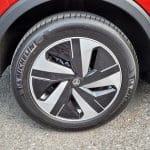
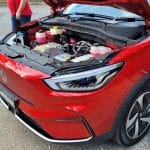
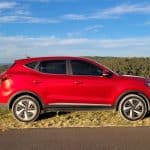
Tesla Model Y
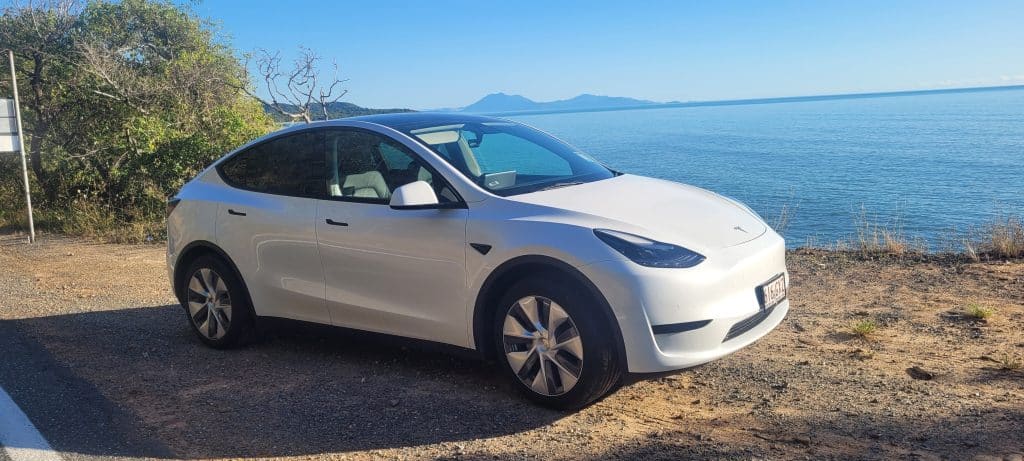
Test-driven: 11-14 August 2024, by Adrian Edlington
"A short getaway in Cairns and Port Douglas in far north Queensland was the perfect opportunity to hire a Tesla Model Y and put it through its paces.
The first thing I noticed was the unconventional controls, which were much different to any of the other EVs I’ve test-driven! I really should have taken the car rental employee up on their offer to show me how to operate the vehicle. As a result, I had to sit in the airport carpark and watch a few handy YouTube videos to learn my way around the controls. The built-in explainer videos did an equally good job, though I didn’t find them until later!
The main difference between a Tesla and other EVs is the absence of a traditional dash. No traditional speedometer – either manual or digital – nor rev meter or heads-up display, for that matter. The view through the steering wheel is of a completely smooth dash, which is quite novel.
All of the controls and functions are accessed through the central touch screen, which takes a little getting used to. I did adapt rather quickly, after a couple of days of driving, though, after which the car drove and handled like a dream. The large and clear navigation map was a stand out.
Where safety and smart driving features were concerned, it was pretty similar to most other EVs in terms of smart lane assist, adaptive cruise control, collision alert and other similar features. I did notice the metal cruise control roller button felt especially nice. It was easy to scroll up in 5km increments when slowing down or speeding up on the open road.
We found charging in Port Douglas convenient enough, as one of the hotels had four or more dedicated Tesla chargers. Our hotel had two, though one was out of action, while the other didn’t work for our vehicle. Driving north from Port Douglas to Cape Tribulation was easily achievable in a day, without depleting the car’s battery beyond 45%.
If I were to buy one, I’d want the Long Range model, though even after 2024 price cuts, this is still just shy of a hefty $65k ($55k for the entry-level model).
Your purchase decision will probably come down to two things: price and whether or not you like the sleek and minimalist interface. Be mindful of the fact that Tesla has slashed prices several times already to maintain competitiveness, while at the same time continuing to improve vehicle range, which could impact resale values."
- Minimum and maximum price: from $
65,400$54,900 to $92,020 - Range: up to 533km (Long Range AWD)
This is it: the most popular EV in Australia. American EV manufacturing giant Tesla’s Model Y is far and away the best-selling electric model on the market, with 28,769 placing it more than 11,000 units ahead of the next best, which was its sedan counterpart, the Model 3.
The Model Y comes in three variants: the Rear-Wheel Drive (from $65,400), the Long Range (from $78,400) and the Performance (from $92,020). The Long Range comes with the best distance per charge, as the name suggests, reaching up to 533km compared to the Rear-Wheel Drive (455km) and Performance (514km).
Tesla is secretive when it comes to factors like its engine capacity, power output, torque and charging times, so they can’t be compared as easily in these areas with other vehicles. However, when you see that the Model Y Performance can go from 0 to 100km/h in just 3.7 seconds, it tells you all you need to know: it’s fast.
Couple that with Tesla’s Autopilot technology, which includes a range of crucial safety technologies, and interior features such as a 15-inch display on the dashboard, it’s easy to see why many are making the jump to the Model Y.
Hyundai Ioniq 5

Test-driven: 30 September-8 October 2024, by Adrian Edlington
“I recently had the pleasure of test-driving the latest IONIQ 5 N, the fully pimped-out performance model IONIQ 5, from Hyundai. After being lucky enough to drive a wide selection of fast EVs, it’s fair to say that this one has been the best so far. It’s simply epic in design and performance – a true speed-boy racer – and is a model that will amaze fence sitters and delight EV enthusiasts in equal measure.
To be honest, I wasn’t sure what I was getting myself in for. I expected one of the many tamer IONIQ 5 configurations with more typical features and price tag. To put it in perspective, the base model IONIQ 5 with the 125kW electric motor starts at $75,200. The model I had (IONIQ 5 N with Vision Roof) has 166kW and 282kW motors in the front and rear, respectively, and a price tag to match at $129,300!
So, comparing the base model (and most of those in between) to the N performance vehicle is tough. I’m sure they’re all great and that I’d love to own any of them, but after driving this N model, replete with attitude, performance, style and gumption, I just don’t think they could spark the same level of joy.
Besides looking really freaking cool, the new IONIQ 5 N has serious race handling and performance to boot. The steering wheel is reminiscent of a racing car, with mode select (Eco, Normal and Sport) on the top left and two customisable sport driving profile buttons at the bottom. Moreover, there’s a big orange button with the letters “NGB” on the top right that removes most limitations and lets you accelerate at the maximum potential for the car – paying no heed to how much you deplete the battery!
We never did work out what NGB stands for. Best guesses were “Never Gonna Brake”, or “Not Going Back”… regardless, it had the desired effect of propelling us towards 100km per hour in 3.4 seconds, like it says on the box. While every car I’ve test-driven had a Sport or Boost option (thinking top-level Polestar 2 and Genesis GV60), the N is simply the best.
This car is really at another level. The one issue I noticed was that it’s simply so quick and uppity that you’re likely to get a speeding ticket pretty fast. All the EVs have the same issue, though with the N, it’s even worse! I’ve taken to using adaptive cruise control around town to keep me on the speed limit. It’d just be far too easy to give it a squirt in a 50km/h zone and be doing 75km/h!
If you buy one of these, you'll want to get to a track day as soon as possible. That’s what it’s built for.
I could go on all day about the features of the car, but the key takeaway is this: if you want a high-performance EV that shines, while also having great boot space and leg room for all four passengers, get one! If you can afford the $129k price tag, this electric vehicle won’t disappoint. It really has no flaws. OK, maybe the range is a bit less than other EVs, though at a respectable 350km, it’s still OK. You’re not going to be buying it for that anyway.
What can I say? I’m in love and I want one!
(BTW, neither Hyundai nor any other manufacturer influences our reviews. We're free to be truthful and tell it like it is. Read my Genesis Electrified G80 review if you want proof it isn't always so positive!)
- Minimum and maximum price: from $65,000 to $87,000
- Battery capacity: 58.0kWh to 77.4kWh
- Maximum power: 239kW/605Nm
- 11kW charge time (10% to 100%): approx. minimum 7 hours
- 50kW charge time (10% to 80%): approx. minimum 46 mins
- Range: up to 507km (Ioniq 5 Extended Range)
The Ioniq 5 is South Korean manufacturer Hyundai’s premier EV model, outselling the Ioniq 6 and the electrified variant of the Kona in 2023. Its price point is a big step up from the ZS EV, with the base Ioniq 5 starting at $65,000, the Dynamiq available from $76,000 and the Epiq from $79,500. While the base model is only available in RWD, the Dynamiq and Epiq both offer buyers the choice between RWD and AWD.
The Standard Range Ioniq 5 comes with the lowest motor power (58.0Kwh) and range (384km) of all models, with the Extended Range variant and all versions of the Dynamiq and Techniq boasting a 77.4kWh motor. However, the base Extended Range comes with the best range (507km), ahead of the other two models (up to 476km). The AWDs pack the most power, coming in at 239kW and 605Nm.
All models come with Hyundai SmartSense, which includes a variety of safety features such as:
- Blind-Spot Collision Avoidance-Assist (BCA)
- Forward Collision-Avoidance Assist (FCA)
- Lane Following Assist (LFA)
- Parking Collision-Avoidance Assist – Reverse (PCA-R)
- Surround View Monitor (SVM)
Each model also comes with a 12.3-inch HD capacitive touchscreen display, Apple CarPlay and Android Auto compatibility and satellite navigation, while the Dynamiq and Epiq also come with an eight-speaker Bose premium speaker system.
It’s clear to see the appeal of the Ioniq 5. Its sleek design is instantly eye-catching and it offers a suite of attractive features in a spacious cabin that make your already comfortable driving experience that much more convenient.
Volvo XC40 Recharge
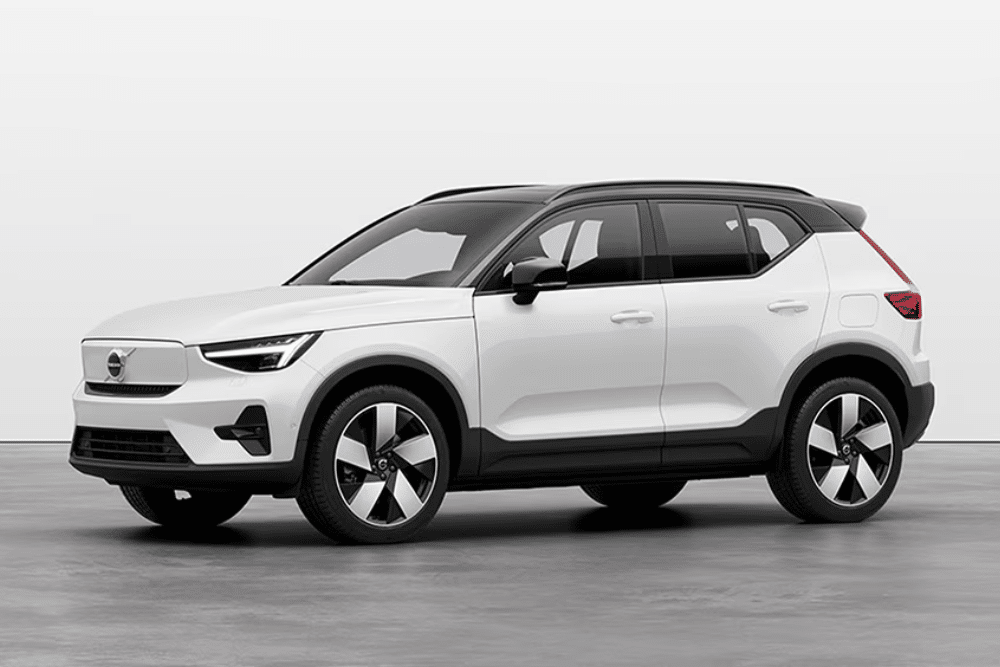
- Minimum and maximum price: from $76,990 to $85,990
- Battery capacity: 69kWh to 82kWh
- Maximum power: 300kW/660Nm
- 11kw charge time (0% to 100%): approx. minimum 7 hours
- 50kW fast charge time (10% to 80%): approx. minimum 60 mins
- Range: up to 645km (XC40 Recharge Twin Pure Electric)
The Volvo XC40 Recharge is another popular Australian EV model, with the Swedish manufacturer’s SUV finishing in the top five fully electric models (2,846). While the XC40 also includes MHEVs starting from as low as $54,990, the Recharge Pure Electric is the base EV model, with a starting price of $76,990 ahead of the Twin Pure Electric ($85,990).
With a striking angular exterior, the XC40 Recharge boasts a futuristic design which is sure to turn heads. Diving into its functionality, the biggest plus from a driving point of view is its range, with the base model offering up to 565km and the Twin Pure Electric stretching this out to an exceptional 645km. The latter model also boasts plenty of punch, with up to 300kW of power and 660Nm of torque.
The XC40 Recharge packs in a suite of handy features, including a 9-inch Centre Display touchscreen, wireless device mirroring with CarPlay and Android Auto and a High Performance Sound system (or Harmon Kardon Premium Sound for Twin Pure Electric Models). Safety support systems include front Collision Mitigation Support, Lane Keeping Aid, Blind spot Information System with Cross traffic alert and a Park Assist Camera (Pure Electric) or 360° Camera (Twin Pure Electric).
If you’re on the hunt for a powerful small SUV and have a bit more money available, the XC40 Recharge is bound to deliver a thrilling ride.
Kia EV9
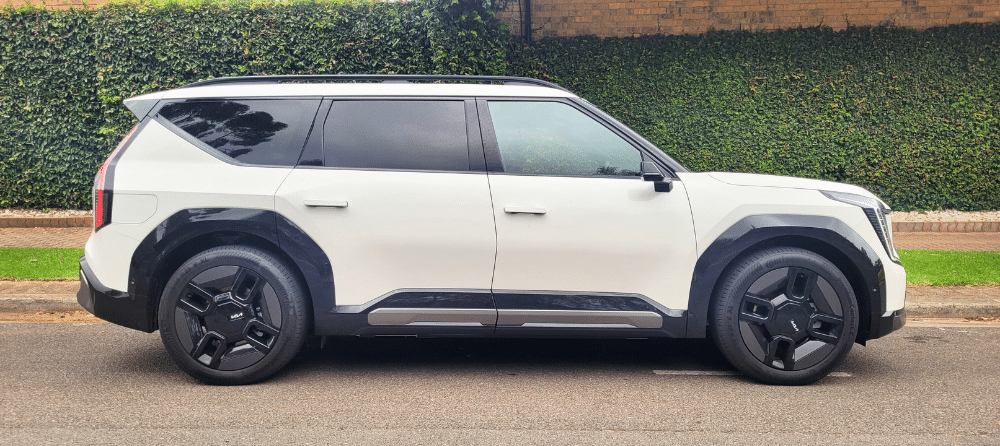
Test-driven: 26 March-2 April 2024, by Adrian Edlington
"Kia's EV9 SUV is something different: a genuine luxury 7-seater electric vehicle by a non-lux marque that will, in my opinion, compete with the likes of BMW, Mercedes-Benz and Land Rover.
The pimped-out version I was lucky enough to drive has a price point of $139,000, so they sure ain't cheap! On the upside, you get everything you would expect from an SUV of this price. The interior is immaculate and the rear back three seats are equally comfortable. A family of five would fit fine.
The exterior design is a matter of personal taste. While I quite liked it, my female friend was scathing.
In terms of performance, I found the EV9 accelerated fine in Eco mode, which is a big plus. Often, big vehicles like these would be sluggish when trying to be economical.
If you're looking for a luxury SUV, don't exclude the EV9 just because it's a Kia. You could be pleasantly surprised."
- Minimum and maximum price: from $97,000 to $121,000
- Battery capacity: 76.1kWh to 99.8kWh
- Maximum power: 282.6kW/700Nm
- 11kw charge time (10% to 100%): approx. minimum 7 hours
- 50kW fast charge time (10% to 80%): approx. minimum 63 mins
- Range: up to 512km (EV9 Earth AWD)
With the EV6 holding down the crossover SUV position for Kia, the EV9 plays a different role as a large, seven-seat SUV. Like the EV6, it boasts a sleek, futuristic design, but can ferry around large families and your kids’ friends, too.
The price could be a sticking point for many buyers, though, with a steep $97,000 entry for the base Air model and reaching $121,000 as the starting price for the GT-Line (the Earth falls in between with a cost from $106,500). It’s the most expensive Kia sold on our shores so far.
The first big tick for the EV9 is its size, with acres of space in the cabin for you and your passengers. This means that if you’re driving your kids around, there should be enough space to avoid them sitting on top of one another (and creating more fights in the process!).
It also comes with an impressive range on the AWDs, with up to 512km on the Earth and 505km on the GT-Line, while the 443km on the base model is nothing to sneeze at. As one of the largest options among solely electric models, the EV9 could be a top candidate for families who have the cash to pay for it.
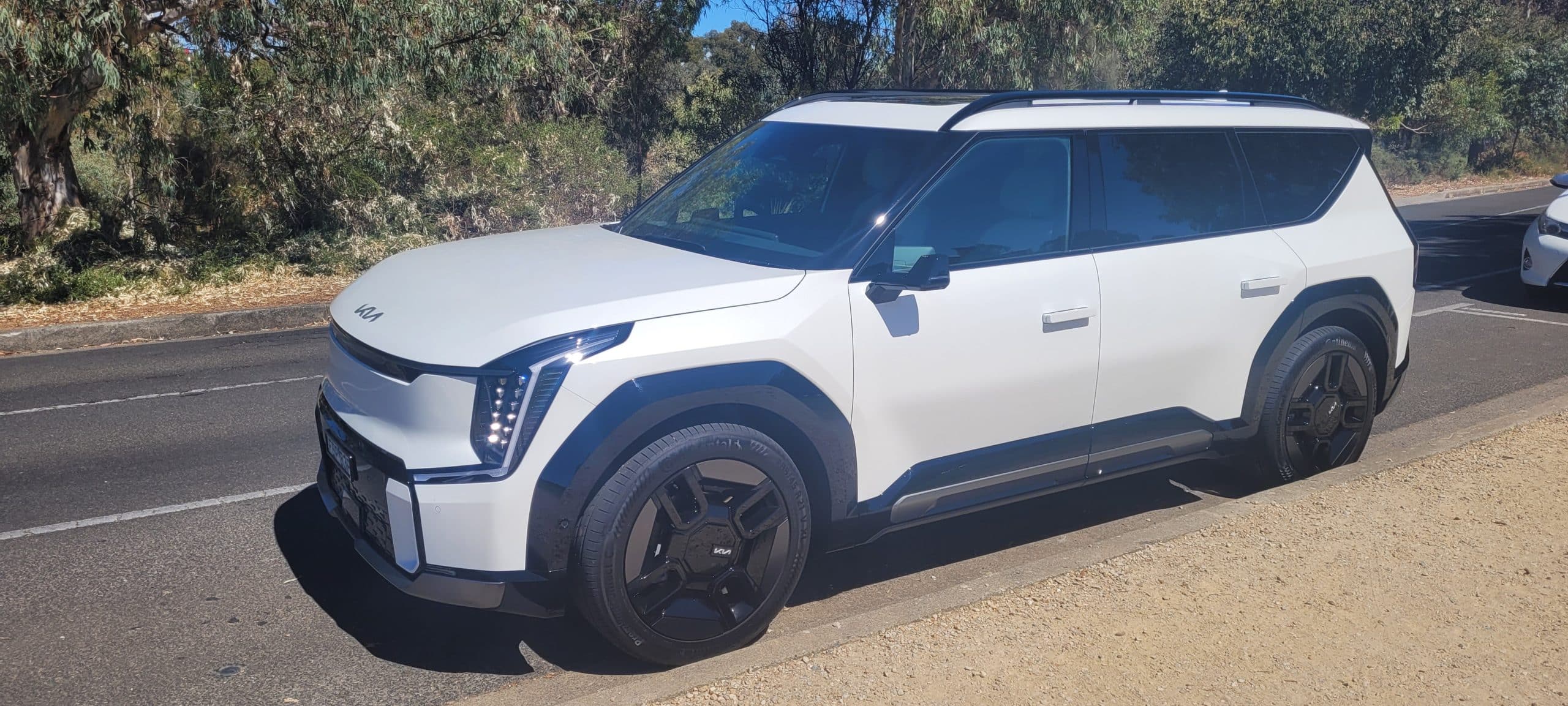
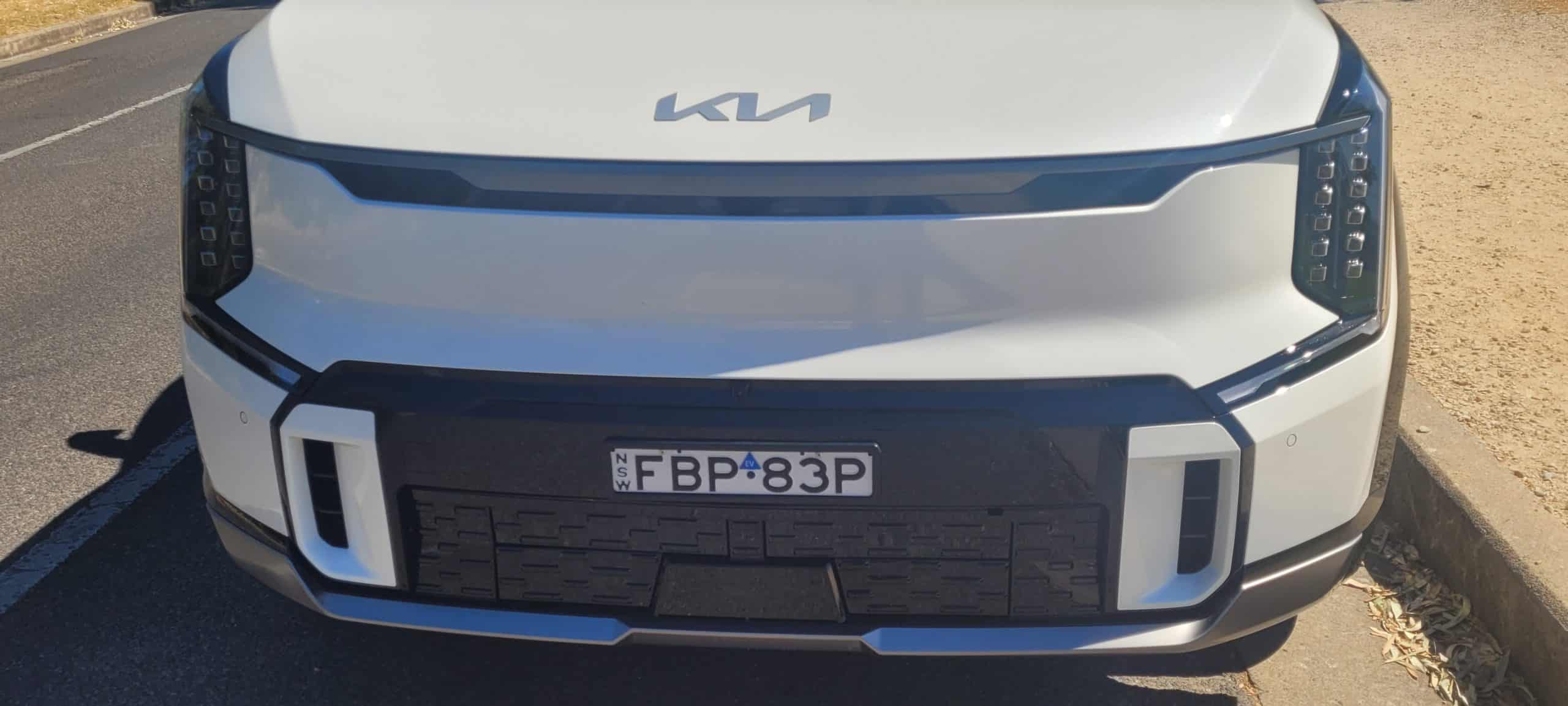
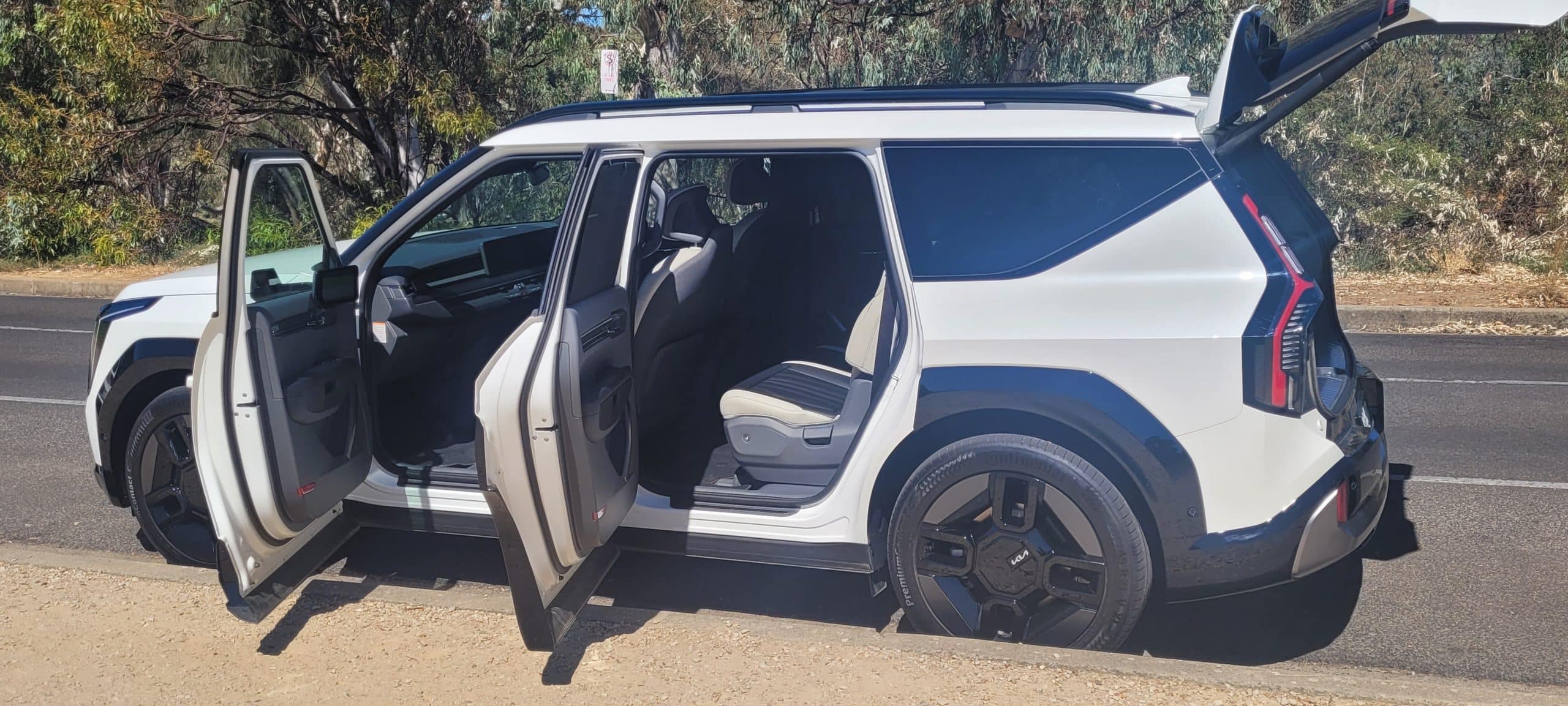
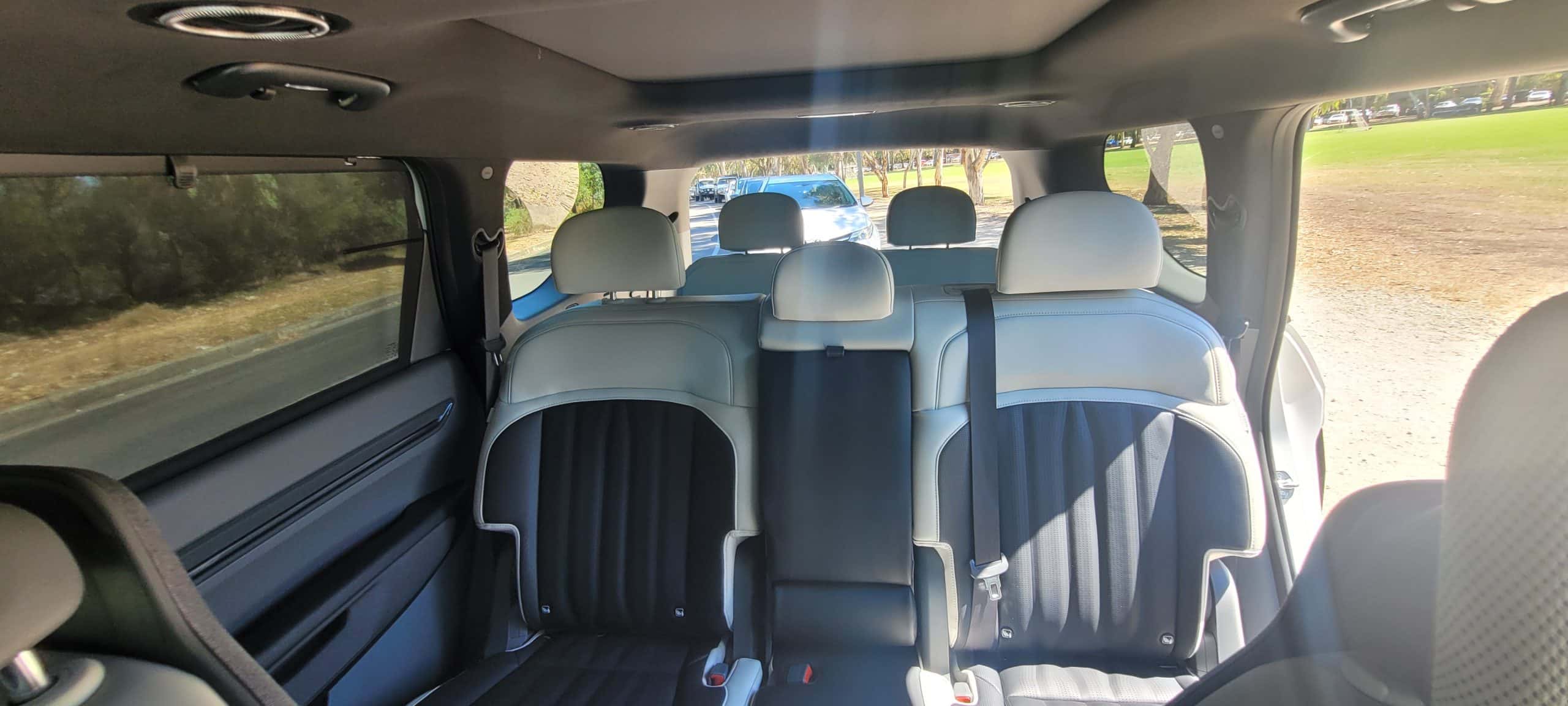
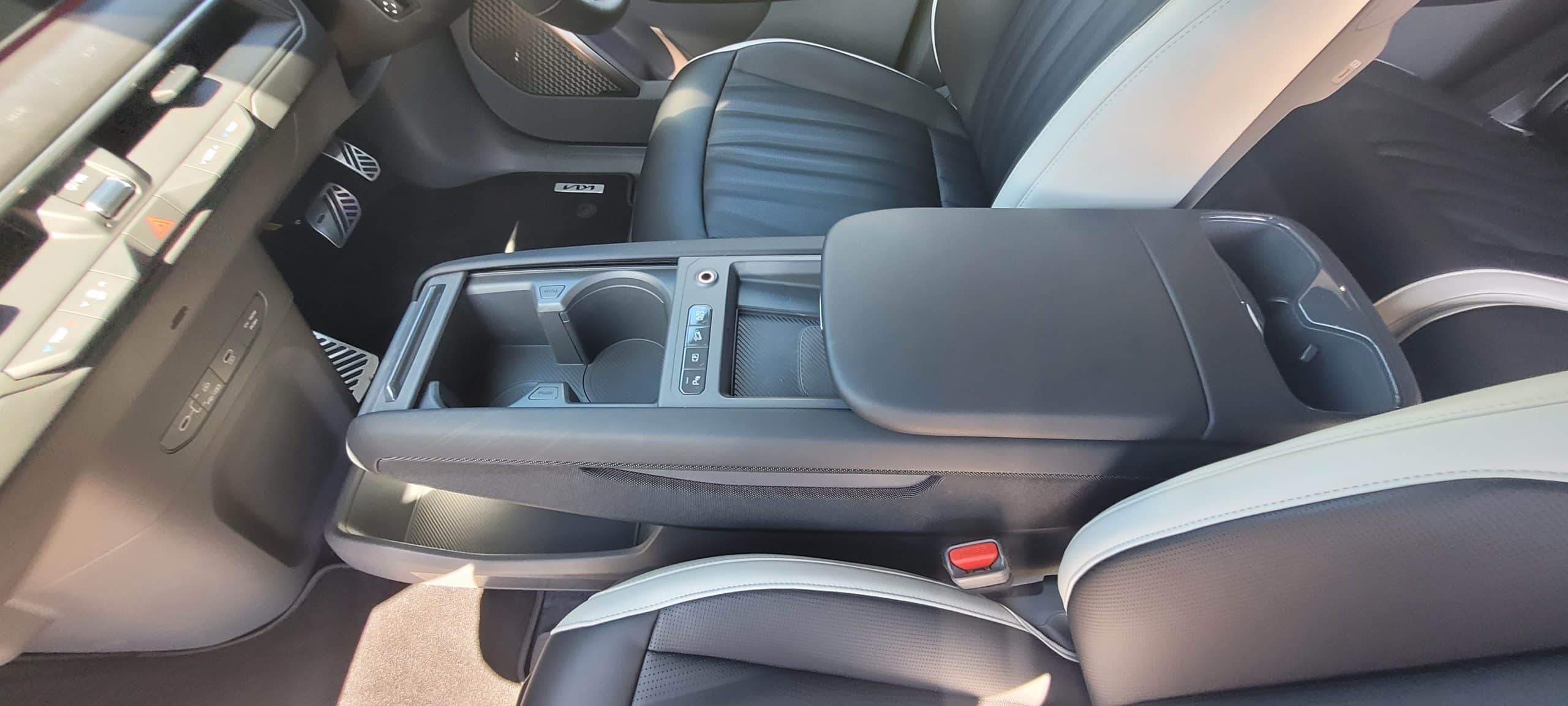
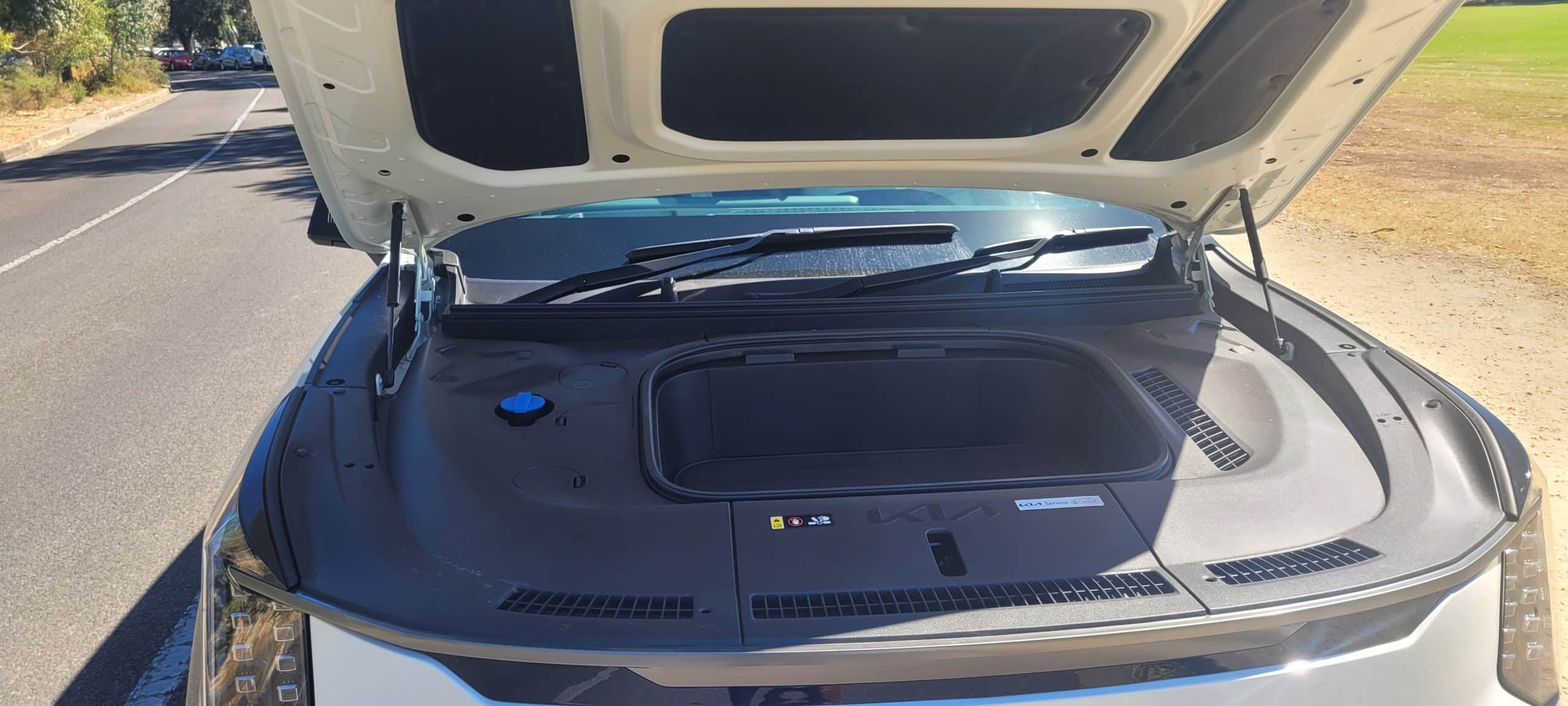
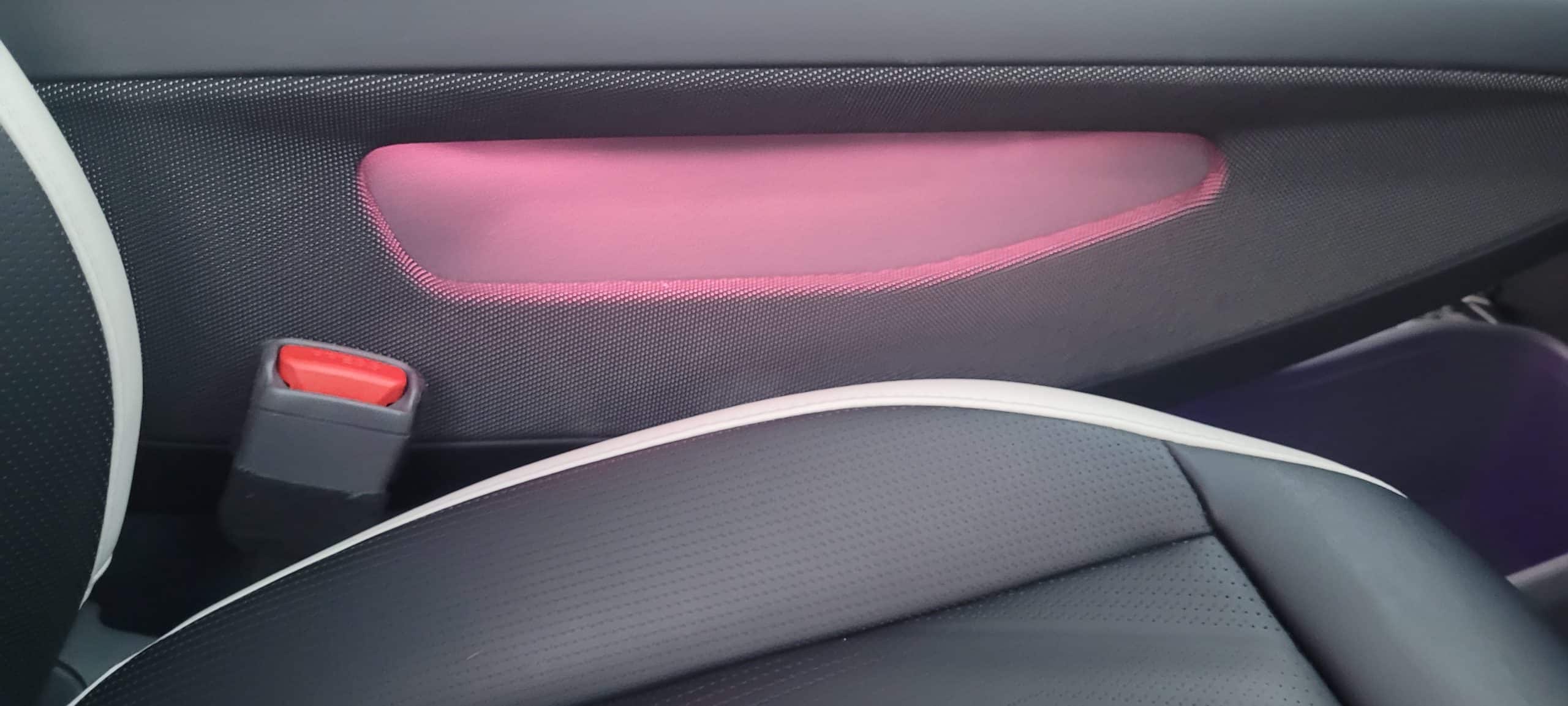
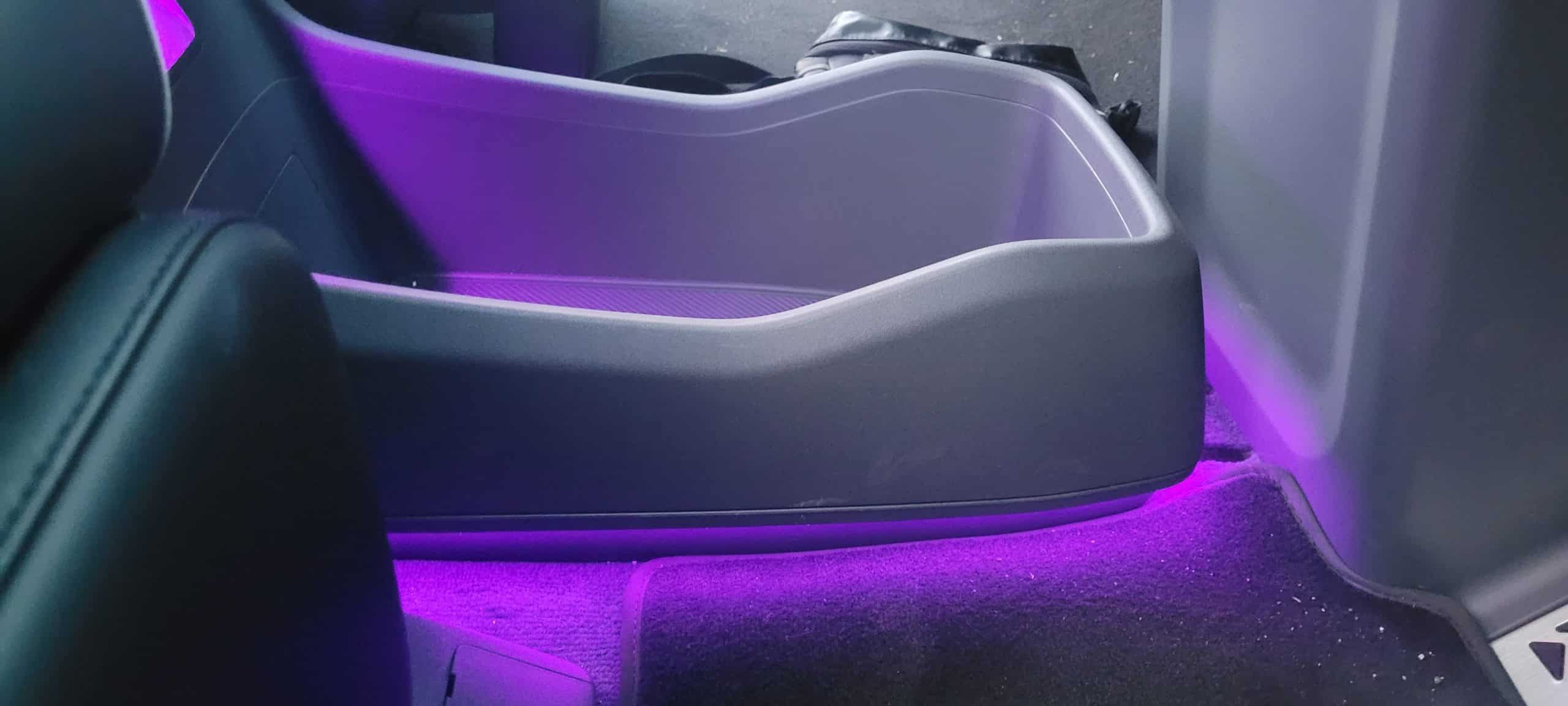
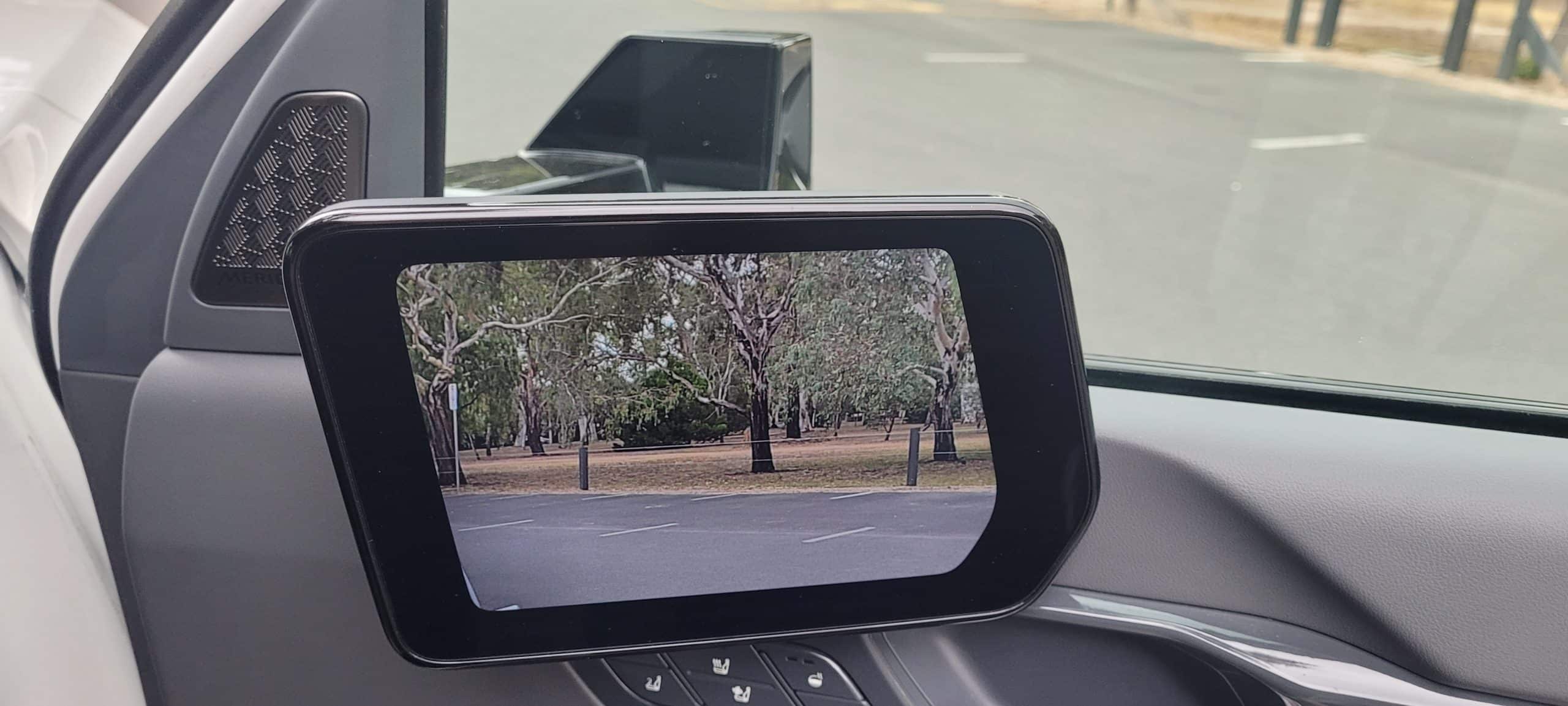
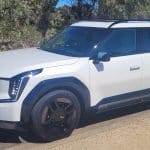
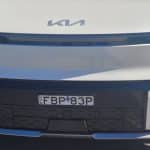


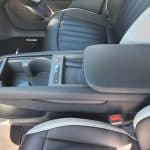
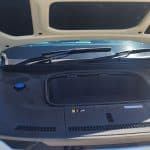


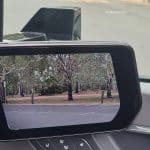
Genesis GV60
Test-driven: 1-8 March 2023, by Adrian Edlington
“I drove the top-spec Genesis GV60 lime-green space-ship for a full week in 2023. Fair to say it's a very unique vehicle that will earn as many fans as detractors - though that's kind of the point. It aims and succeeds at being progressive and bold.
The GV60 has the most futuristic and lux interior of any EV I've driven, though borders on gimmicky in some ways (see the purple glowing drive selector knob that turns over like a magic-ball every time you start it up, or the camera side-mirrors that will cost $3k each to replace).
The pick-up and handling on the drive up Gorge Road from Adelaide was impressive: it hugs the road and always felt like it would be happy going much, much faster. The steering-wheel-mounted boost button makes it formidable. You can drag super bikes off at the lights and leave them in your dust.
If you're happy parting with over $115k for an EV and want something with personality, the GV60 may be right for you, though keep in mind the cream interior won't mix well with food, drinks, kids or pets."
- Minimum and maximum price: from $106,375 to $114,000
- Battery capacity: 77.4kWh
- Maximum power: 360kW (with boost on GV60 Performance AWD)/700Nm
- 11kW charge time (0% to 100%): approx. minimum 7 hours
- 50kW charge time (10% to 80%): approx. minimum 73 mins
- Range: up to 470km (GV60 AWD)
Luxury carmaker Genesis’ first foray into a dedicated EV model was the GV60, which hit the market in 2023. With a starting price of $106,375 for the base model and the second variant, the Performance AWD, starting at $113,375, it’s yet another step up from the other SUVs in the list in terms of cost.
As mentioned, it’s constructed using the same platform as the previous two models on this list, the Ioniq 5 and EV6, and also comes with the same battery power (77.4kWh) as the models from its parent and sister company, respectively.
However, when buying a luxury SUV, you’ll want to know two main things: how it drives and the features it can offer you. Fortunately, the GV60 is a balanced vehicle which offers superb ride quality and packs a powerful punch with up to 360kW of power (if you use the boost on the Performance AWD) and 700Nm of torque.
It doesn’t scrimp on the tech, either. The GV60 comes with Face Connect for unlocking the car, as well as fingerprint recognition start, while it also boasts 12.3-inch displays for a Digital Instrument Cluster and an HD Multimedia touchscreen display. All models additionally come with a 17-speaker Bang & Olufsen sound system and a vision panoramic roof.
Despite only having been on our shores for a very short time, the GV60 is bound to leave an impression on you if you get the chance to take it for a spin, though the price range will put it out of reach for the average Australian.
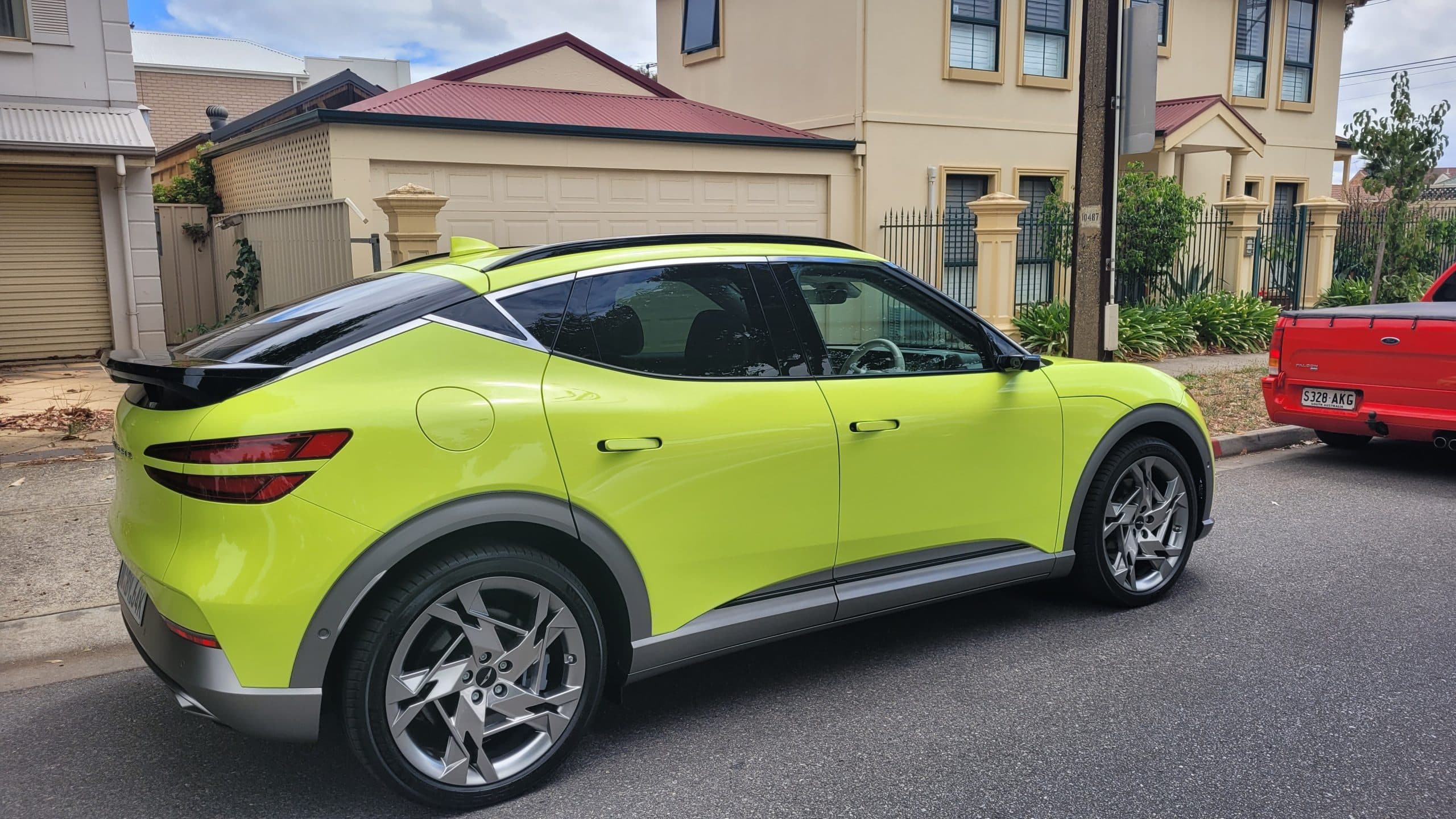
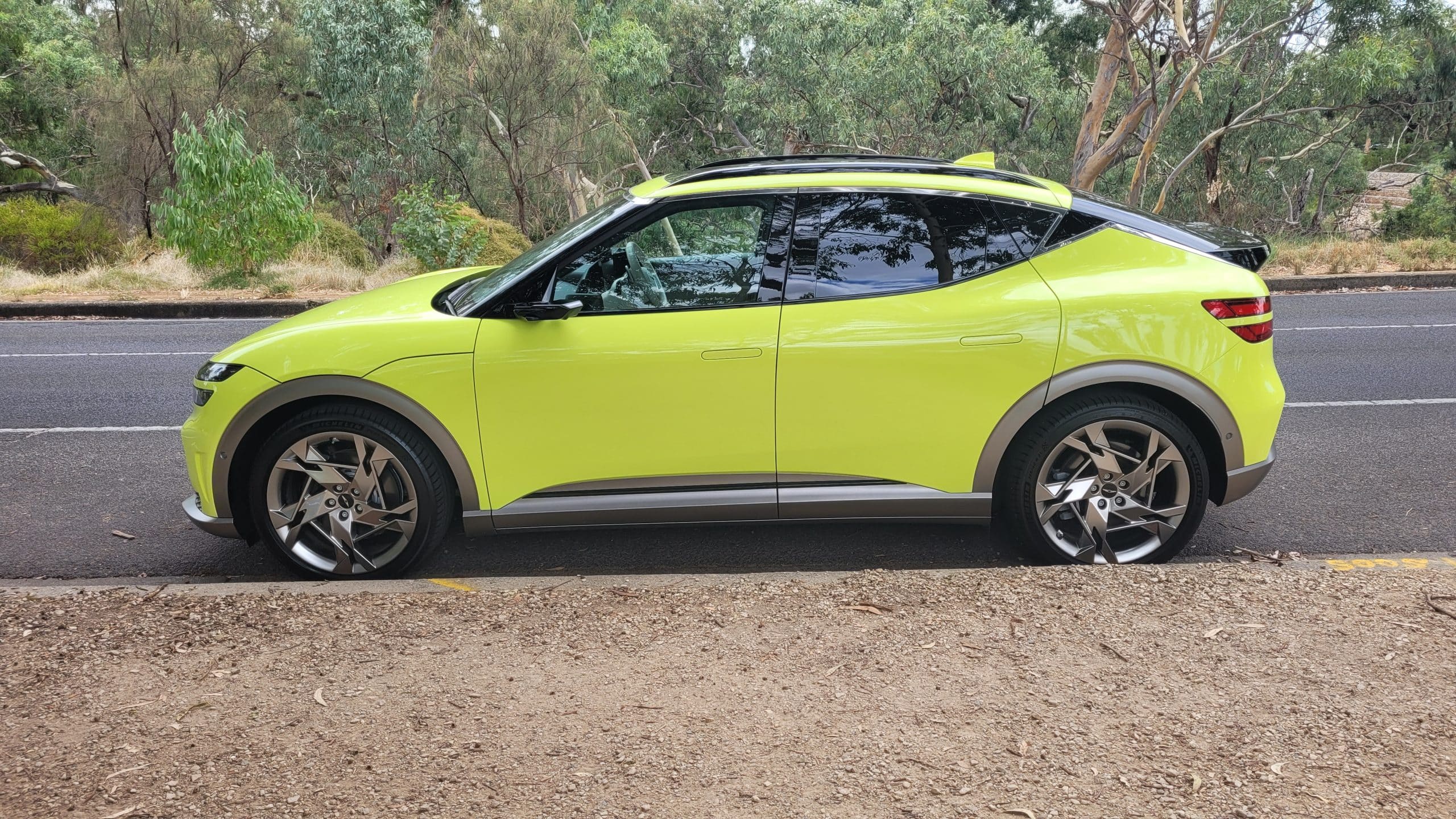
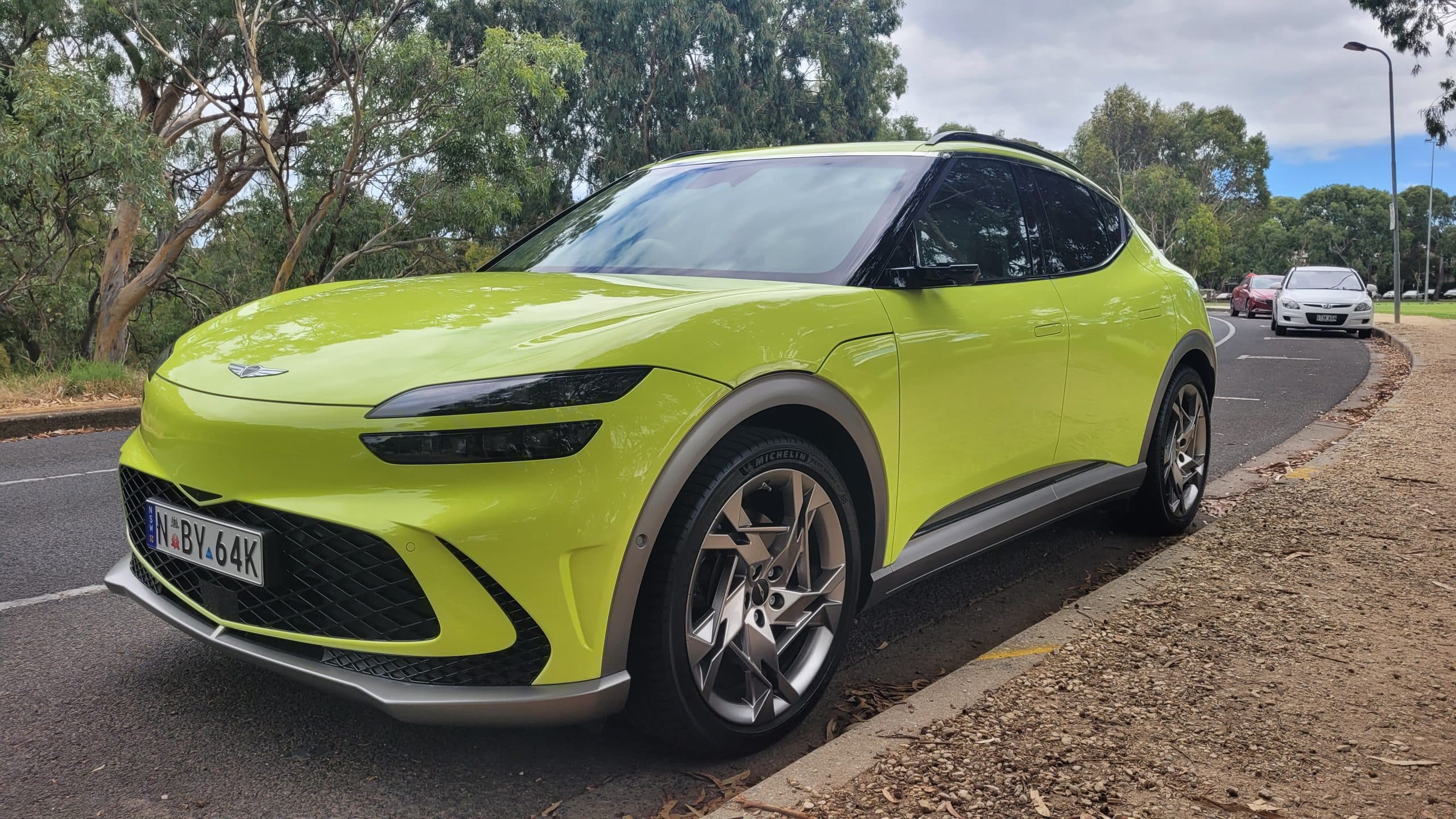
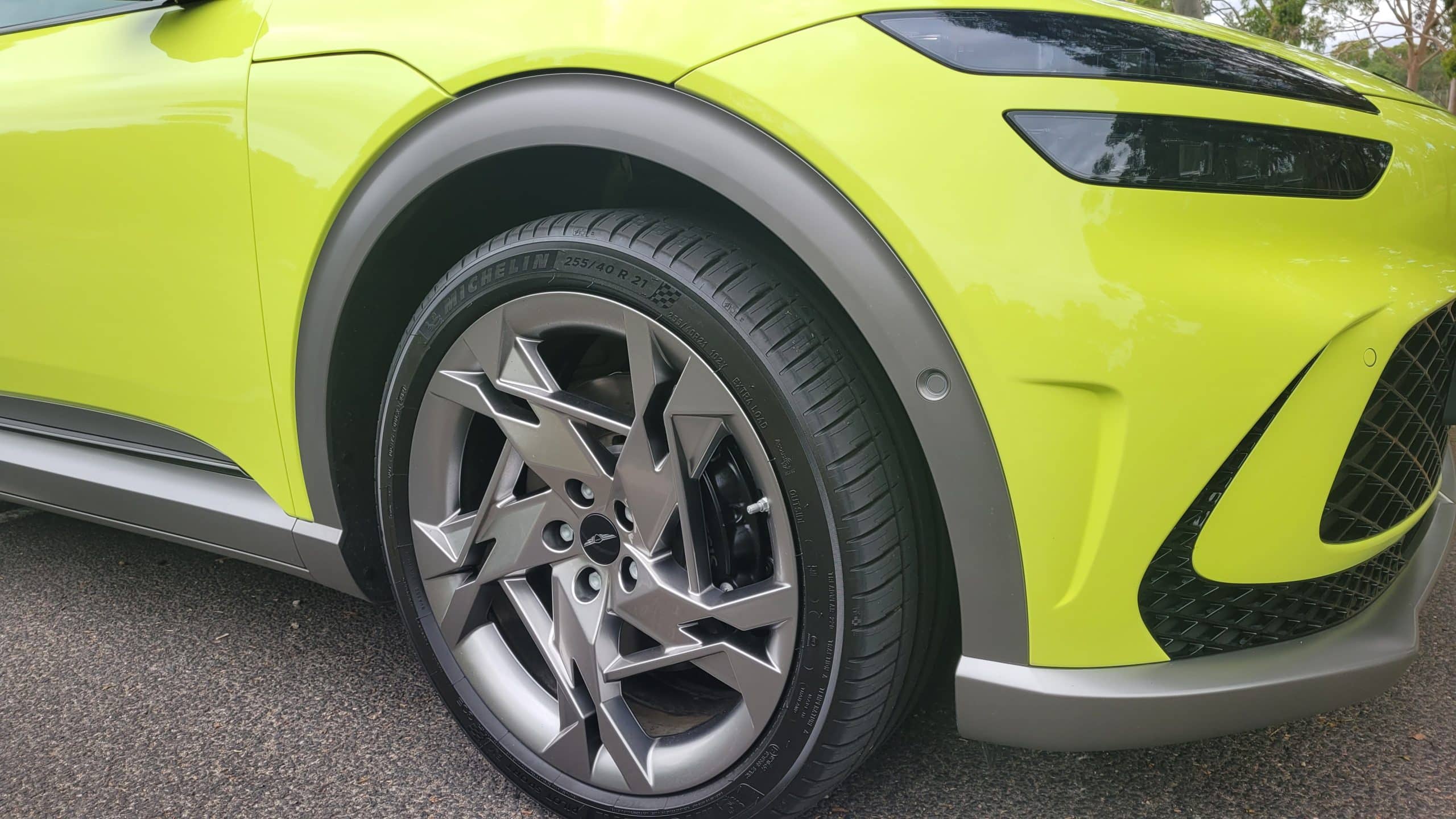
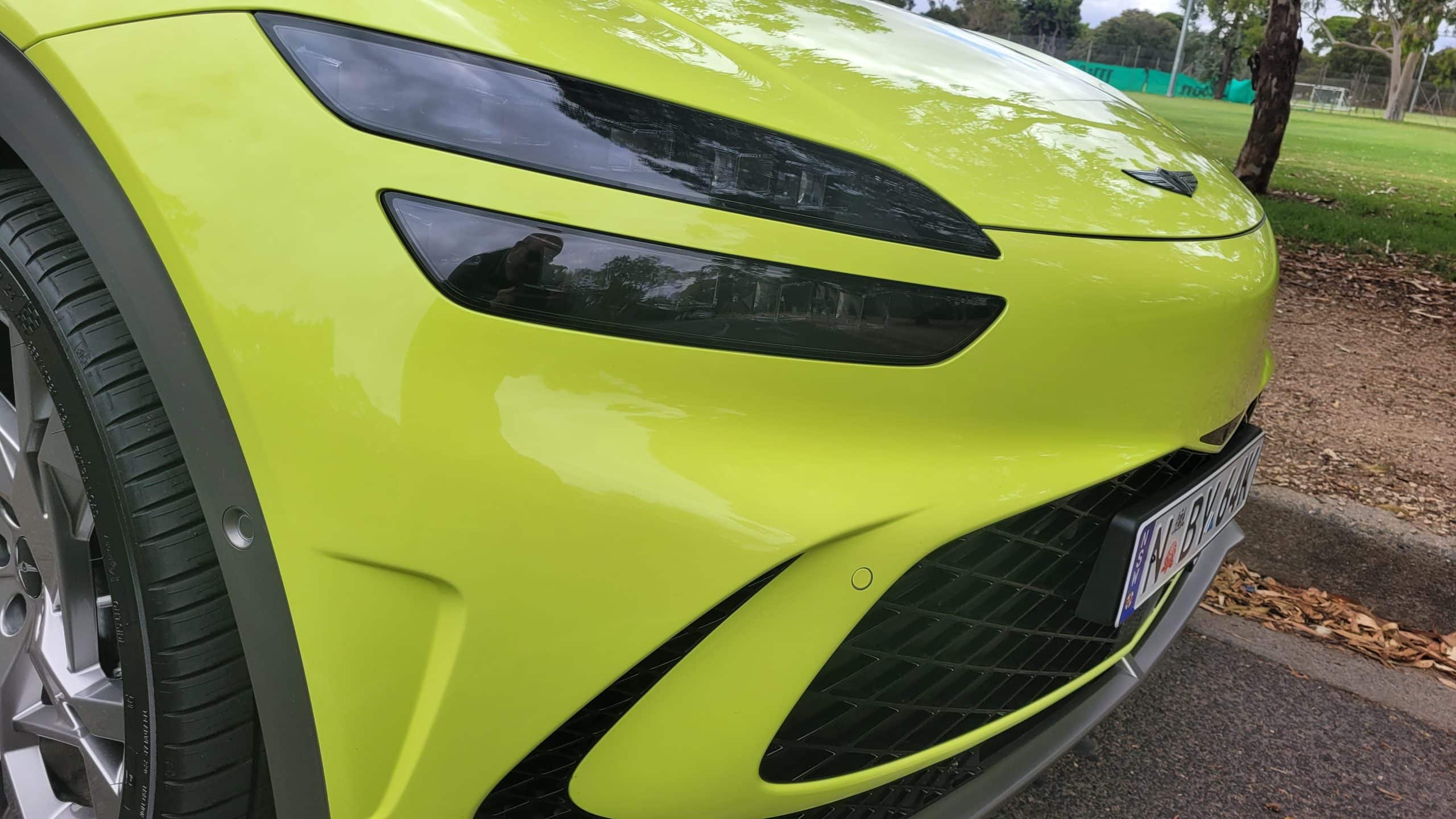
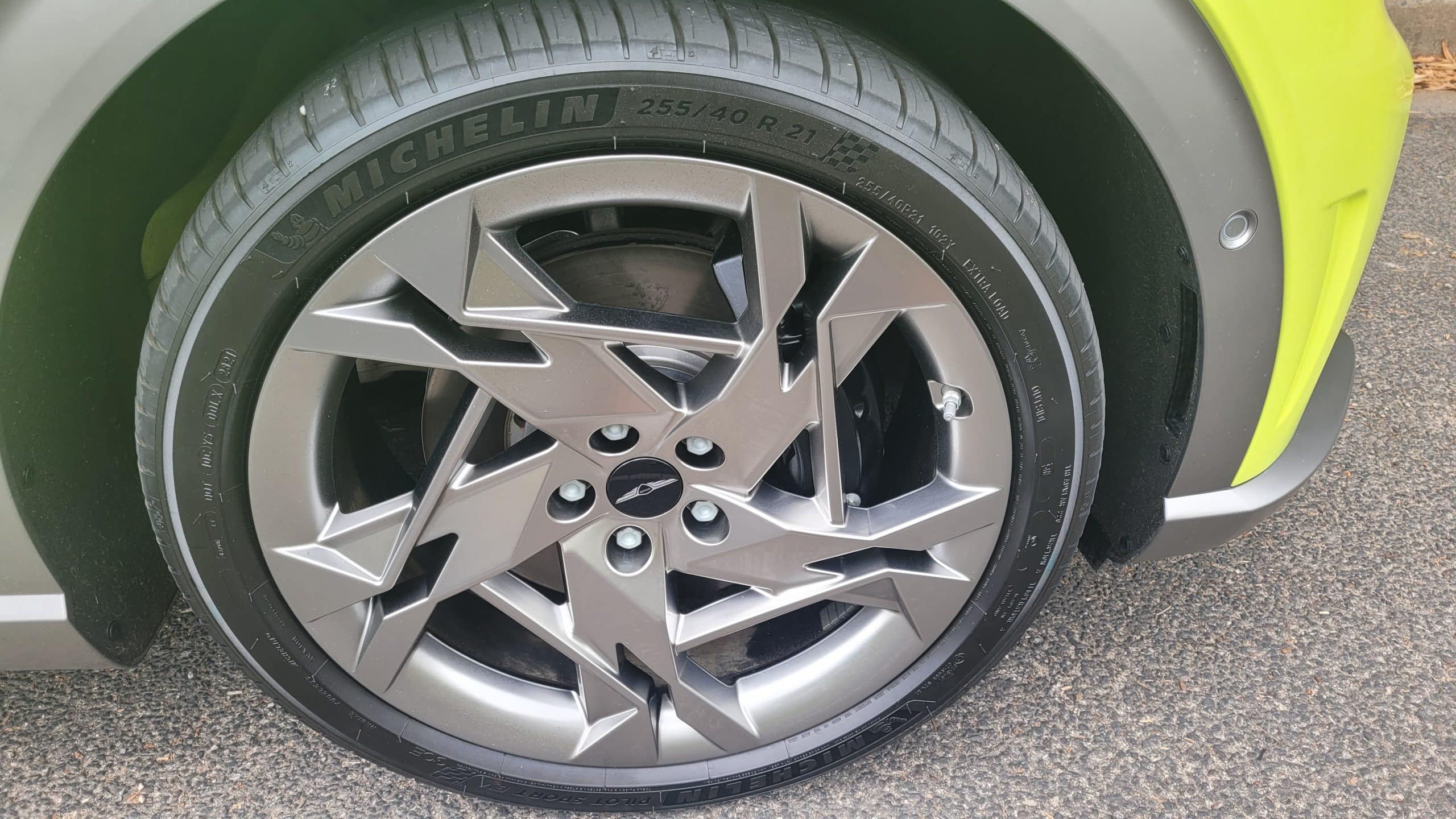
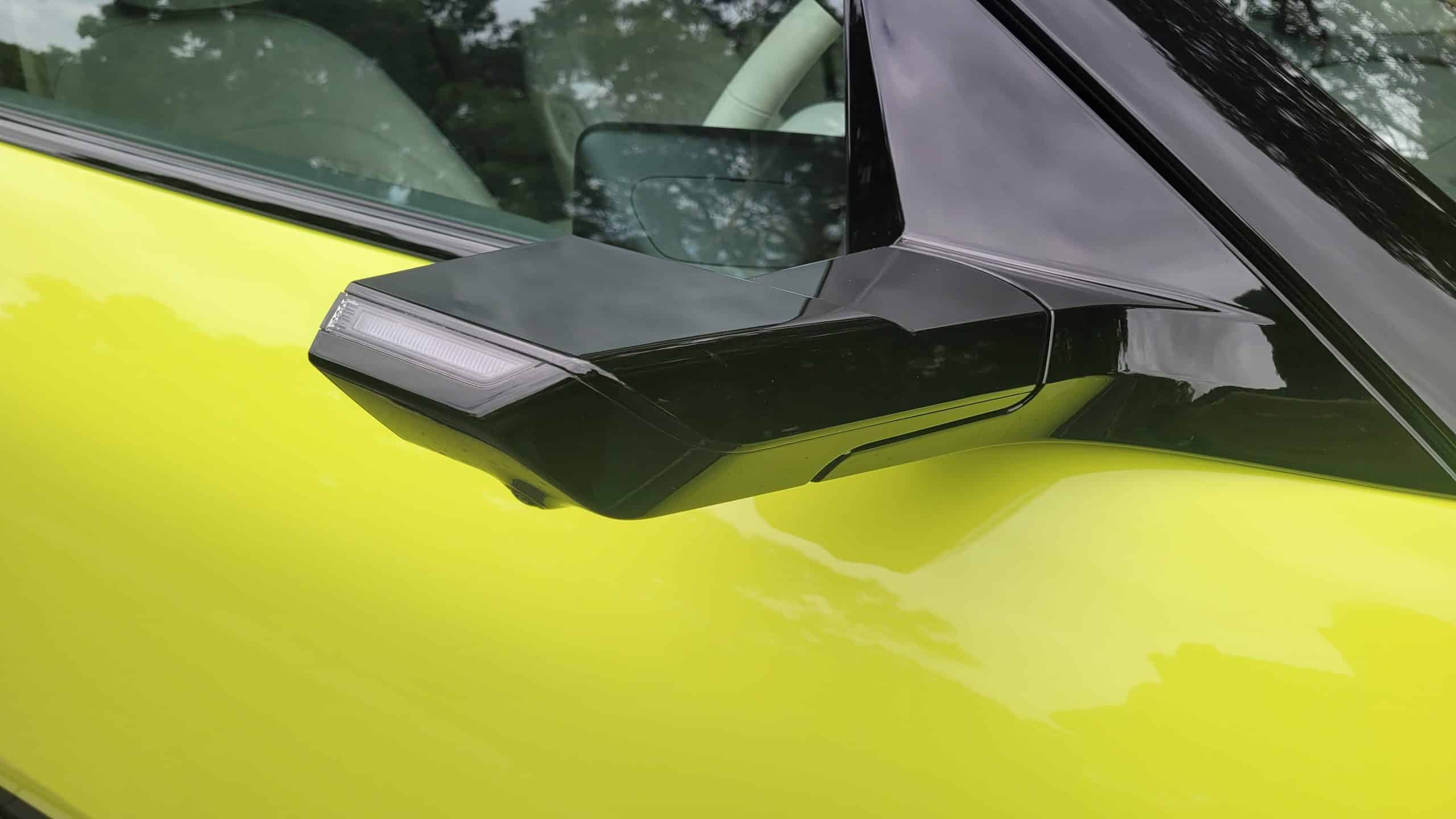
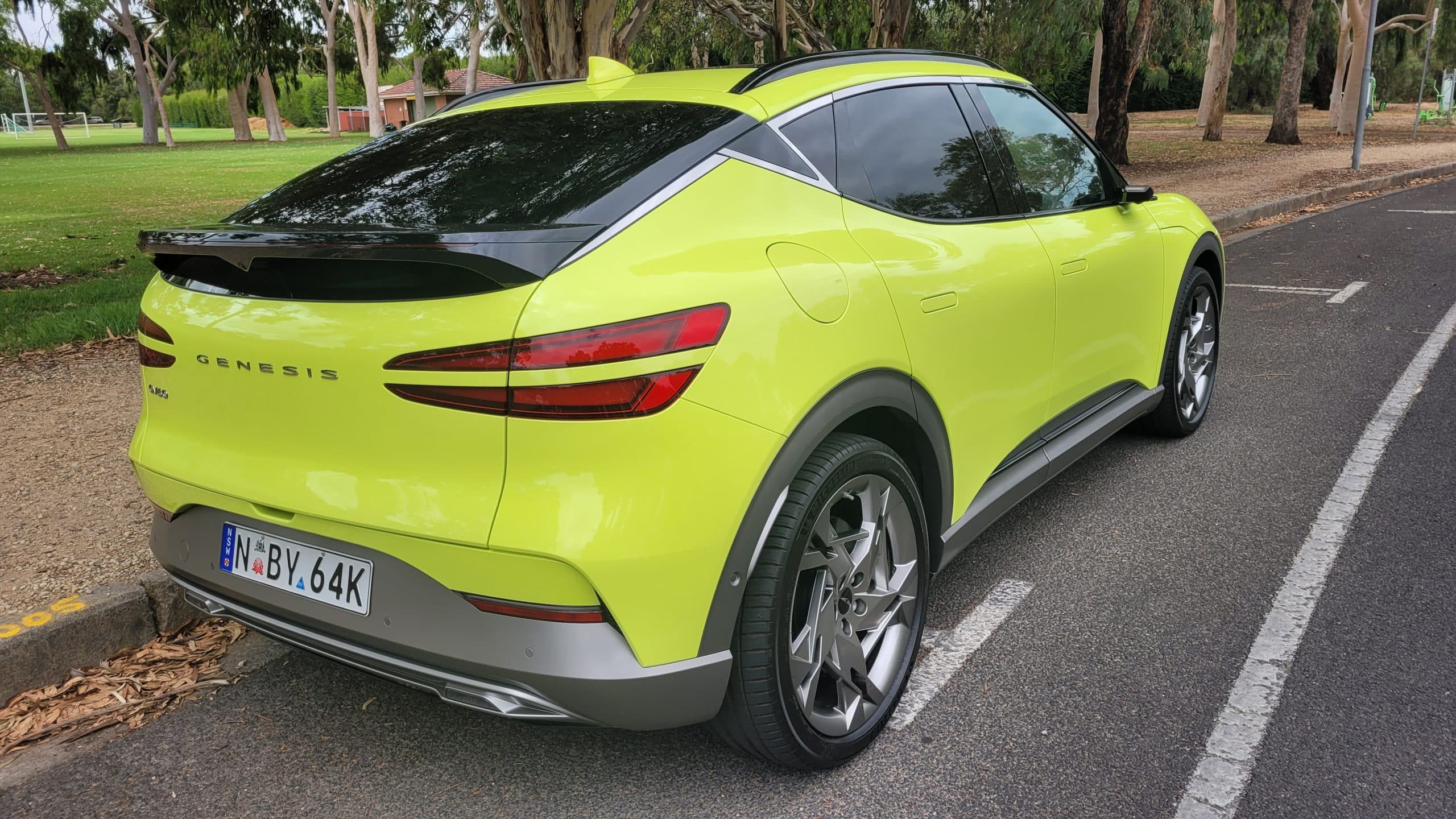
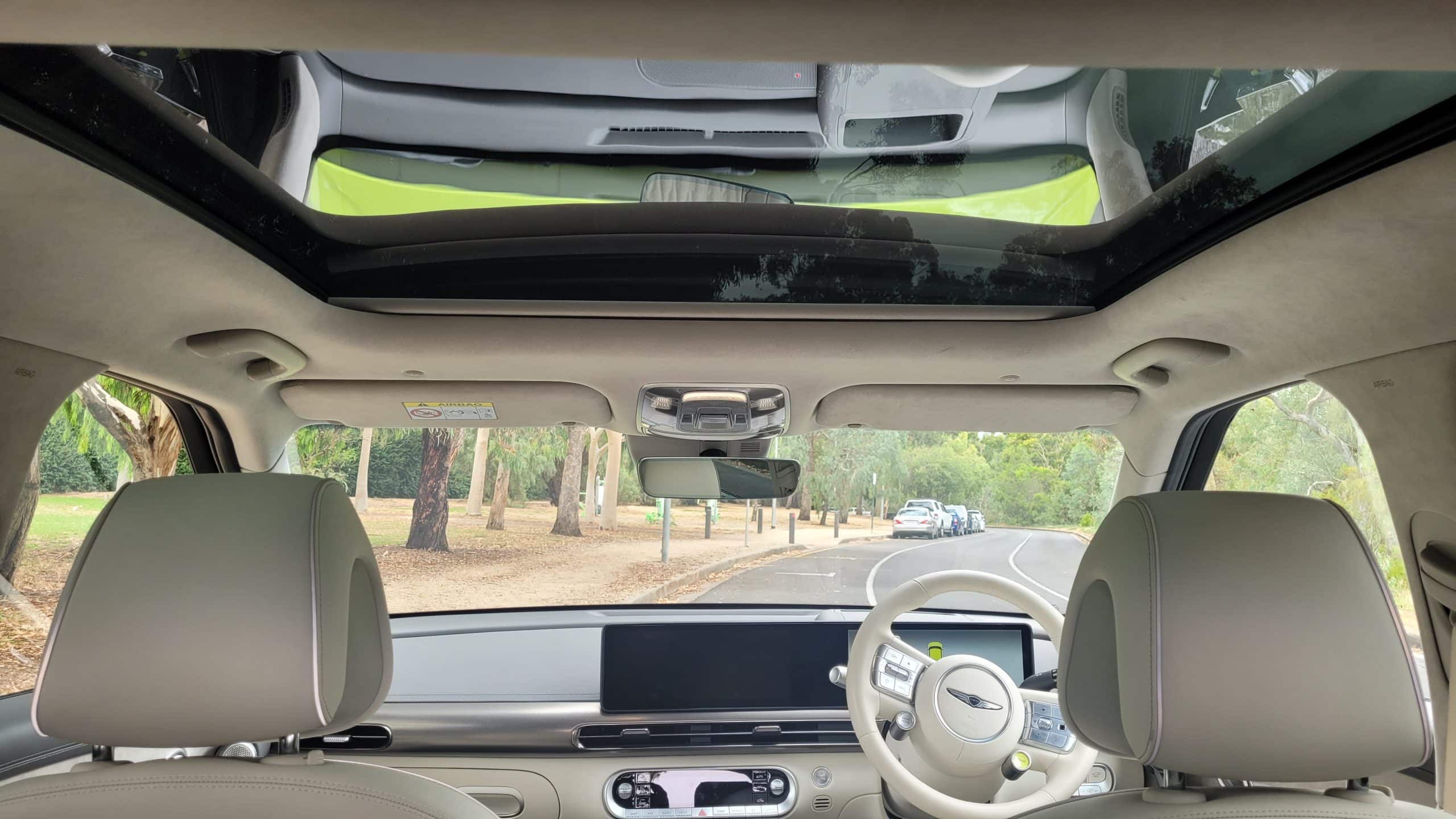
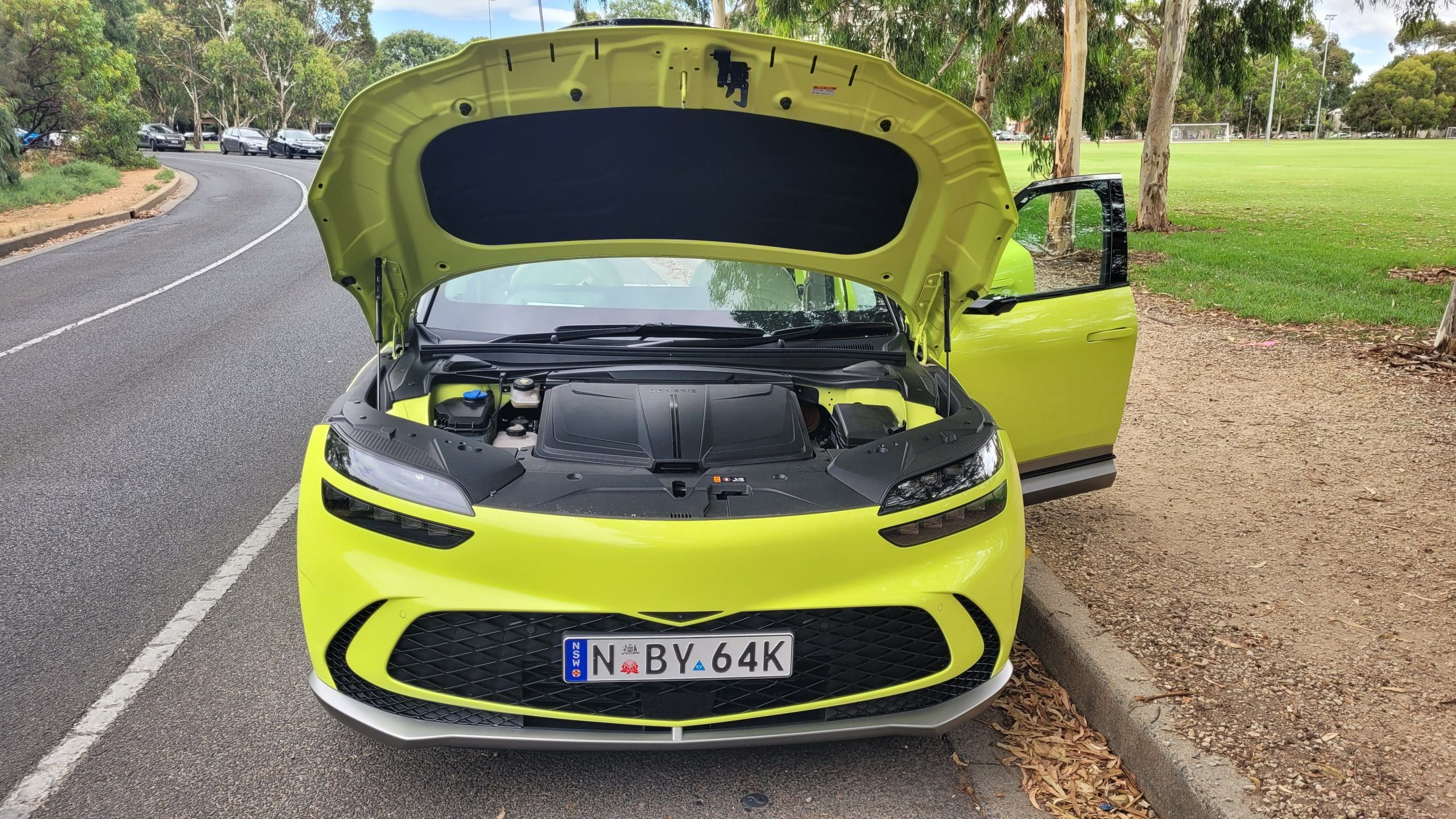
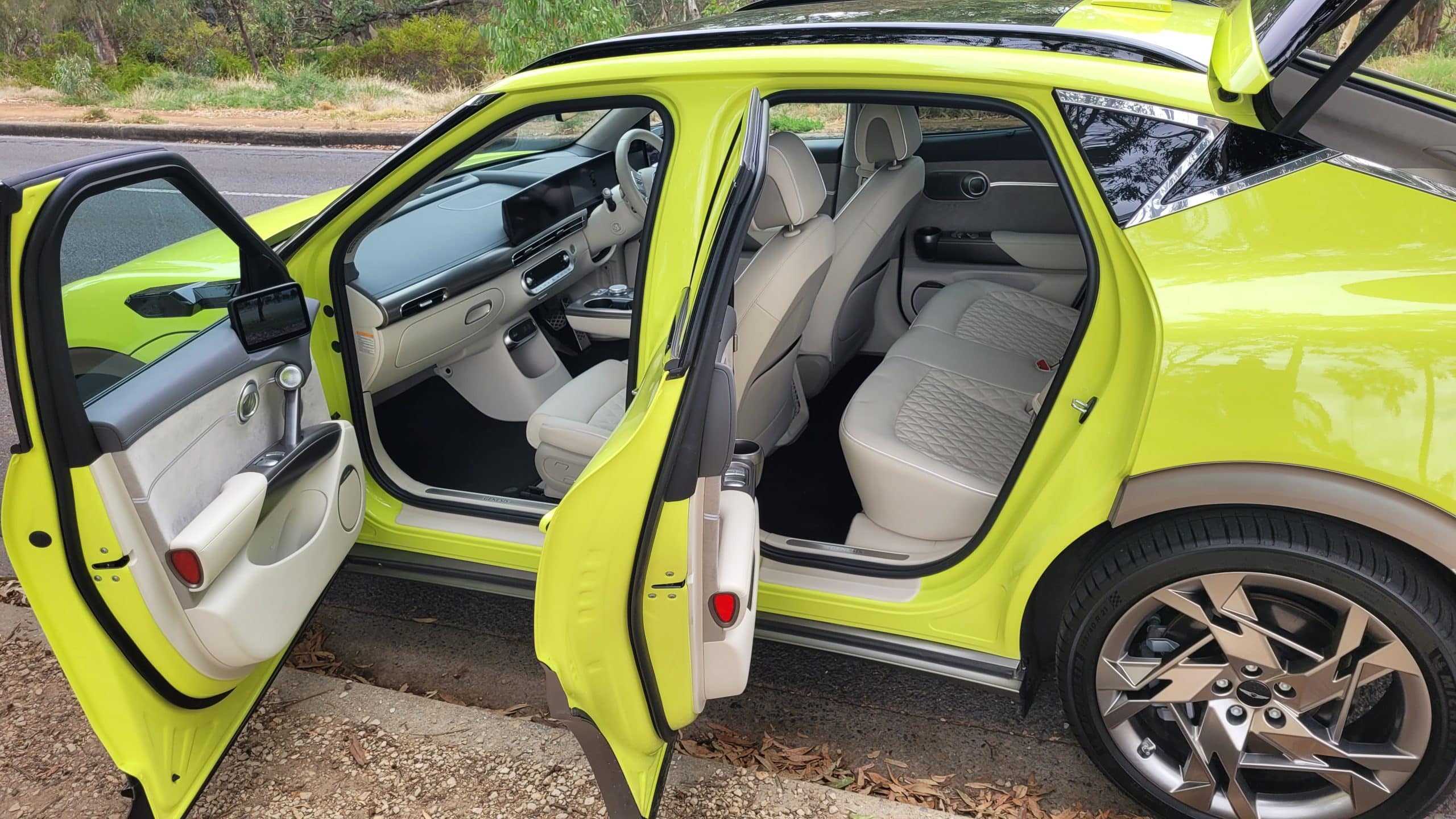
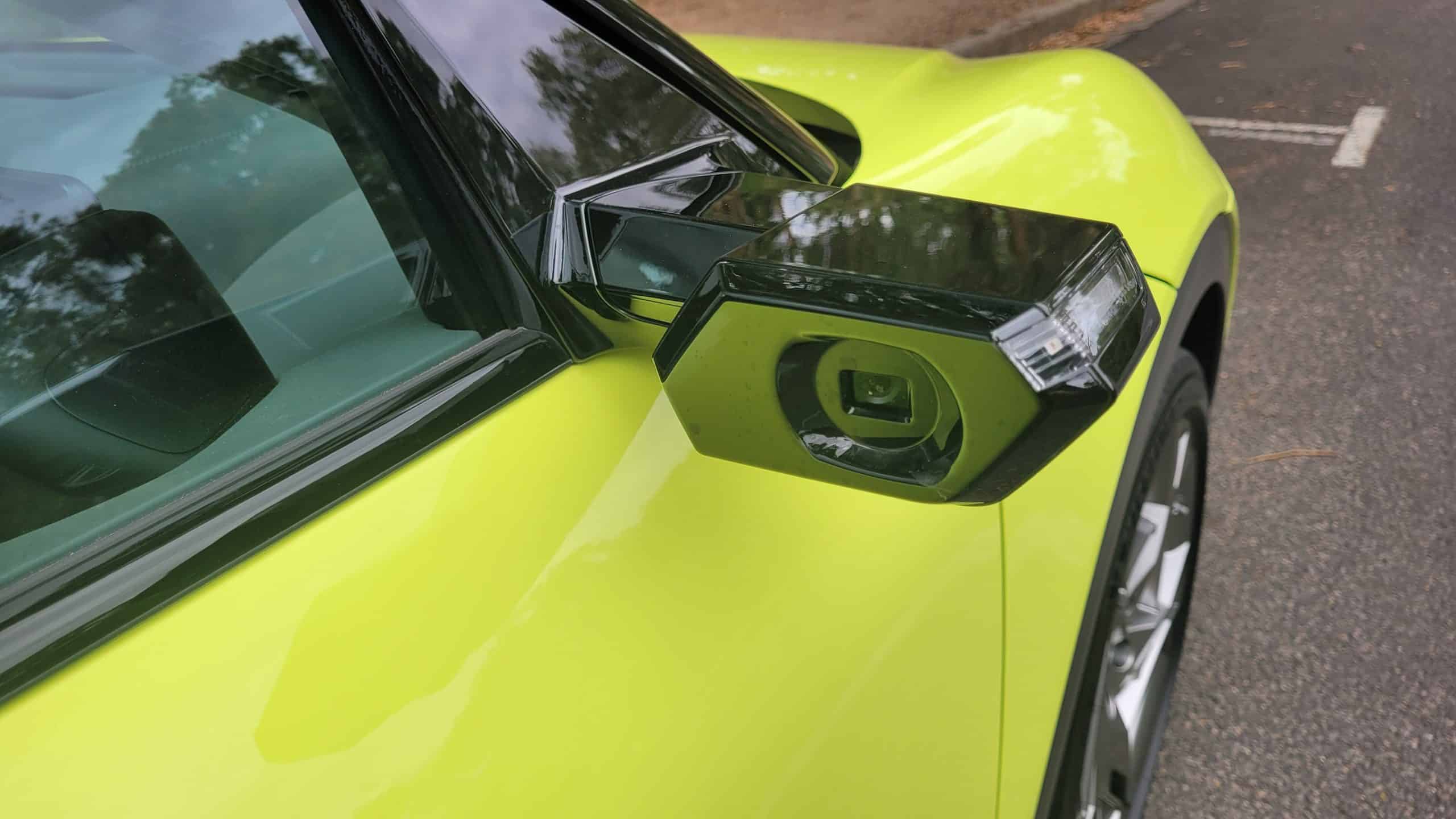
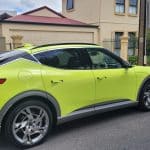
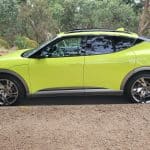
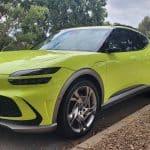
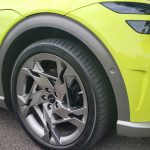


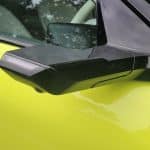
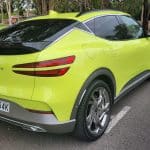
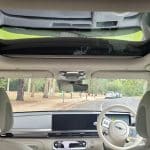
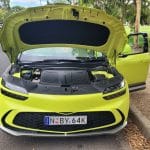
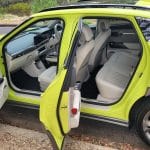
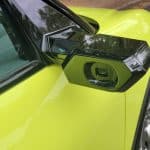
Electric hatches
BYD Dolphin
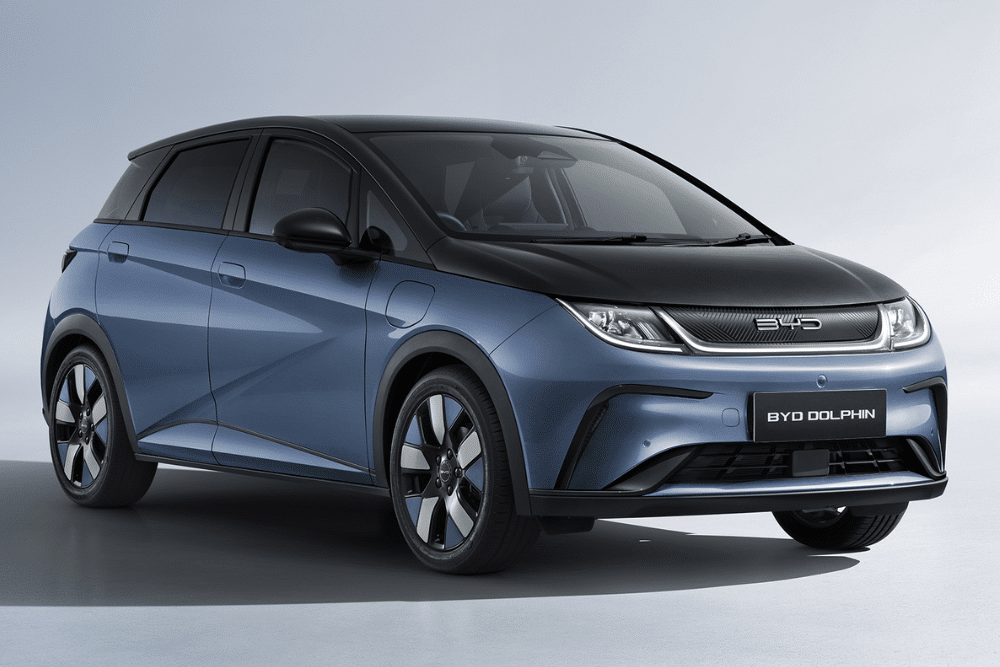
- Minimum and maximum price: from $38,890 to $44,890
- Battery capacity: 44.9kWh to 60.5kWh
- Maximum power: 150kW/310Nm
- 7kw charge time (0% to 100%): approx. minimum 8 hours 38 mins
- 50kW fast charge time (10% to 80%): approx. minimum 63 mins
- Range: up to 427km (Dolphin Premium)
The Dolphin from BYD currently holds the title as the cheapest non-commercial vehicle in Australia, coming in at a starting price of just $38,890 for its base Dynamic model and $44,890 for the Premium variant. Although it was a late arrival to our shores, only four models sold more in the fourth quarter of 2023 than the Dolphin: Tesla’s Model Y and Model 3, the MG4 and BYD’s SUV, the Atto 3.
The Dolphin Dynamic doesn’t come with very much power at all, with its 44.9kWh battery capable of outputs of only 70kW and 180Nm of torque. However, the Premium more than doubles this power, with its 60.5kWh battery able to produce up to 150kW and 310Nm of torque, as well as an improved range of 427km compared to 340km.
Despite the low price tag, the Dolphin still comes with a range of useful safety features, including a 360° view monitor, Traffic Sign Recognition (TSR), Lane Departure Prevention (LDP), Front Cross Traffic Brake (FCTB) and Rear Cross Traffic Brake (RCTB) and more. It also comes with a 12.8-inch intelligent rotating touch screen like the Atto 3, helping ensure a comfortable ride that punches above its weight.
MG MG4
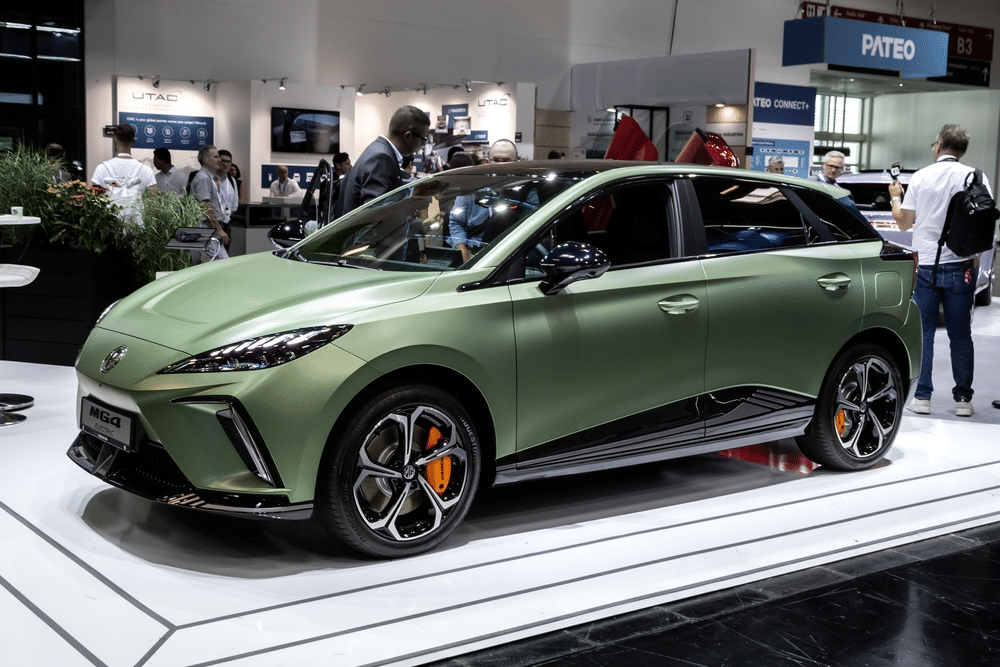
- Minimum and maximum price: from $39,990 to $59,990
- Battery capacity: 51kWh to 77kWh
- Maximum power: 180kW/350Nm
- 11kw charge time (0% to 100%): approx. minimum 7 hours
- 50kW fast charge time (10% to 80%): approx. minimum 40 mins
- Range: up to 530km (MG4 Long Range 77)
Another MG EV under $40,000 is the MG4, which comes in at the same starting price as the ZS EV ($39,990). This hatchback offers an impressive package for its price, giving you plenty to think about if you’re shopping in the budget EV space.
It’s proven to be popular among the Australian market, as it ended 2023 as the fourth best-selling EV (3,134) despite registering no sales in the first half of the year.
There are four variants currently available for the MG4, with each of their names referring to the battery capacity: the Excite 51 (from $39,990), the Excite 64 (from $40,990), the Essence 64 (from $46,990) and the Long Range 77 (from $52,990).
Like the ZS EV, models are equipped with MG Pilot, with the full suite of inclusions available for the Essence 64 and Long Range 77. Some of these exclusive features include:
- Blind Spot Detection
- Rear Cross Traffic Alert
- Emergency Lane Keep Assist
- Lane Change Assist
With tight handling and several additional features, including a 10.25-inch Multi-function Colour Touch Screen, Apple CarPlay and Android Auto (both wired), the MG4 packs plenty of punch for its price point.
GWM Ora
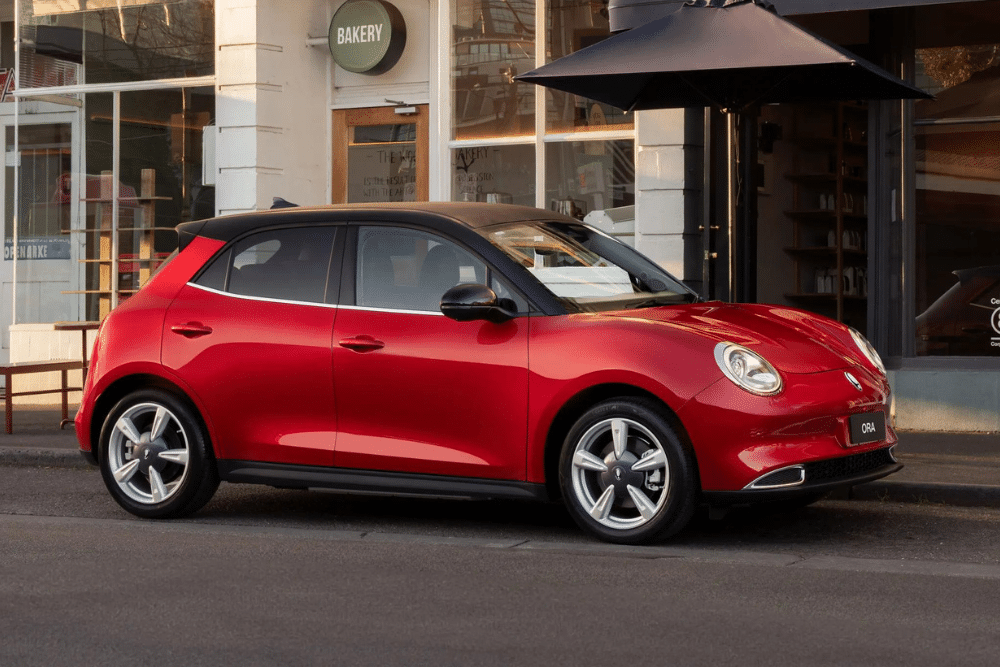
- Minimum and maximum price: from $39,990 to $51,990
- Battery capacity: 48kWh to 63kWh
- Maximum power: 126kW/250Nm
11kw charge time (10% to 80%): approx. minimum 5 hours 30 mins - 80kW fast charge time (10% to 80%): approx. minimum 41 mins
- Range: up to 420km (GWM Ora Extended Range & Ultra Extended Range)
Coming in at the same starting price as the MG4 is the GWM Ora, another affordable Chinese-manufactured hatch for Australian budget shoppers to consider. The Ora Standard Range begins at $39,990, followed by the Extended Range (from $45,990), Ultra (from $48,990) and GT (from $51,990).
In terms of its design, the Ora undoubtedly shares some key elements with some world-famous hatchbacks, with its exterior not looking entirely out of place among a Beetle or Mini Cooper lineup. It’s worth noting that the design takes on a more sportscar-like feel for the GT, but the actual performance of the vehicle is more or less the same as the other Extended Range models.
With a 10.25-inch instrument cluster and a colour infotainment touchscreen of the same size, as well as Apple CarPlay (but not Android Auto) and Bluetooth connectivity, the Ora isn’t jam-packed with entertainment features, but does come with a range of safety technologies, with all variants including the following:
- 360 Degree Monitoring System
- Intelligent Adaptive Cruise Control (IACC)
- Rear Crossing Traffic Alert (RCTA)
- Lane Departure Warning (LDW) and Lane Keeping Assist (LKA)
- Driver Drowsiness Detection
All up, the Ora from GWM presents a competitive package for an all-electric vehicle on a budget and could be a great choice for comfortable city driving.
Nissan Leaf
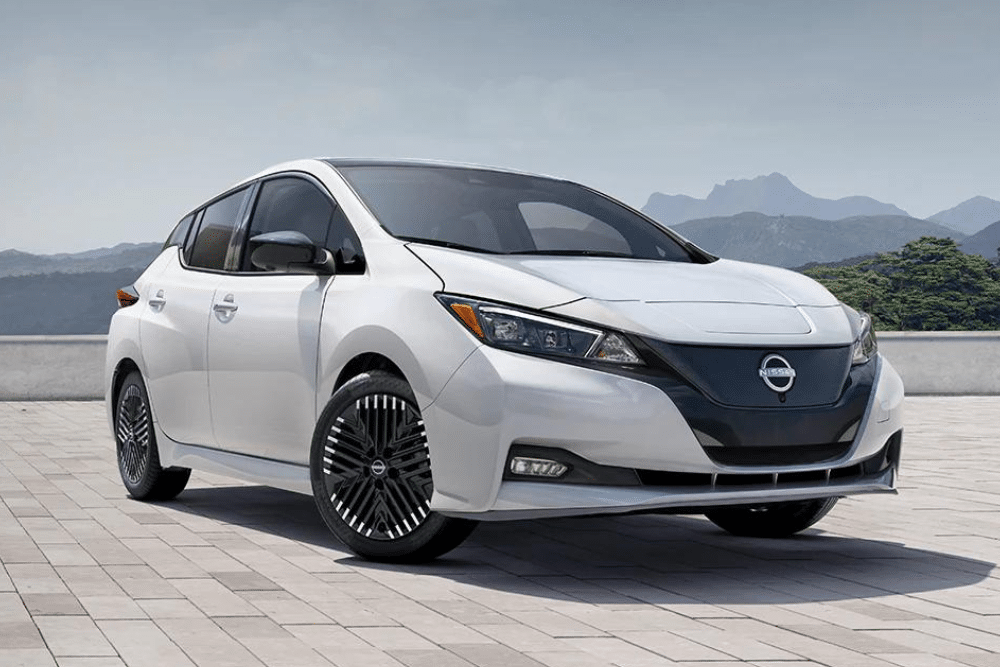
- Minimum and maximum price: from $50,990 to $61,490
- Battery capacity: 40kWh to 62kWh
- Maximum power: 160kW/340Nm
- 6kw charge time (empty warning to 100%): approx. minimum 7.5 hours
- 50kW fast charge time (20% to 80%): approx. minimum 60 mins
- Range: up to 385km (Leaf e+)
Taking a step up in purchase price is the Nissan Leaf, which retails from $50,990 for the base model and from $61,490 for the e+ variant. The Leaf was a trendsetter in Australia, going on the market back in 2012, which was well before the boom in EVs we’re experiencing today.
What is immediately noticeable when reviewing its stats is that the Leaf’s base model comes with a small battery of just 40kWh (39kWh usable), maximum power of 110kW, maximum torque of 320 and an indicative driving range of 270km. This positions it lower than all other cars on this list to date.
The displays are also smaller, with a 7.0-inch TFT instrument cluster and 8.0-inch touchscreen display, but it comes with Apple CarPlay, Android Auto, digital radio and Bluetooth streaming, as well as a seven-speaker Bose sound system. The safety features are also the same across the board, including the following:
- Intelligent Around View Monitor with Moving Object Detection
- Intelligent Emergency Braking with pedestrian detection
- Blind Spot Warning
- Intelligent Lane Intervention
- Traffic Sign Recognition
There’s no doubt the Leaf has plenty to offer drivers, but it’s worth considering whether the extra $10,000 investment is worth it ahead of some of the other reliable budget options.
Cupra Born
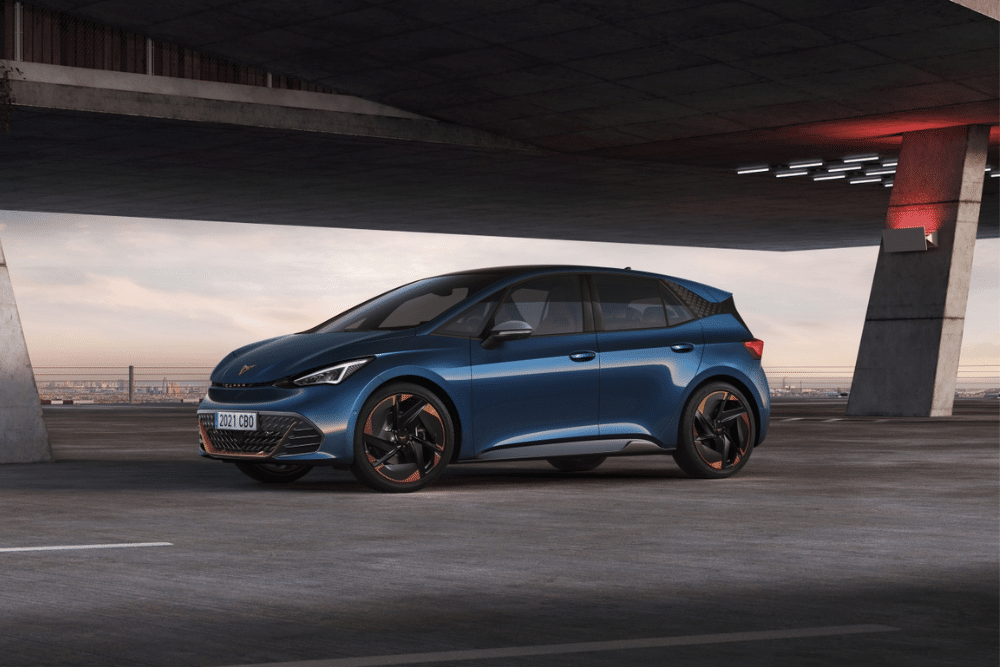
- Minimum and maximum price: from $59,990
- Battery capacity: 82kWh
- Maximum power: 170kW/310Nm
- 11kw charge time (0% to 100%): approx. minimum 7 hours
- 50kW fast charge time (20% to 80%): approx. minimum 60 mins
- Range: up to 511km (Born 5-seat)
Coming in as the priciest hatch EV on our list is the Born, manufactured by Spanish brand Cupra (which forms part of the Volkswagen Group) and serving as a precursor for the expected arrival of another hatch in the Volkswagen ID.3. The Born only comes in one trim line, but with the option to choose between four or five seats.
At a starting price of $59,990, it’s a big leap from the various budget models on the market. However, what you get for that price is a comprehensive set of safety features, such as proactive passenger protection, driver fatigue detection, Park Assist and a 360-degree Top View Camera.
It also comes equipped with a 12-inch infotainment system, seven-speaker sound system and voice control, as well as an optional interior package (including heated Aurora Blue Dinamica sport bucket front seats with massage function and a nine-speaker Beats sound system) and performance package (including Dynamic Chassis Control with continuous operation and 20-inch Firestorm alloy wheels, black & silver).
With an impressive range and plenty of attractive features, the Born could be a great purchase for those who have the funds to buy it.
Kia EV6
Test-driven: 8-15 March 2023, by Adrian Edlington
"The Kia EV6 was my personal favourite, alongside the Polestar 2. I drove the GT-Line (mid-spec) model for a week around urban Adelaide and through the hills and would personally like to own one.
The exterior looks really sleek and the coupe/hatch provided enough space for my mountain bike (wheels off and back seats down). There was ample legroom for the driver and the two front bucket seats were memorable.
The front dash and interior design feel kind of Knight Rider-ish: think dark with lots of glowing lights. I felt they were speaking to me as a consumer.
The performance was great - everything you'd expect from an EV at this price point. Something to be mindful of: with i-pedal regenerative braking, you don't need to use the brakes anywhere as much as in a regular vehicle. Hence, in any EV, super high-quality brakes aren't as much of a necessity as one might think.
- Minimum and maximum price: from $72,590 to $99,590
- Battery capacity: 77.4kWh
- Maximum power: 430kW/740Nm
- 11kW charge time (10% to 100%): approx. minimum 7 hours 20 mins
- 50kW charge time (10% to 80%): approx. minimum 73 mins
- Range: up to 528km (EV6 Air)
Kia’s EV6 was among the most popular EVs sold in Australia across 2023, with 1,831 model sales enough to place it eighth overall, ahead of the electrified Niro variant (1,000) and the EV9 (208). The EV6 shares a platform with the Ioniq 5 and Genesis’ GV60, meaning there are similarities in its power and battery.
The first thing about the EV6 that’ll grab your attention is the design of the vehicle, striking the perfect balance between futuristic and traditional with its stylish exterior. It also boasts excellent legroom and a spaceship-like interior, thanks in large part to the aforementioned platform (the E-GMP platform).
The stumbling block for many Australians will be the price, with the base Air model starting at $72,590, the GT-Line on offer from $79,590 (RWD) or $87,590 (AWD) and the GT from $99,590.
However, what you get for that price is power. All models come with the same 77.4kWh battery, but while the Air and GT-Line’s single motors can reach up to 168kW and 350Nm, the GT-Line is capable of hitting 239kW and 605Nm (like the Ioniq 5’s AWDs) and the GT offers up to 430kW and 740Nm of torque.
Ultimately, if you have the budget to buy it, you can grab one of the top EV SUVs in the country, which also includes a curved display with a 12.3-inch driver cluster and 12.3-inch infotainment touchscreen, satellite navigation and a 14-speaker Meridian sound system (GT-Line and GT only).
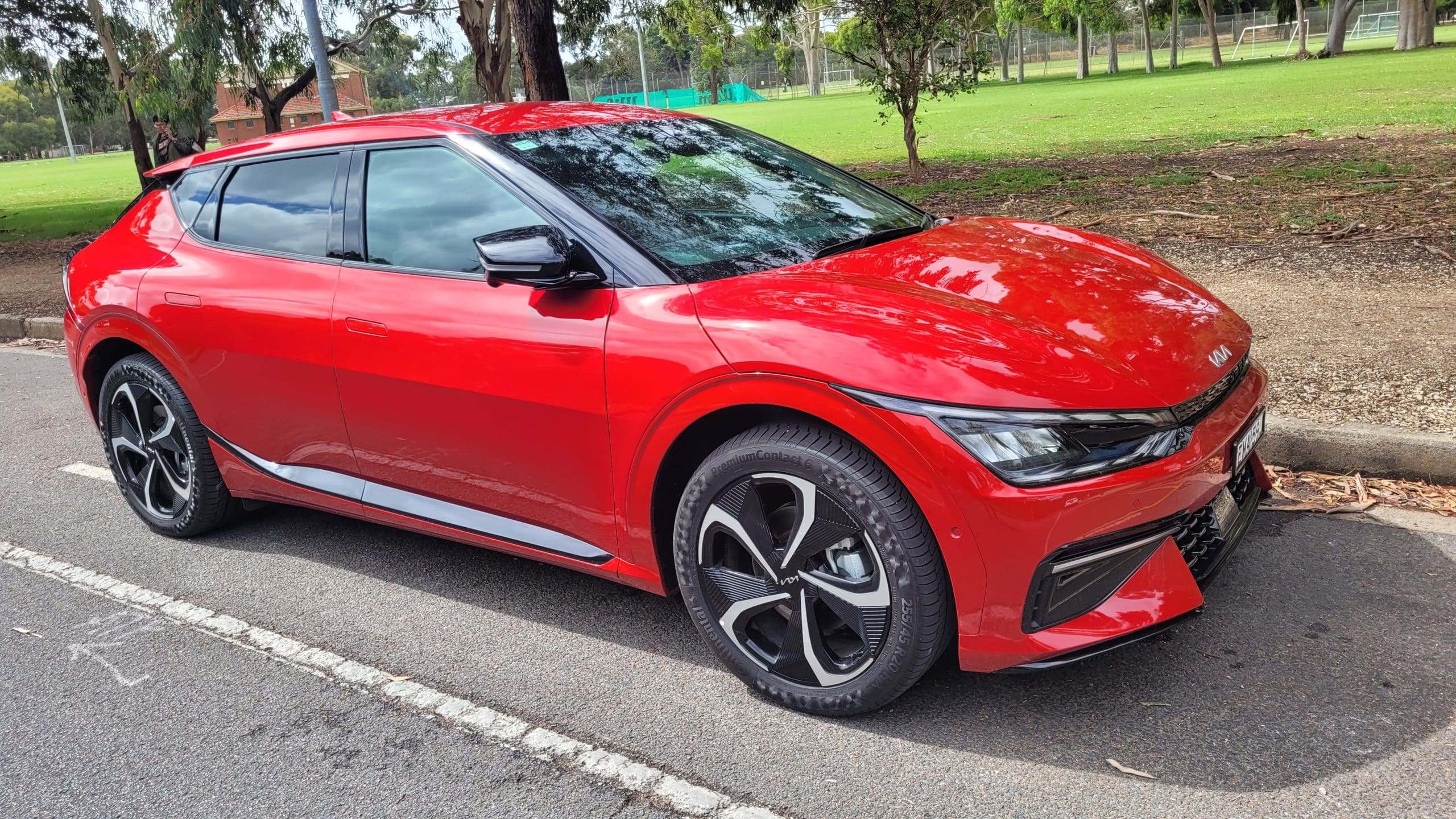
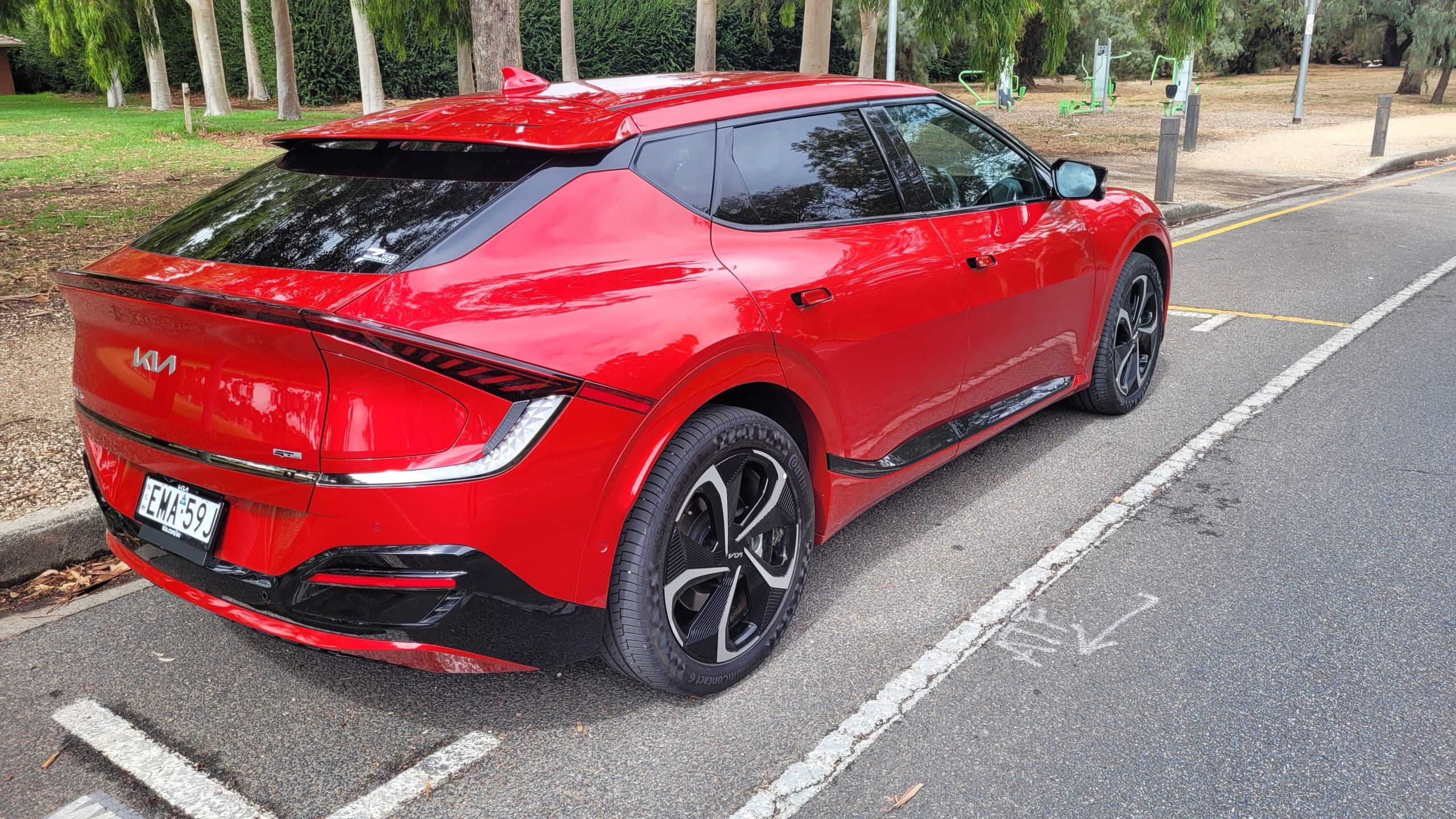
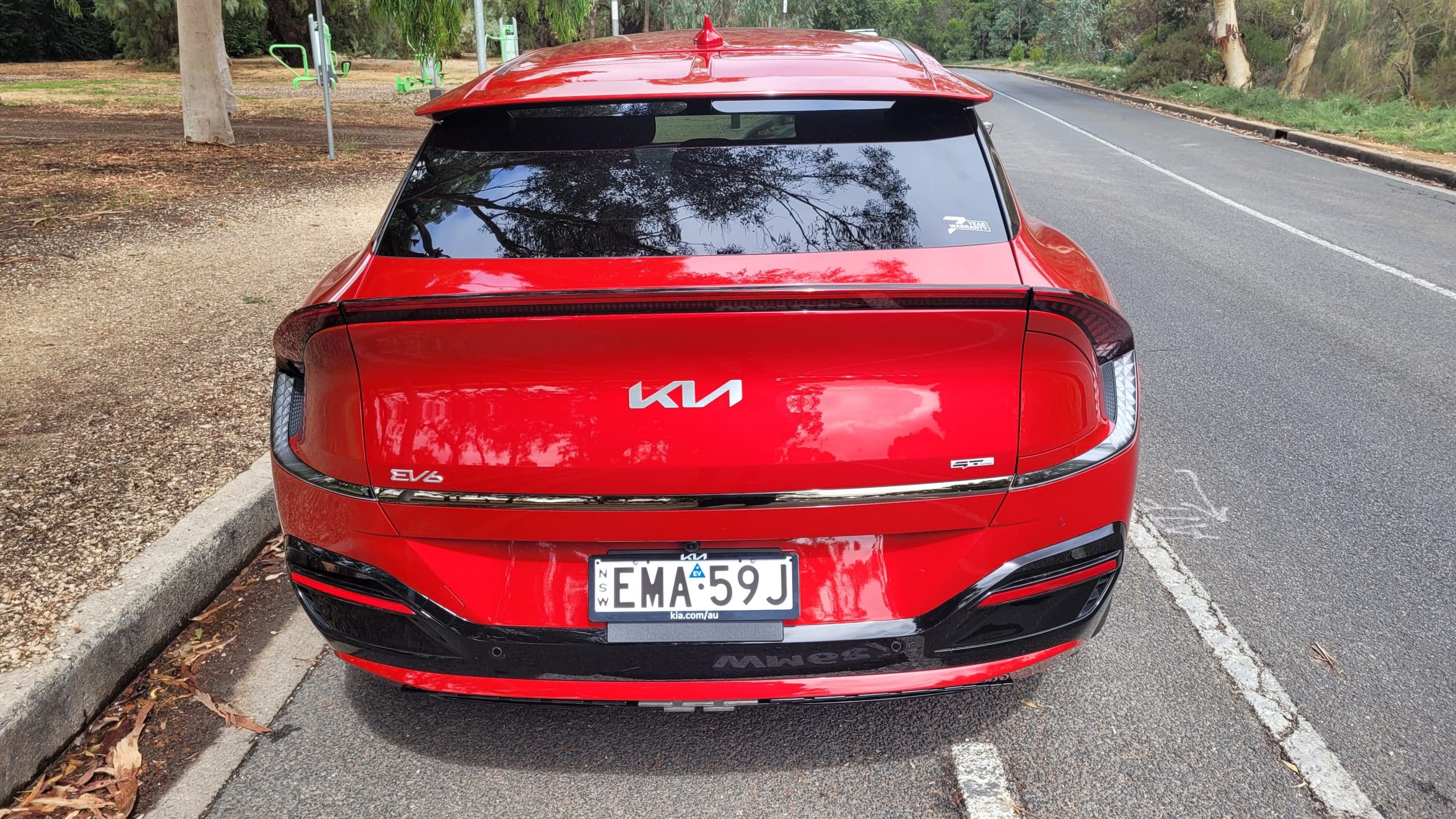
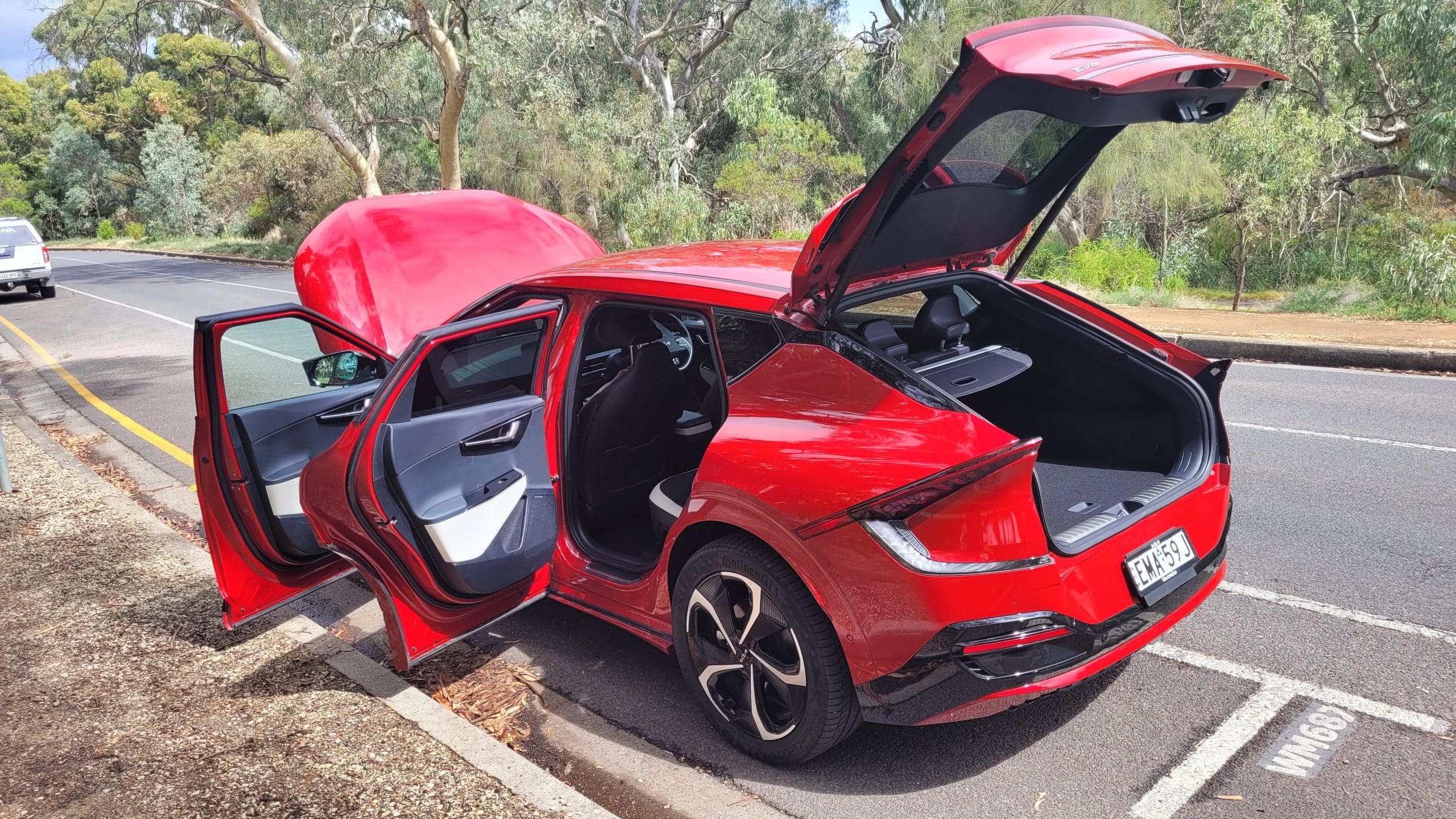
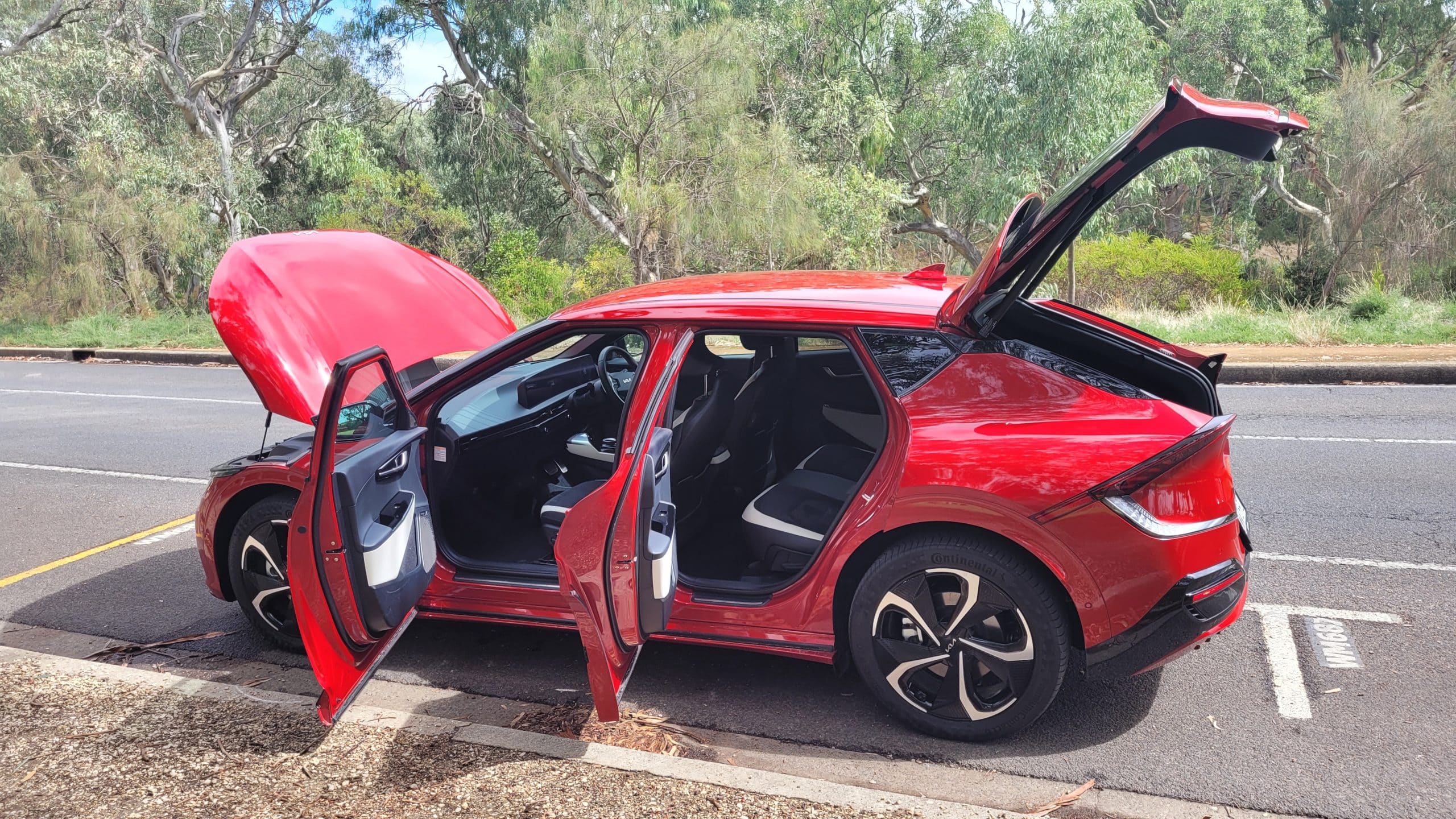
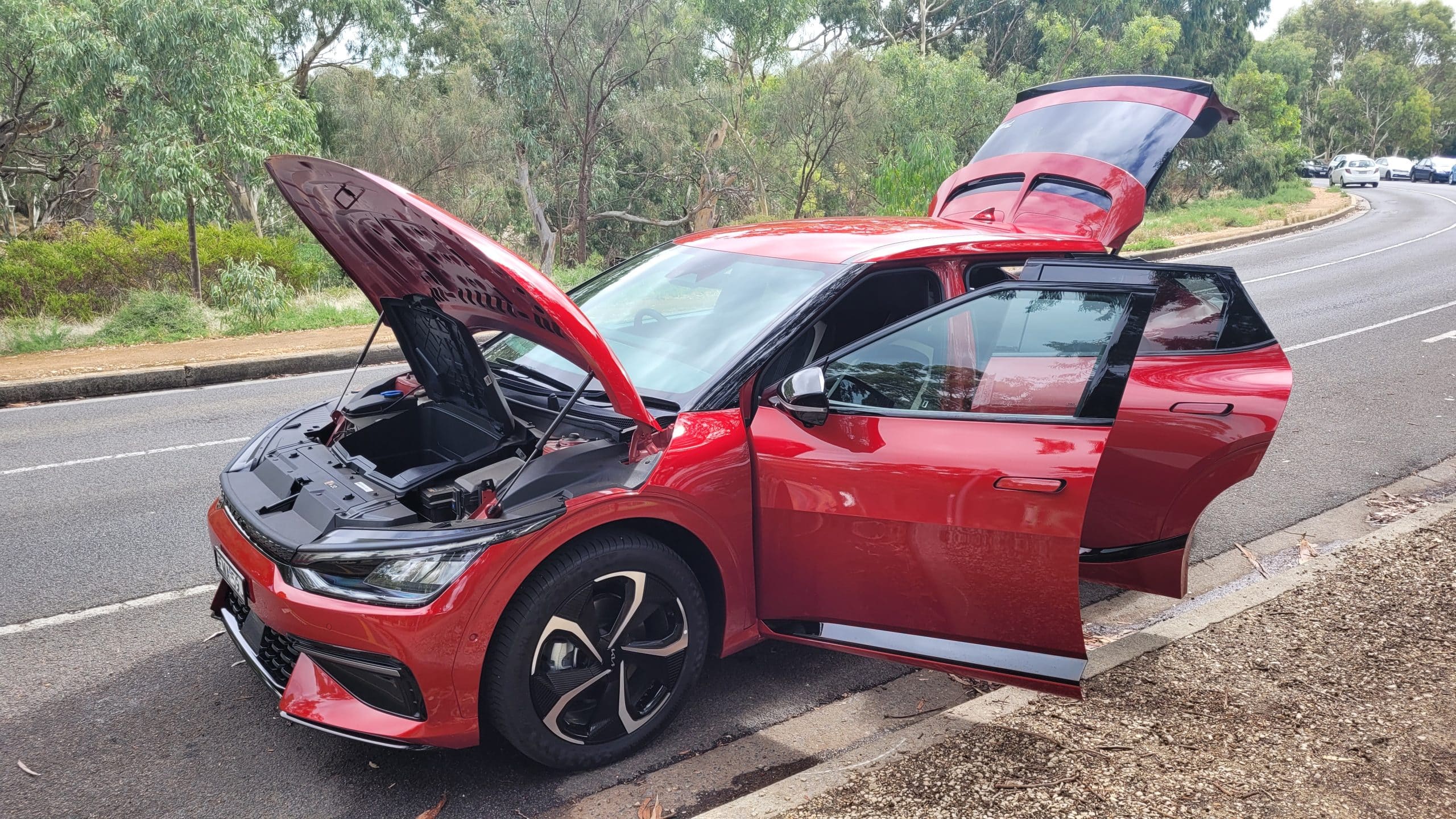
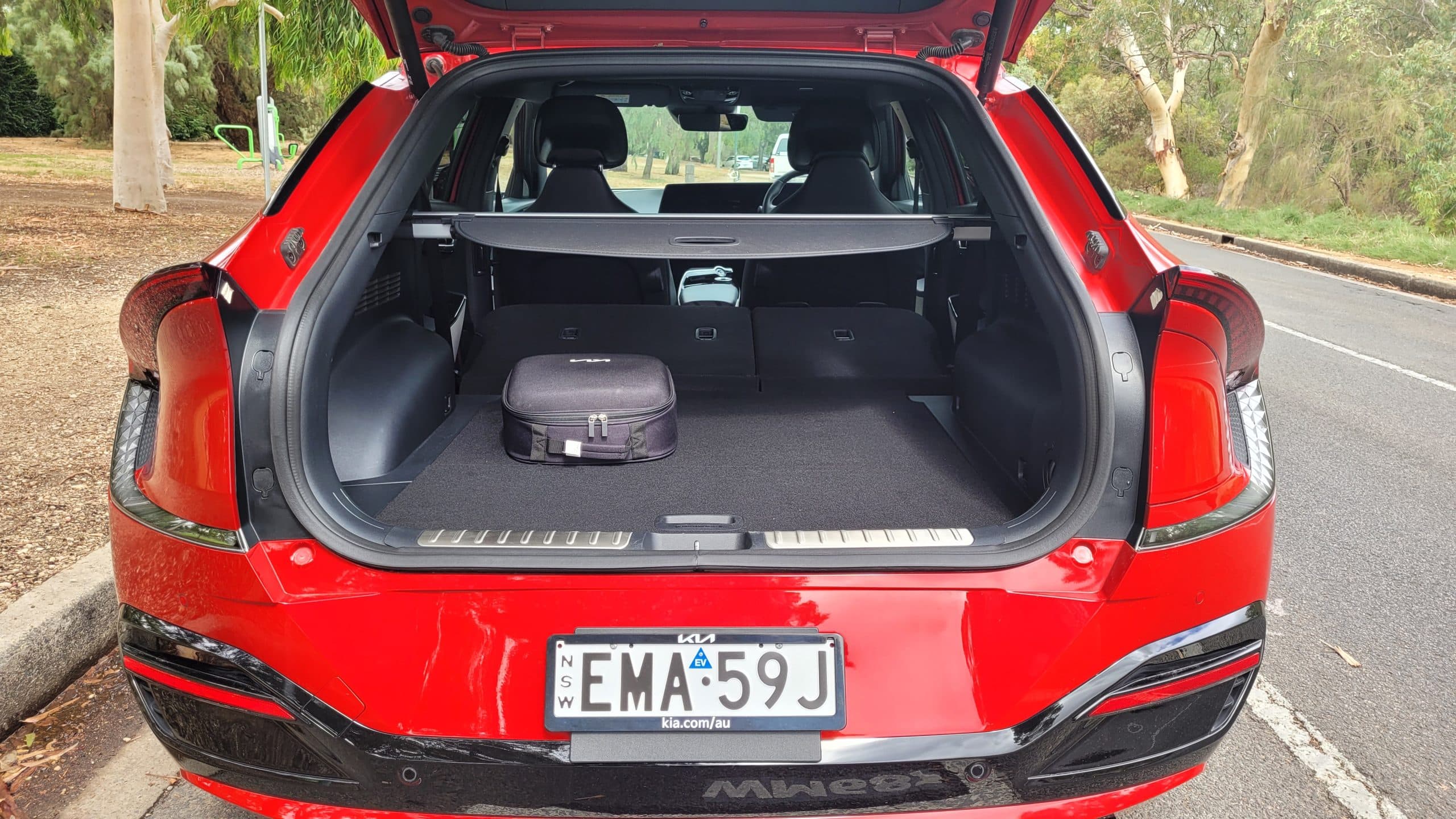
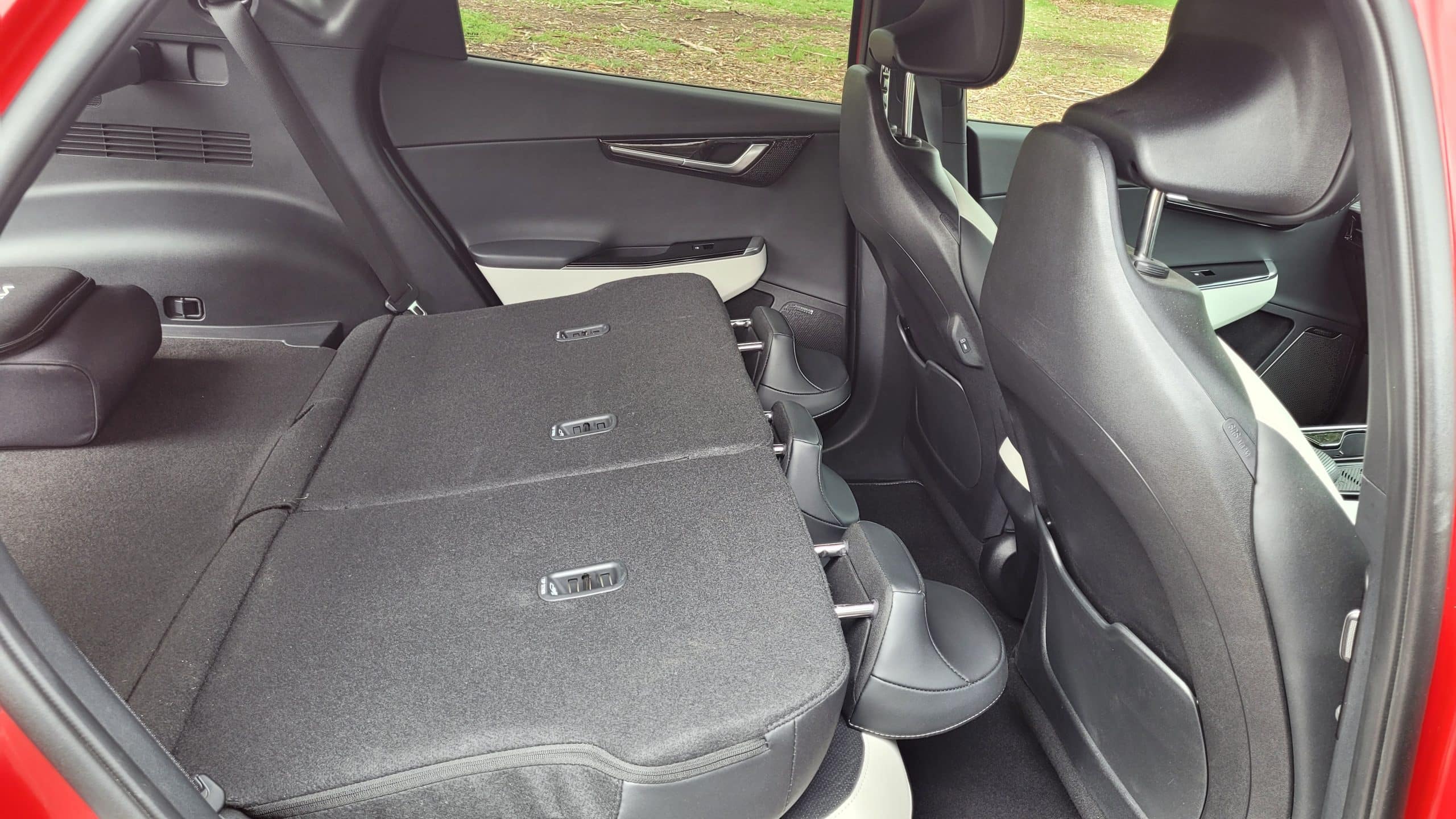
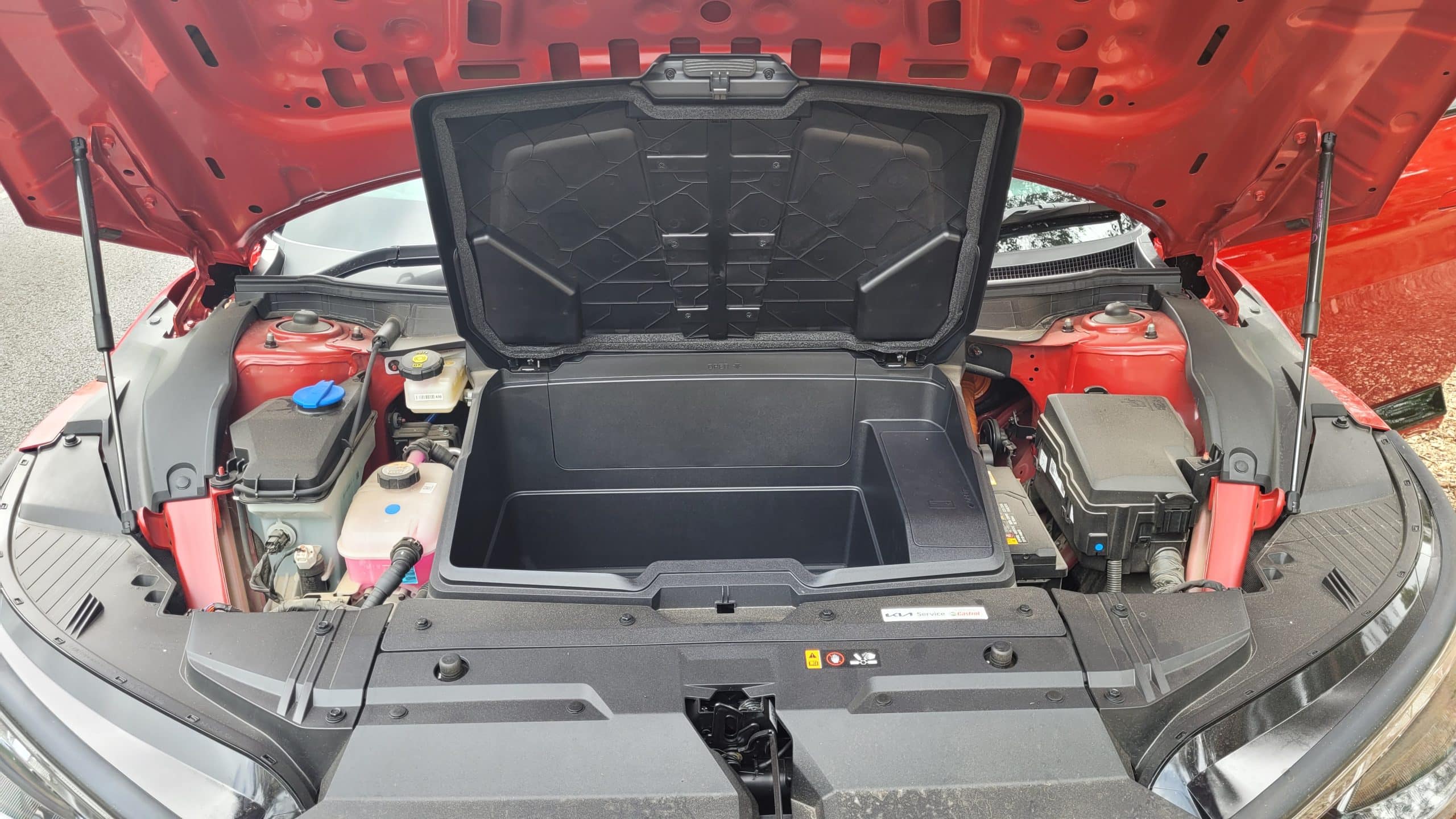
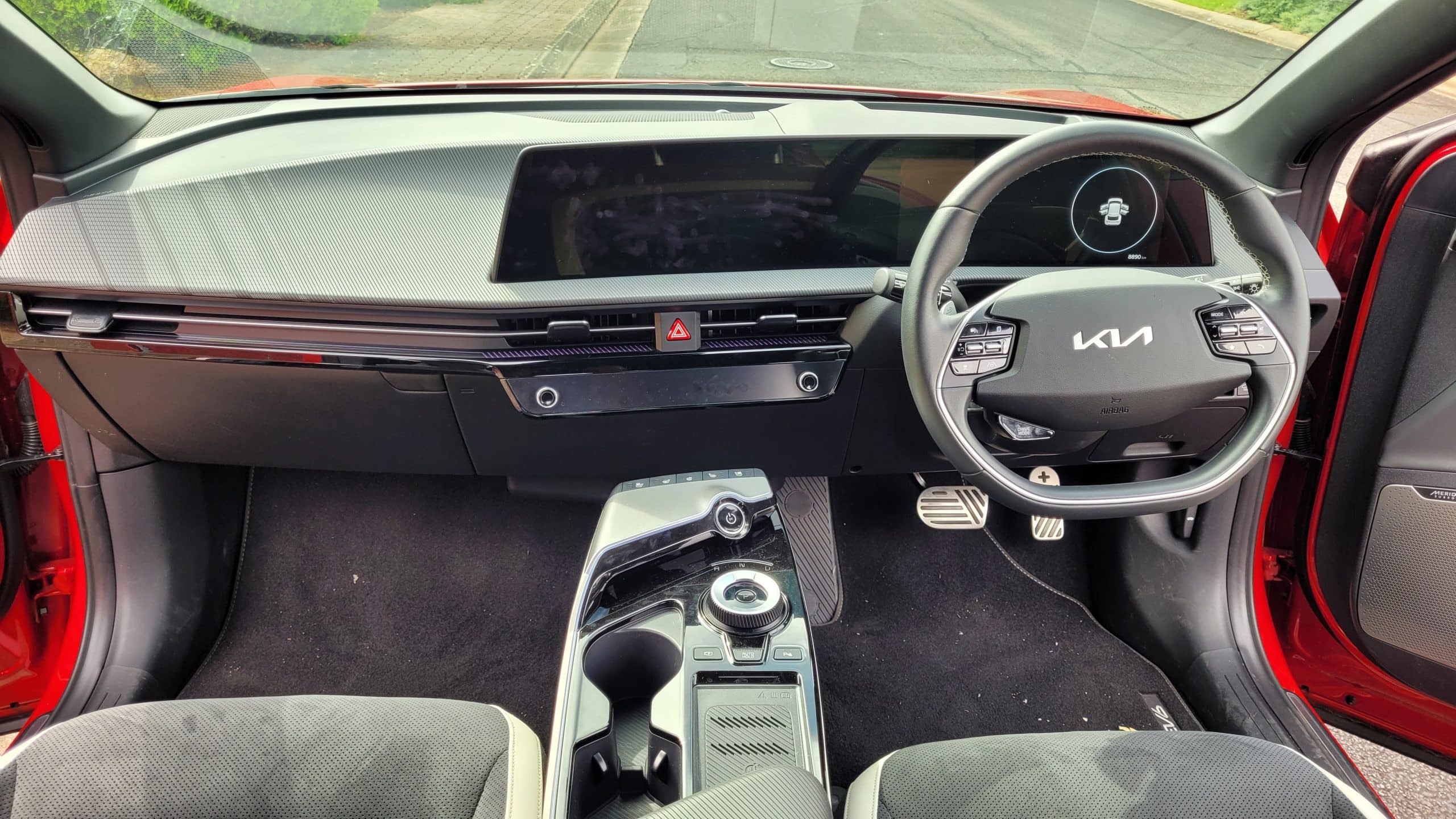
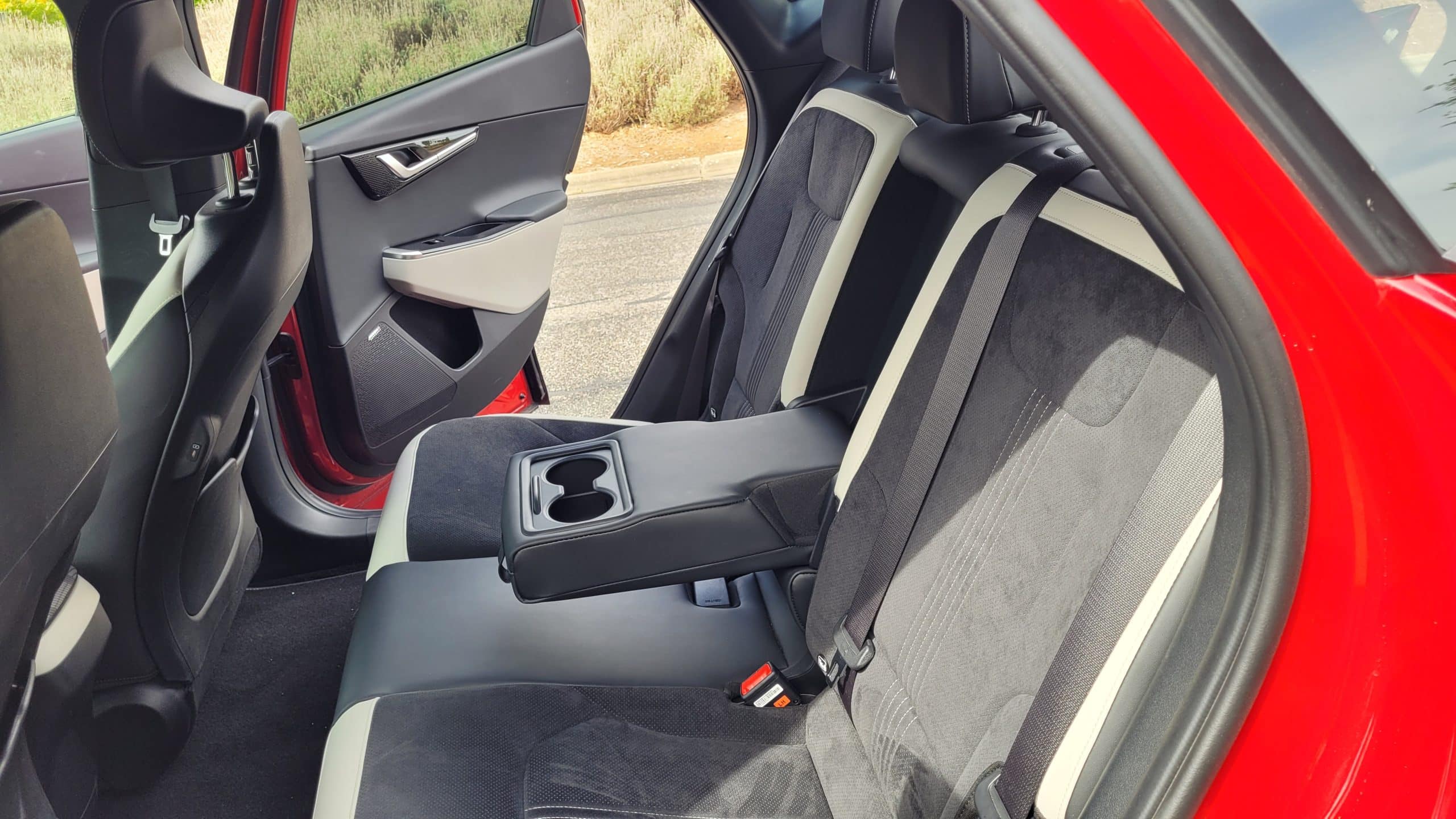
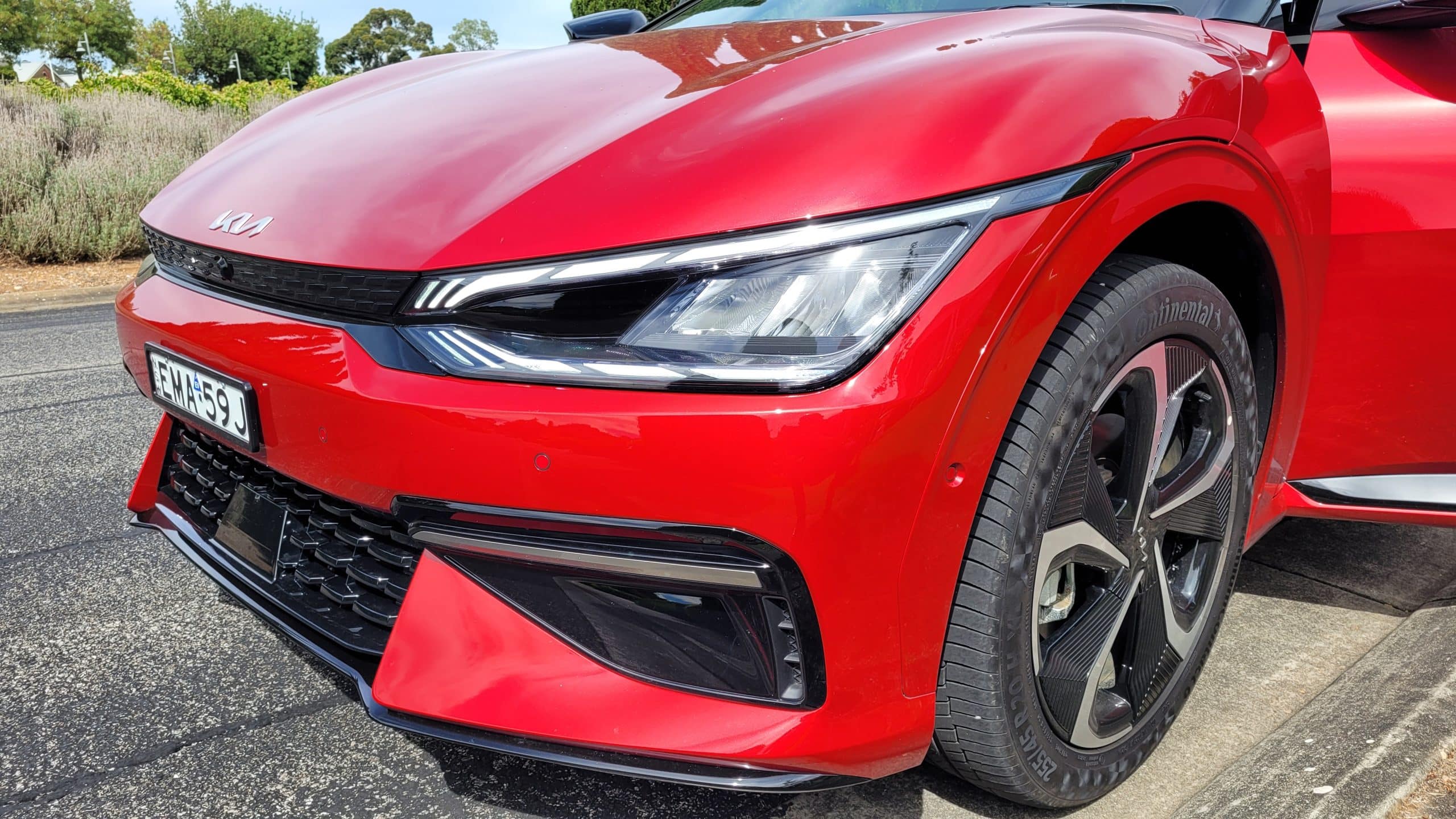
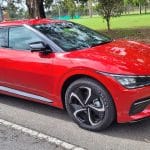
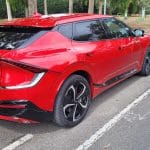
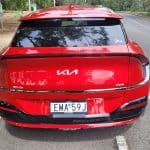
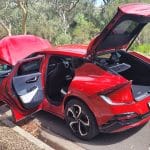
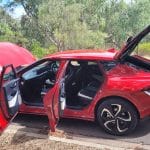
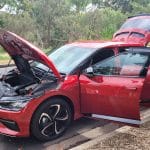
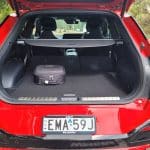
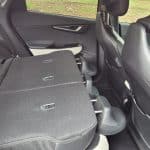
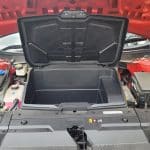
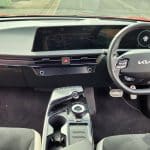
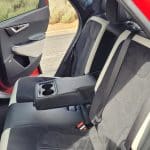

Electric sedans
BYD Seal
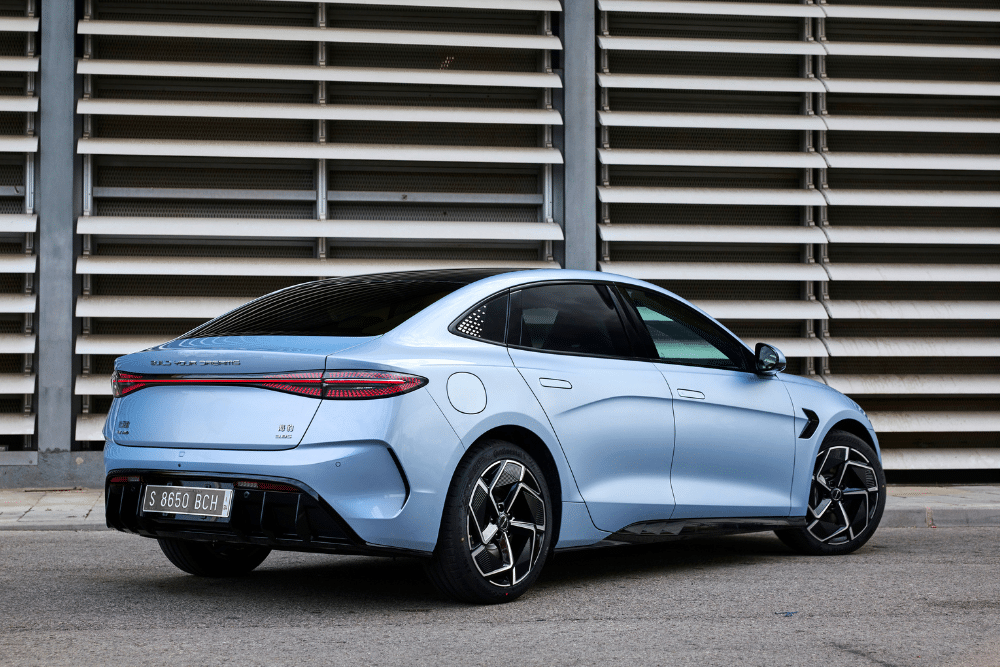
- Minimum and maximum price: from $49,888 to $68,798
- Battery capacity: 61.4kWh to 82.6kWh
- Maximum power: 390kW/670Nm
- 7kw charge time (0% to 100%): approx. minimum 8 hours 46 mins
- 50kW fast charge time (20% to 80%): approx. minimum 60 mins
- Range: up to 570km (Seal Premium)
BYD’s Seal is its entry into the sedan segment. As is the case with most of the Chinese manufacturer’s other models, the Seal is currently the cheapest electric sedan in Australia, starting from $49,888 for the Dynamic, $58,798 for the Premium and $68,798 for the Performance.
The Dynamic and Premium are both RWDs, with the former packing a 61.4kWh battery and the latter an 82.6kWh one. However, the Performance is an AWD, with the same 82.6kWh battery allowing it to reach up to 390kW of power and 670Nm of torque compared to the Premium (up to 230kW and 360Nm).
BYD states that the Premium is capable of reaching up to 650km on a single charge, but this measurement is based on the New European Driving Cycle (NEDC) system. To achieve a more accurate comparison between vehicles, the testing method we’re using is the industry-preferred World harmonised Light vehicle Testing Procedure (WLTP), which places it at a much lower (but still very impressive) 570km.
Packing several key safety features, such as Traffic Sign Recognition (TSR), Emergency Lane Keeping Assist (ELKA), Head Up Display (W-HUD), and an improved 15.6-inch intelligent Rotating touch screen display and 12-speaker DYNAUDIO sound system, this could be a good option if you’re looking to pay a bit less for your EV sedan.
Tesla 3
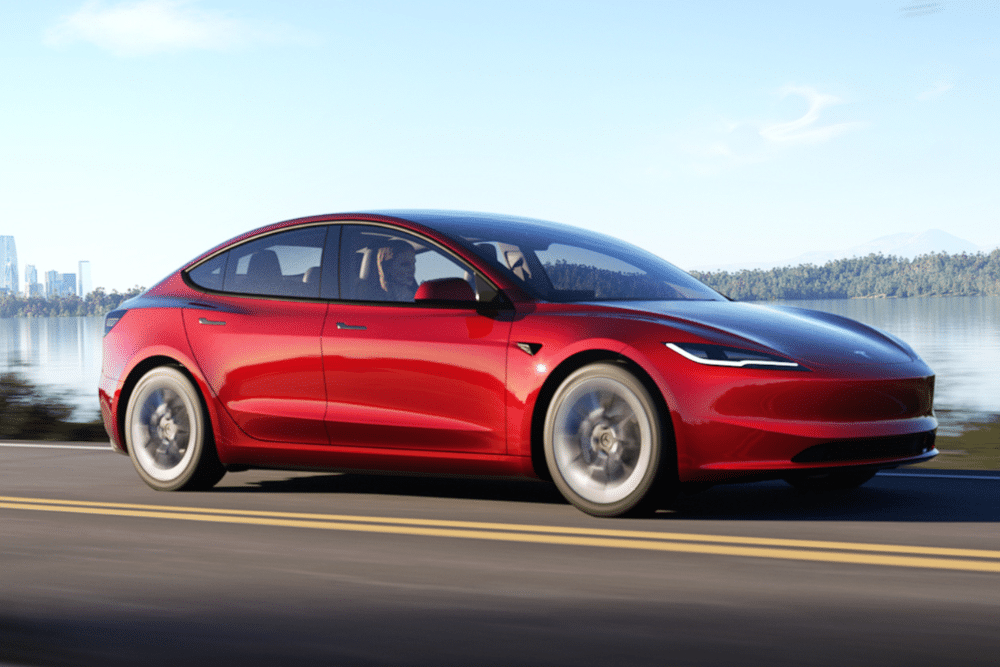
- Minimum and maximum price: from $61,900 to $80,900
- Range: up to 629km (Model 3 Long Range)
The second of Tesla’s vehicles currently available on the Australian market, the Model 3 finished only behind the Model Y in terms of sales in 2023 (17,347), proving to be extremely popular in an ever-growing market. It finds itself on the cheaper end of the scale for vehicles of this make, with the base Rear-Wheel Drive model starting from $61,900, the Long Range AWD from $71,900 and the Performance from $80,900.
As is the case with the Model Y, figures such as power output, torque and charging times aren’t readily available, but you can rest assured the Model 3 delivers on speed. Indeed, it claims that the Long Range, which can travel up to a highly impressive 629km per charge, can accelerate from 0 to 100km/h in just 4.4 seconds, while the Performance can reach this mark in just 3.1 seconds (with rollout subtracted).
It also offers plenty in the way of technological innovation, from accessing, unlocking and turning on the A/C with your phone before entering the vehicle to a 15-inch centre touchscreen, 8-inch rear touchscreen and much more. It’s little wonder Tesla’s most affordable car is one of the most sought-after in Australia.
Hyundai Ioniq 6
Test-driven: 10-19 July 2023, by Adrian Edlington
"I test-drove the Hyundai IONIQ 6 Techniq for nine days in Winter 2023. Fair to say I didn't like the look of it at first glance, though it really grew on me.
The IONIQ 6 is designed as an EV from the ground up, so it benefits from the freedom to do things differently. The front of the car seems quite short, while the boot is HUGE. It's really quite deceptive, though in a good way. Since there's no need to allow for an engine in the front, it saves on space and allows for more room in the cabin. The legroom in all four seats is spacious, which is a real plus.
The IONIQ's interior includes many features from their lux brand Genesis, so you feel like you're getting a lot of design bang for your buck.
Hyundai have really done a great job with this car and they seem priced right. I'd recommend taking one for a test drive and seeing for yourself."
- Minimum and maximum price: from $65,500 to $85,500
- Battery capacity: 53.0kWh to 77.4kWh
- Maximum power: 239kW/605Nm
- 7kw charge time (10% to 100%): approx. minimum 11.75 hours
50kW fast charge time (10% to 80%): approx. minimum 73 mins - Range: up to 614km (Ioniq 6 Dynamiq)
Sleek is perhaps the best word to describe the Ioniq 6 from Hyundai. The electric sedan adopts a curve-focused exterior, with all the soft lines along the side and top of the car meeting in a futuristic light cluster at the back. It comes in at a similar starting price to the Model 3, with the base RWD model available from $65,500, the Dynamiq from $77,500 and the Epiq from $81,000.
Like the Ioniq 5, the Ioniq 6 is equipped with Hyundai SmartSense, giving it a wide range of features designed to make your ride a safer one. However, it also comes with its Bluelink connected car service, which comes with functions such as:
- Automatic Collision Notification (ACN)
- Emergency Call (SOS) function
- Voice Control – server-based & natural voice recognition, including vehicle controls, information, command & control
- Valet Mode function – restricted infotainment control
- Calendar integration (Google, iCloud) – weather forecast information & vehicle diagnostics
Although the range available with the Ioniq 6 can reach up to 614km on a single charge with the Dynamiq, the base model only offers a range of up to 429km, which is some way short of its closest rival in terms of build and price, the Model 3 (513km on the Rear-Wheel Drive). However, if you’re looking for a comfortable drive with a luxurious and spacious interior, look no further.
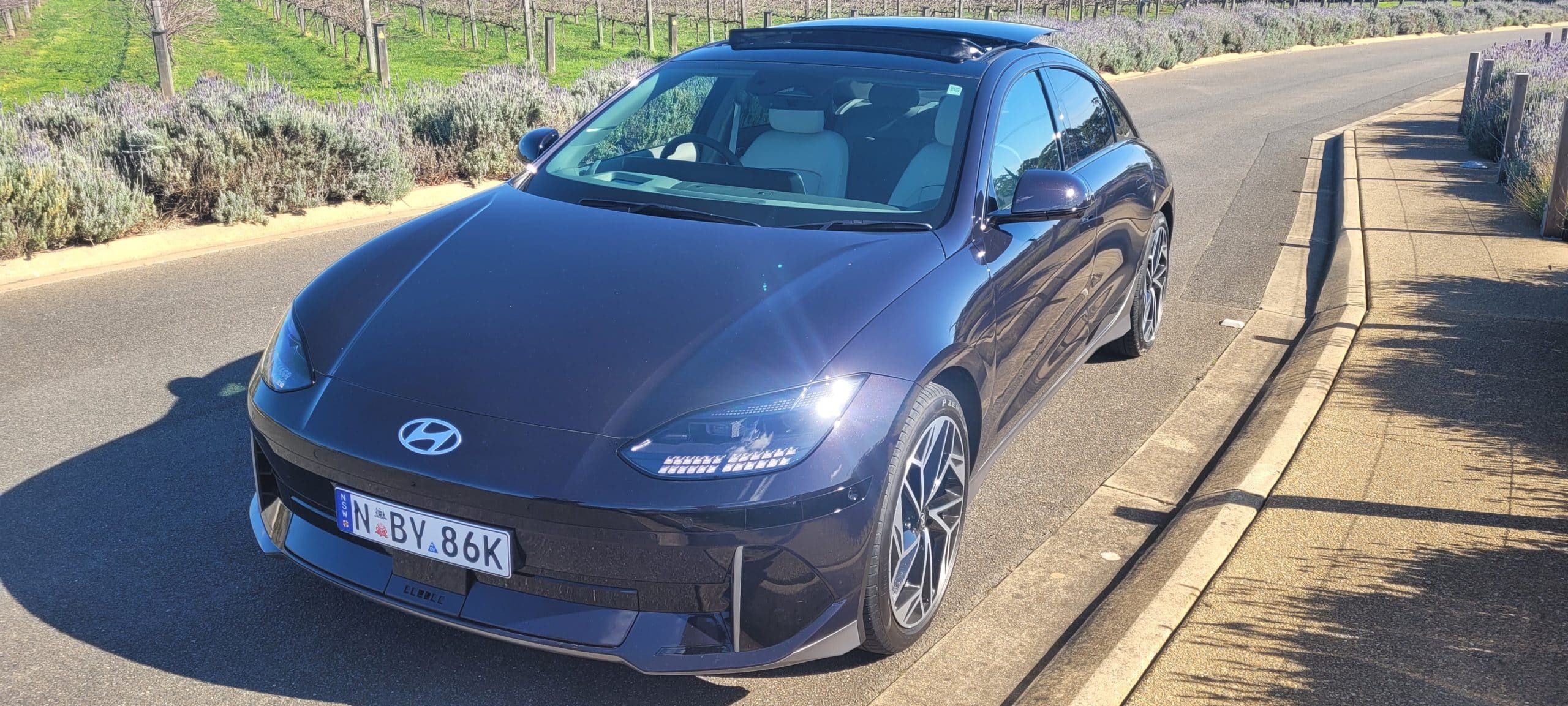
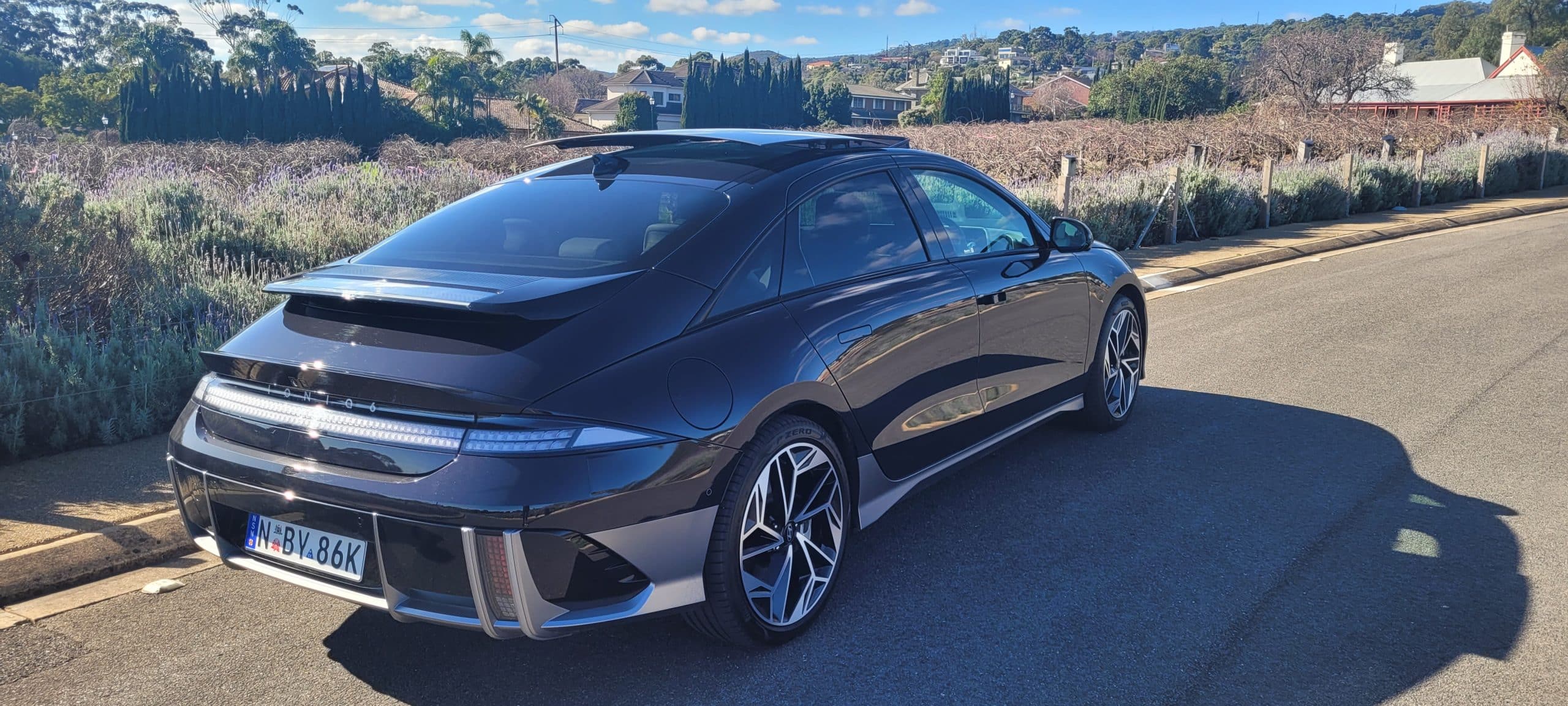
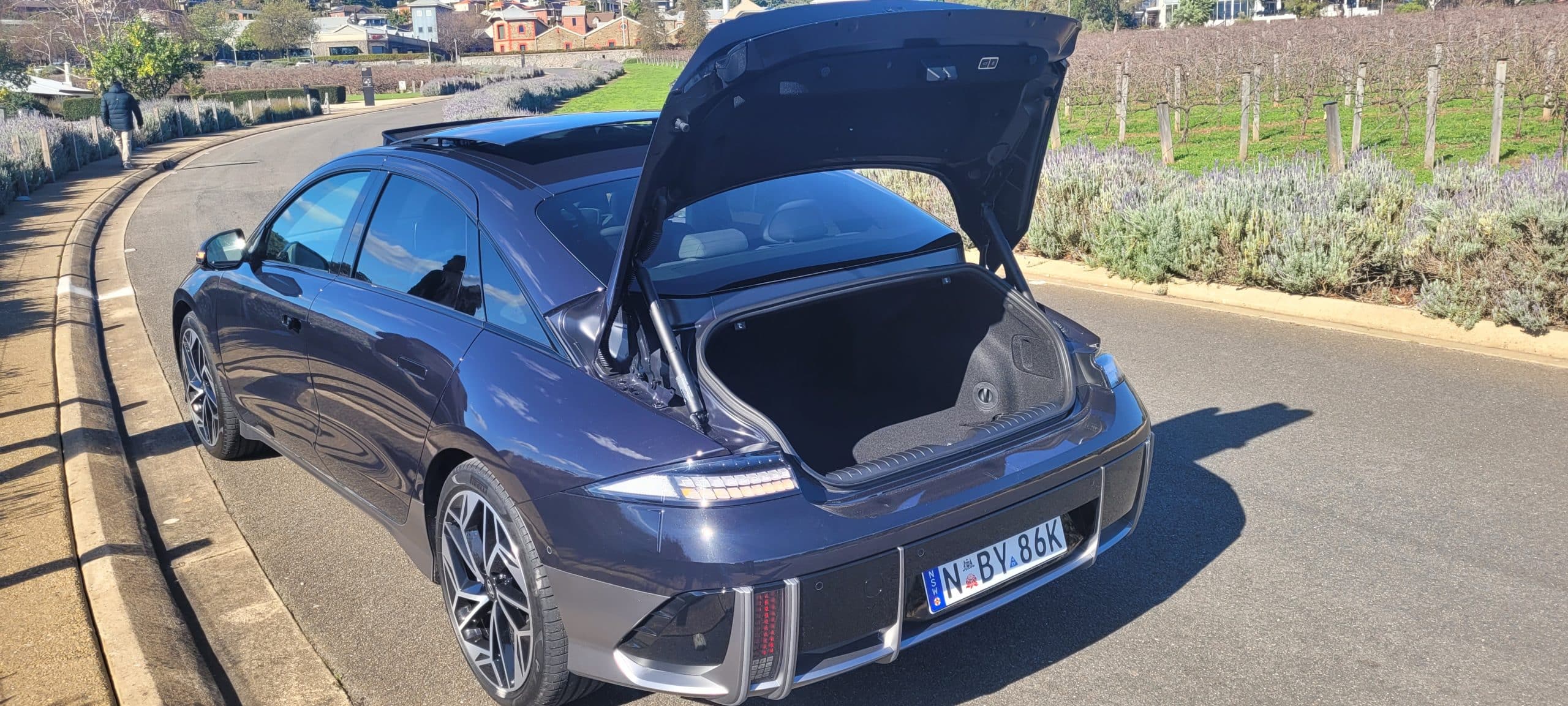
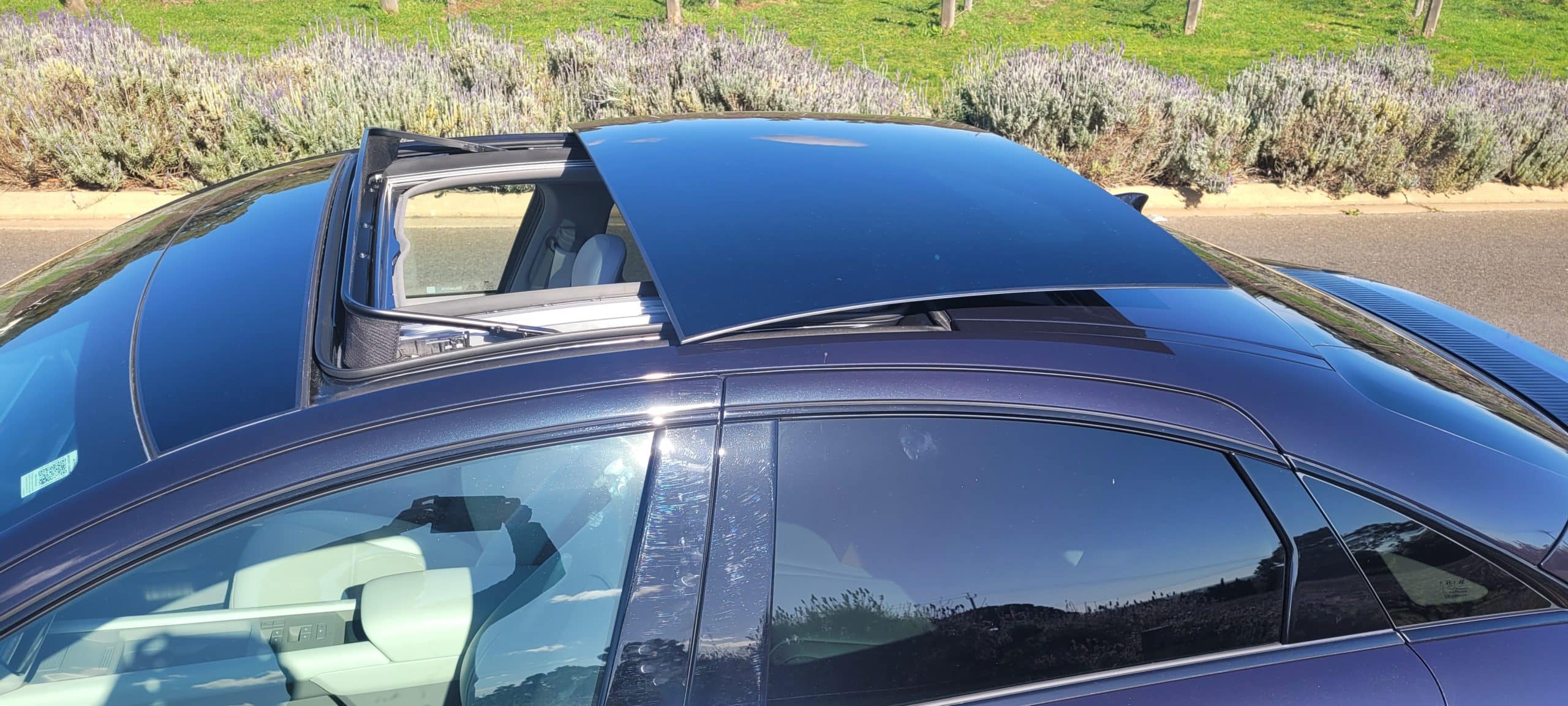
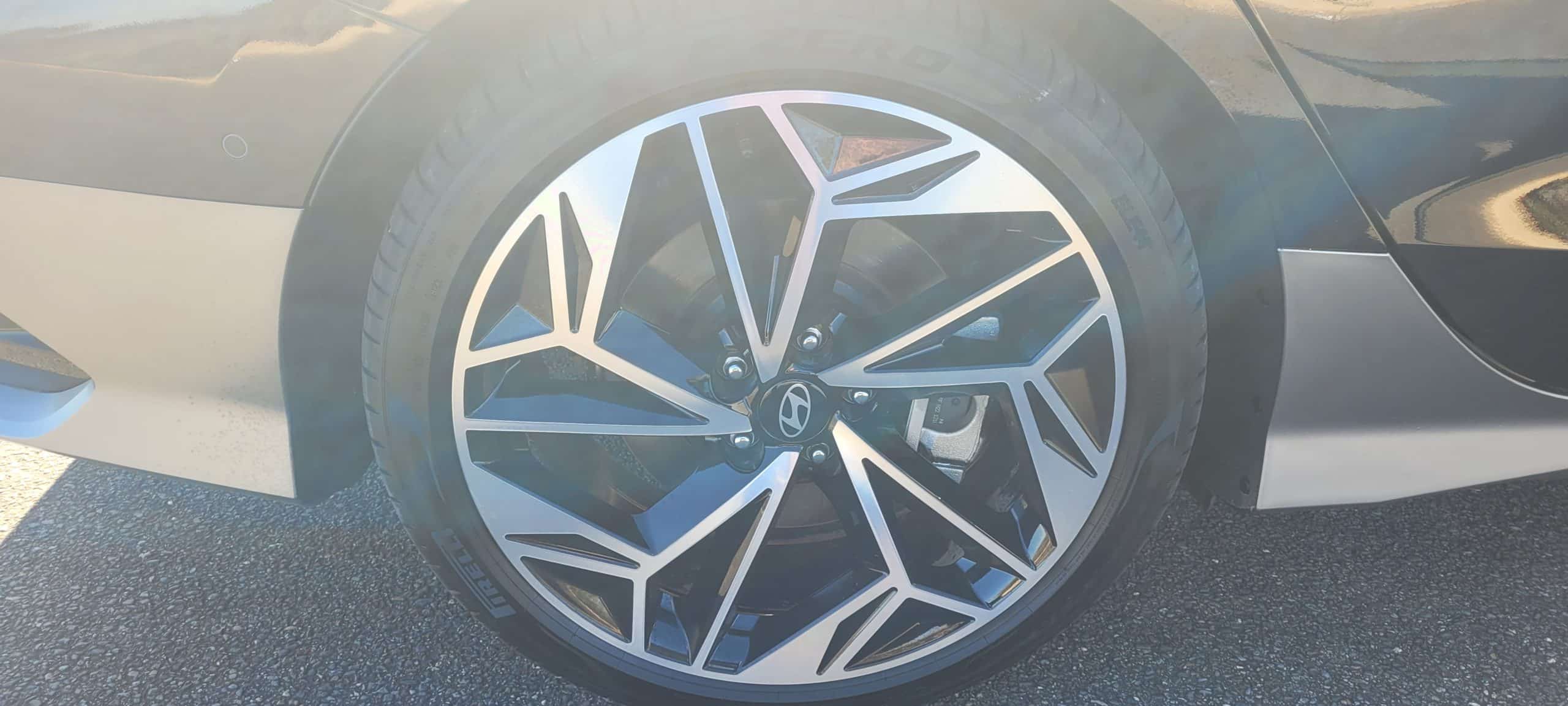
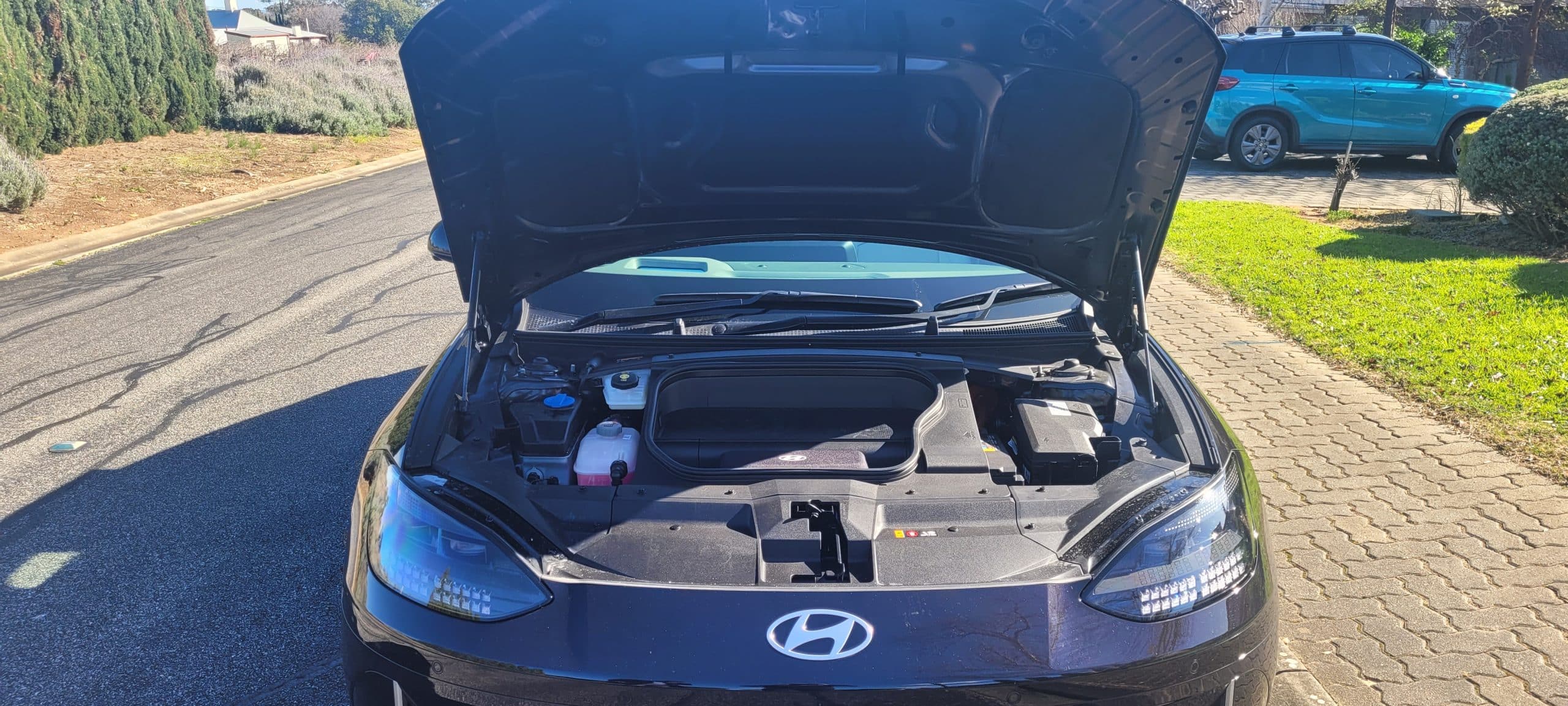
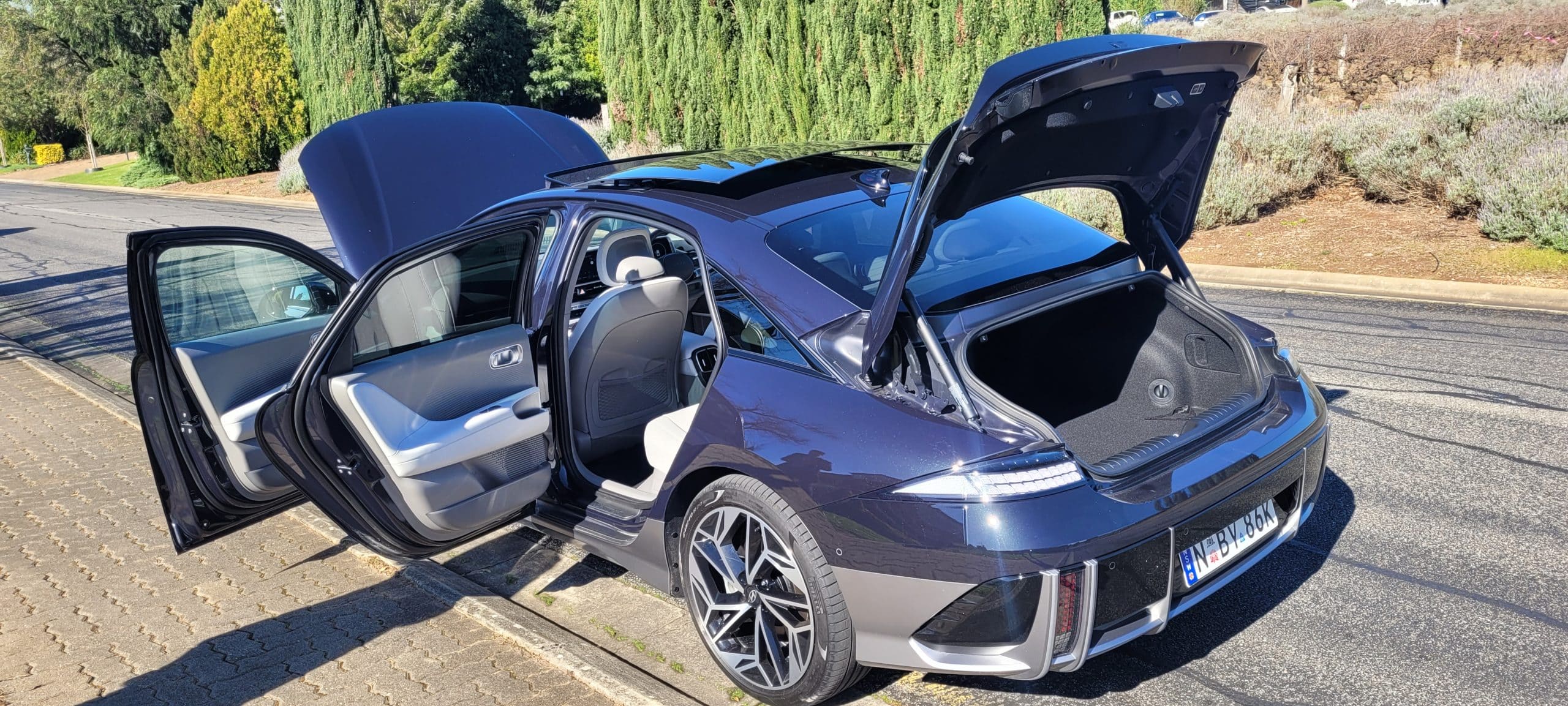
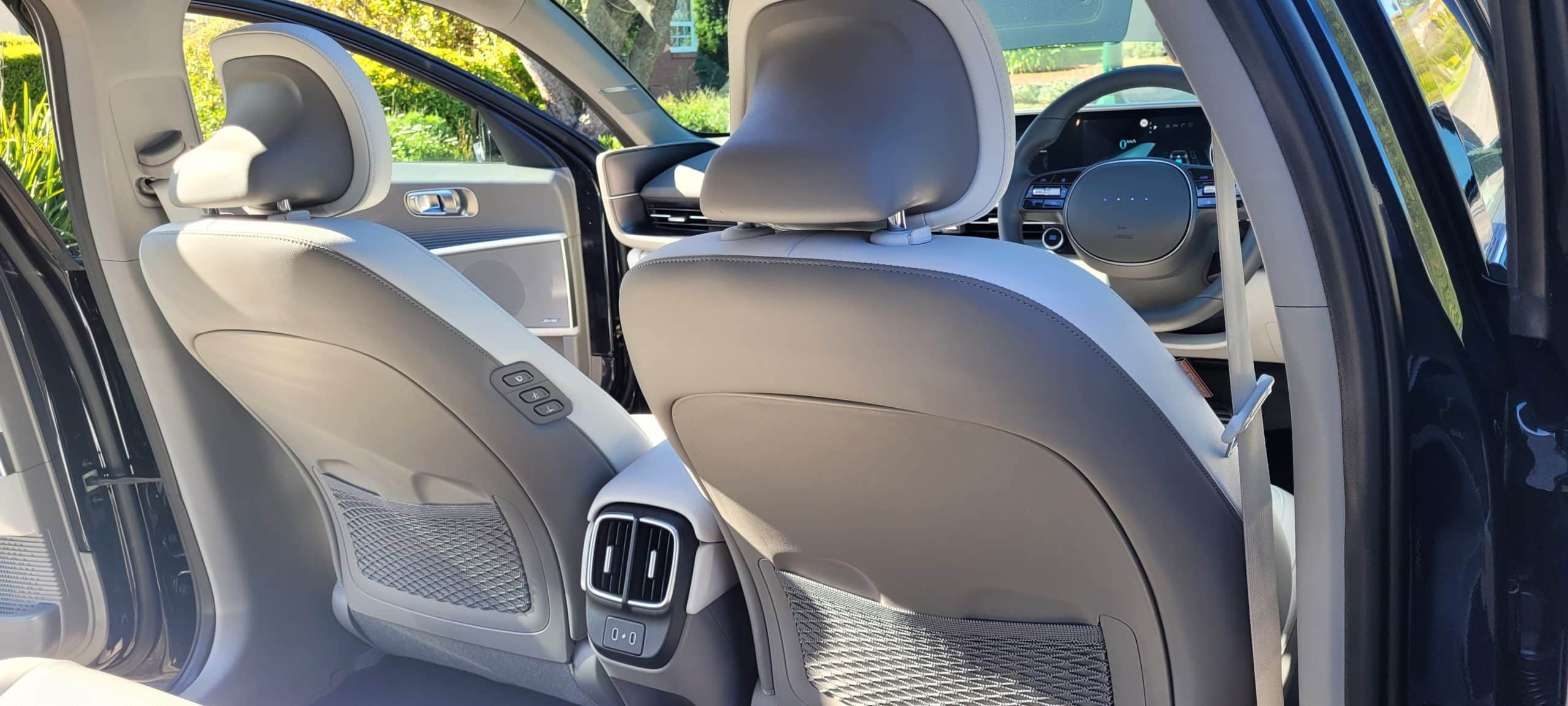
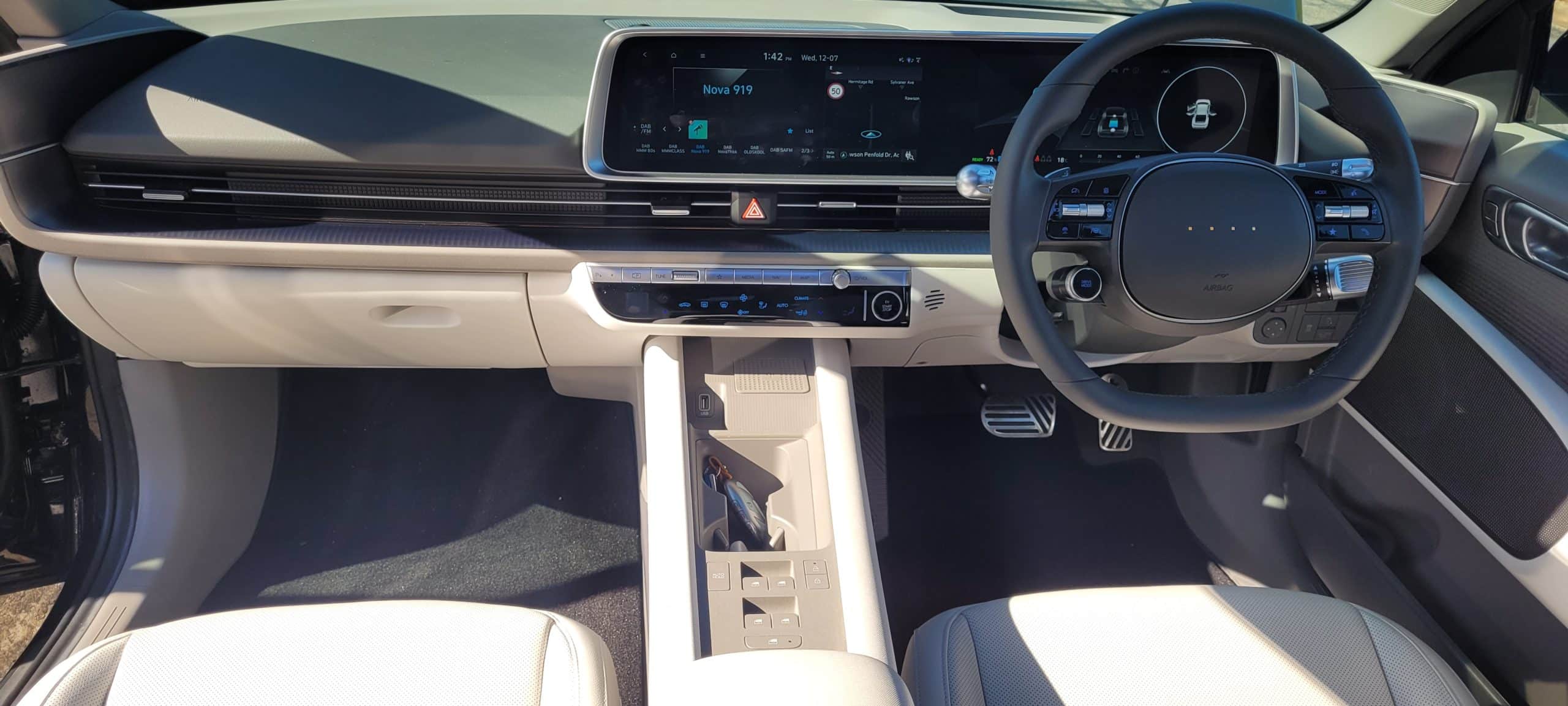
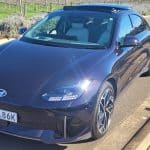
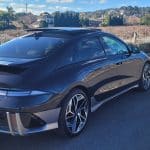
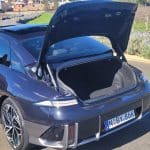
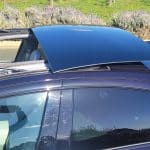

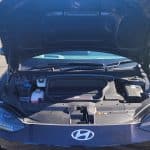
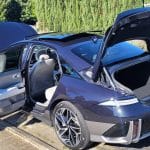
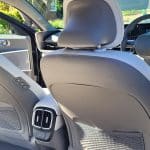
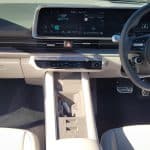
Polestar 2
Test-driven: 15-19 December 2022, by Adrian Edlington
"I drove the top-spec Polestar 2 for 5 days both in the city and on a road trip around the Fleurieu Peninsula and loved every minute of it!
The handling, pick-up and performance were truly amazing. This thing accelerates so fast I'd have to warn passengers to have their heads against the headrest and look forward, lest they put their necks out! It was almost TOO quick. Travelling along winding roads in the powerful sedan left one passenger with a bout of car sickness, albeit while the driver was having a blast.
After a day or two of driving like a hoon, I was able to calm down a bit and rely on the adaptive cruise control - the best way to avoid a speeding ticket in both urban areas and on the open road.
My one and only criticism of the Polestar 2 is that the optional extras come in non-negotiable packs, so if you want the epic Harman Kardon 13-speaker sound system, you'll need to fork out for the moon roof. Also, the back seats weren't so comfy, so my passengers told me, though who cares? They would be fine for short trips, kids or baby seats.
Another plus is that the price seems to have come down since I first reviewed the Polestar 2 in 2022. In my state of South Australia, the Long Range Dual Motor with Performance Pack goes for $89,339.72.
- Minimum and maximum price: from $69,990 to $93,900
- Battery capacity: 69kWh to 82kWh
- Maximum power: 350kW/740Nm
11kw charge time (0% to 100%): approx. minimum 7 hours - 50kW fast charge time (10% to 80%): approx. minimum 62 mins
- Range: up to 655km (Polestar 2 Long Range Single Motor)
The Polestar 2 starts to move into luxury car territory, although at a starting price of just $69,990 remains in the mix with the Model 3 and Ioniq 6. This is available for the Standard Range Single Motor, with the Long Range Single Motor (from $73,900) and Long Range Dual Motor (from $78,900) also available.
You’ll have a series of packs to choose from as well, with the Pilot Pack ($3,500), Plus Pack ($6,000) and Performance Pack ($9,000) all bringing a range of additional features to the party. However, with the top-level Long Range Dual Motor costing an extra $15,000 with the Plus and Performance Packs, it’s important to work out whether it’s worth the investment.
The handling on the Polestar 2 is one of its key attributes, alongside its streamlined European design. The RWD variants alone are capable of up to 220kW of power and 490Nm of torque, providing impressive acceleration. However, the AWD variants step it up a notch, reaching a peak of 350kW and 740Nm with the Long Range Dual Motor with Performance Pack.
Some of the standard features include:
- 3-inch driver display and 11.2-inch centre display
- 13-speaker Harmon Kardon Premium Sound system
- Memory function with up to six driver profiles
- ADAS: Advanced Driver Assistance Systems
- Run-off Road Mitigation
- Oncoming Lane Mitigation
If you have the budget, the Polestar 2 is sure to give you an entertaining yet comfortable ride.
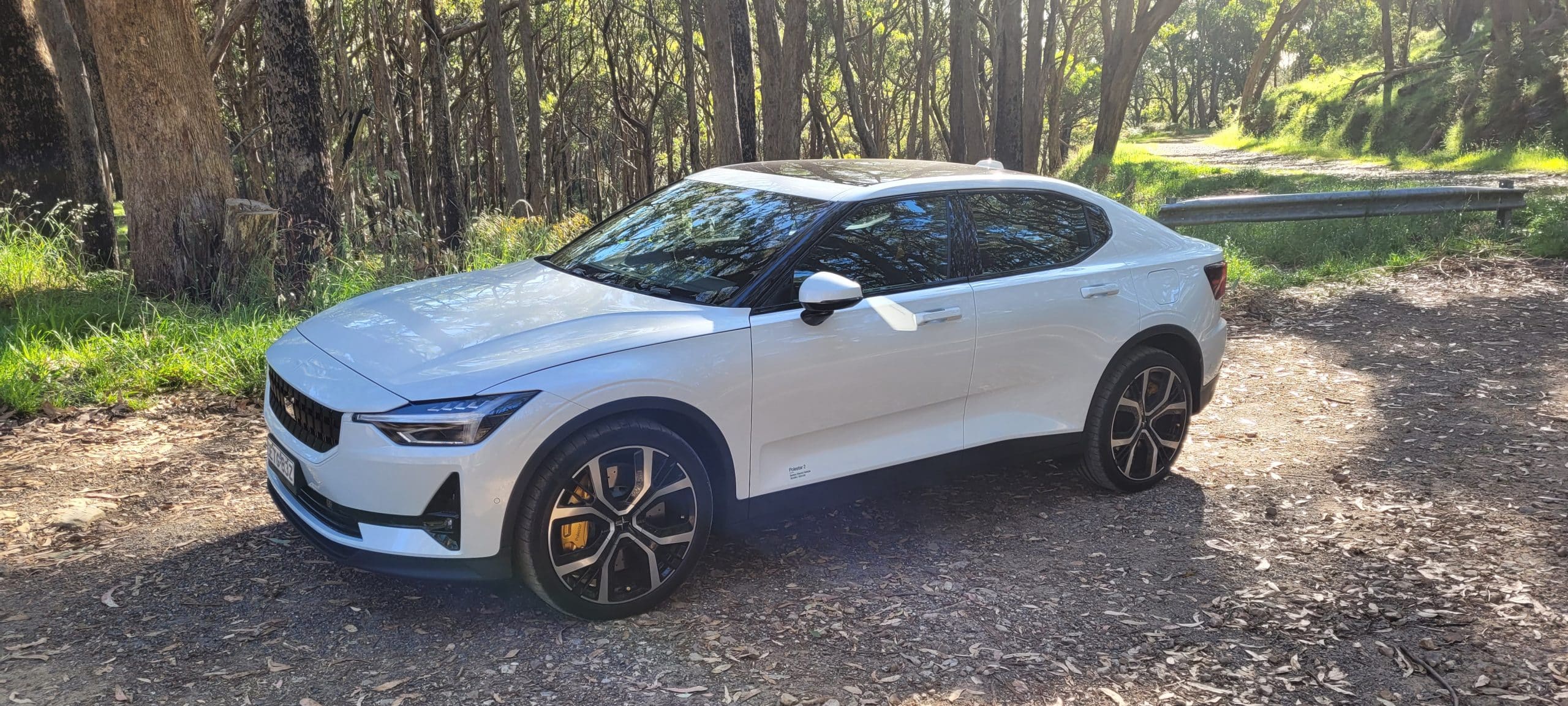
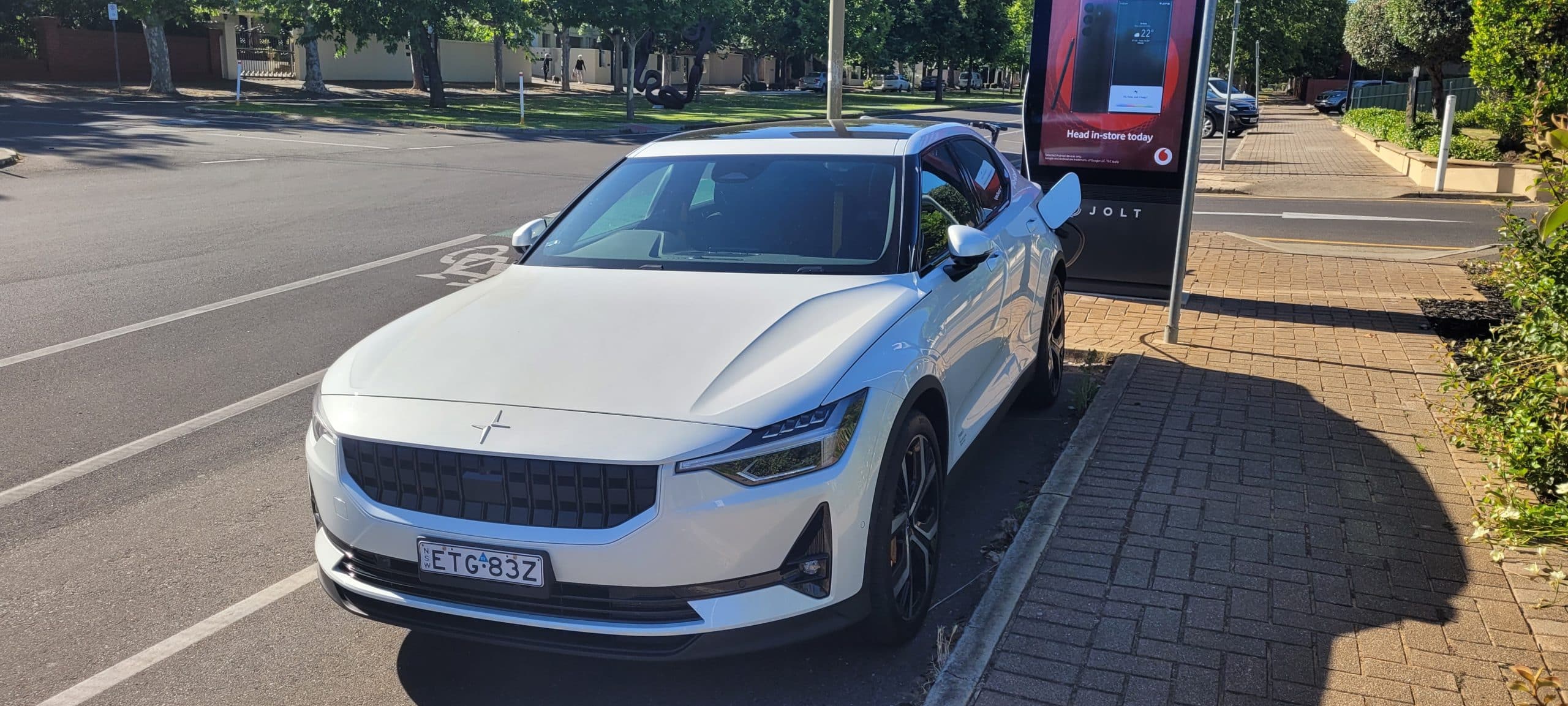
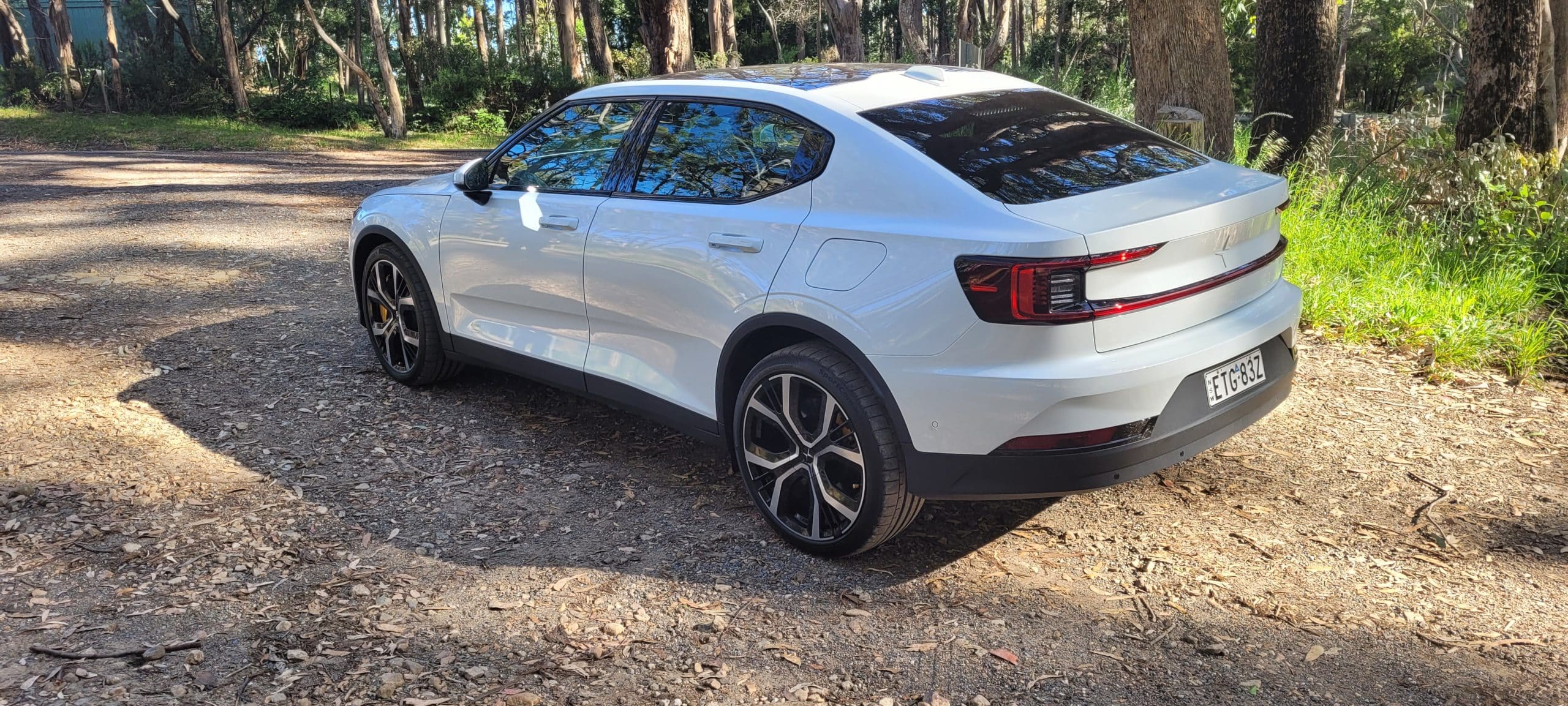
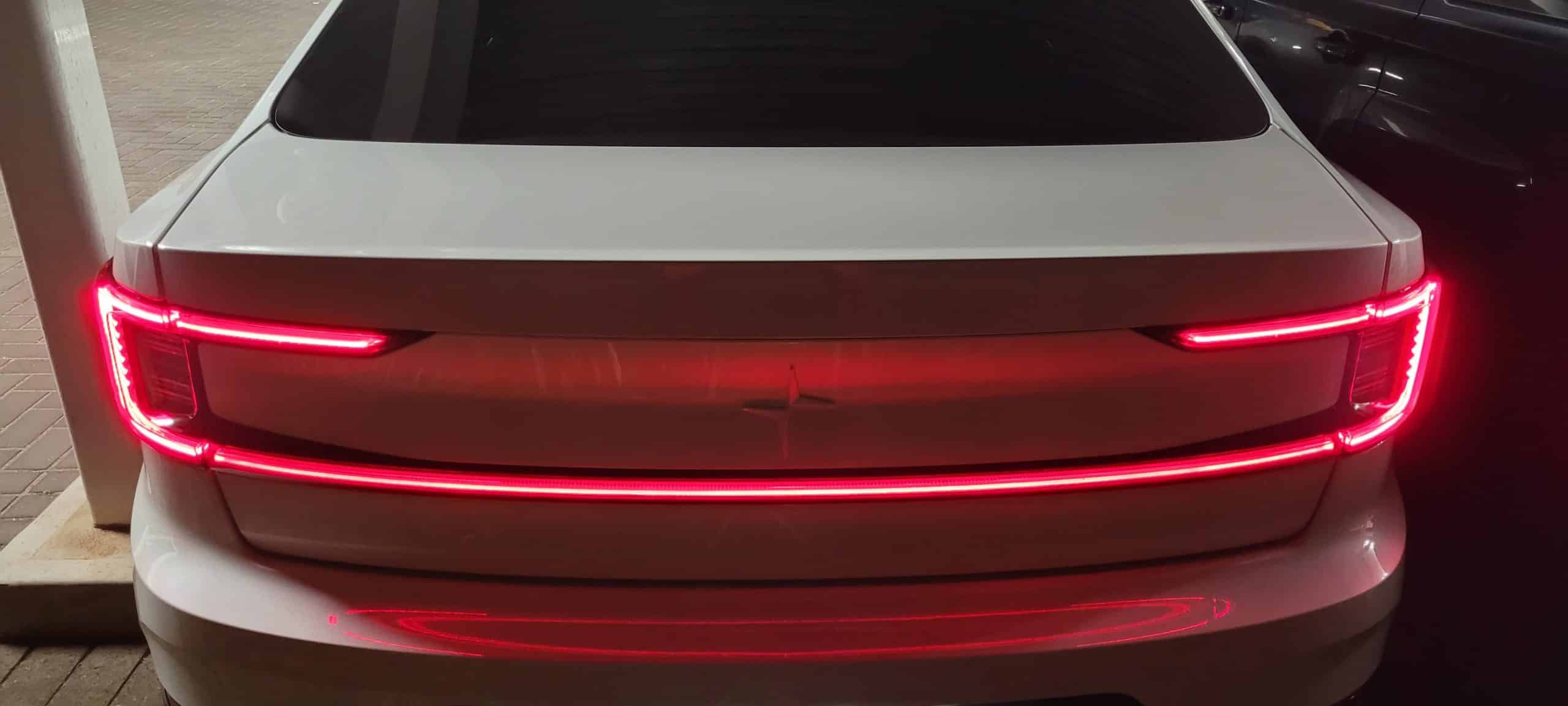
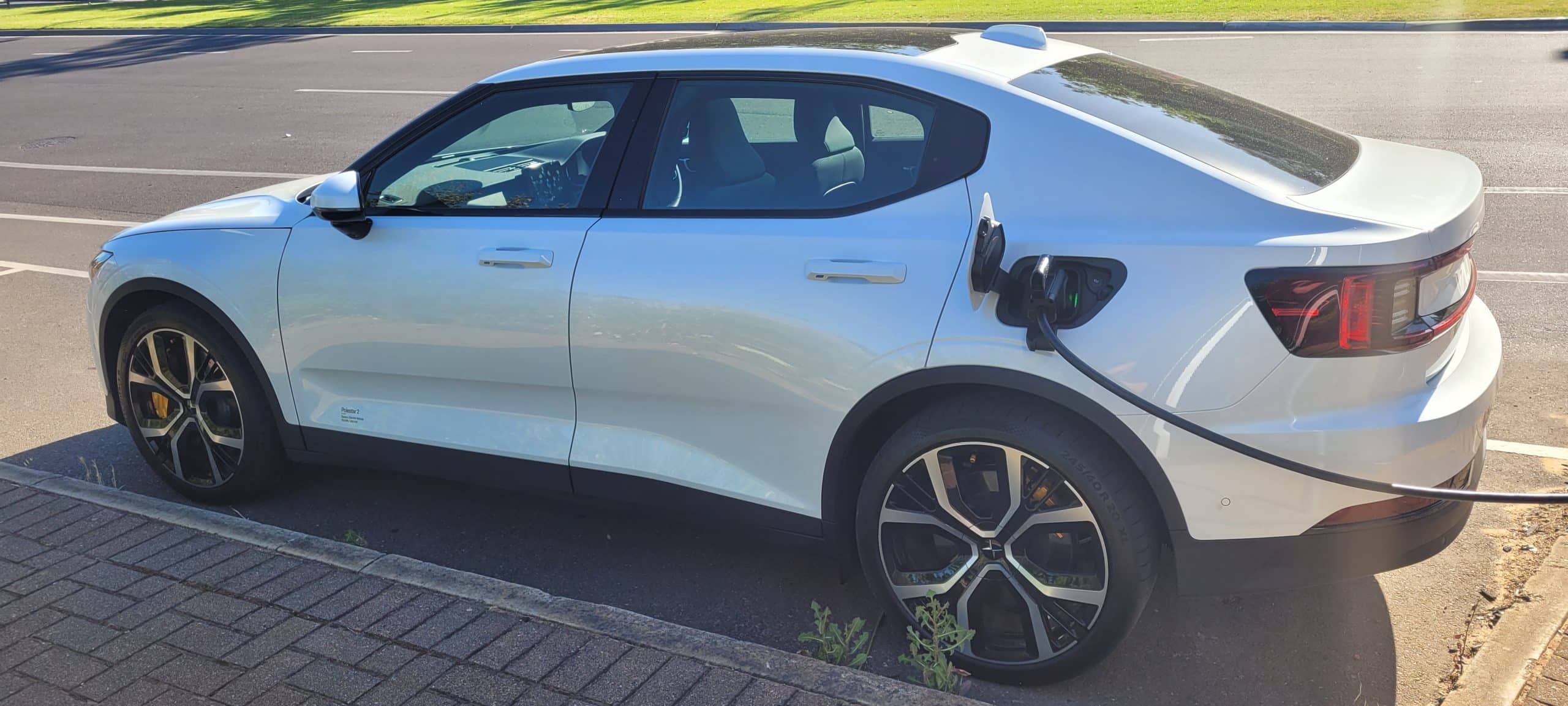
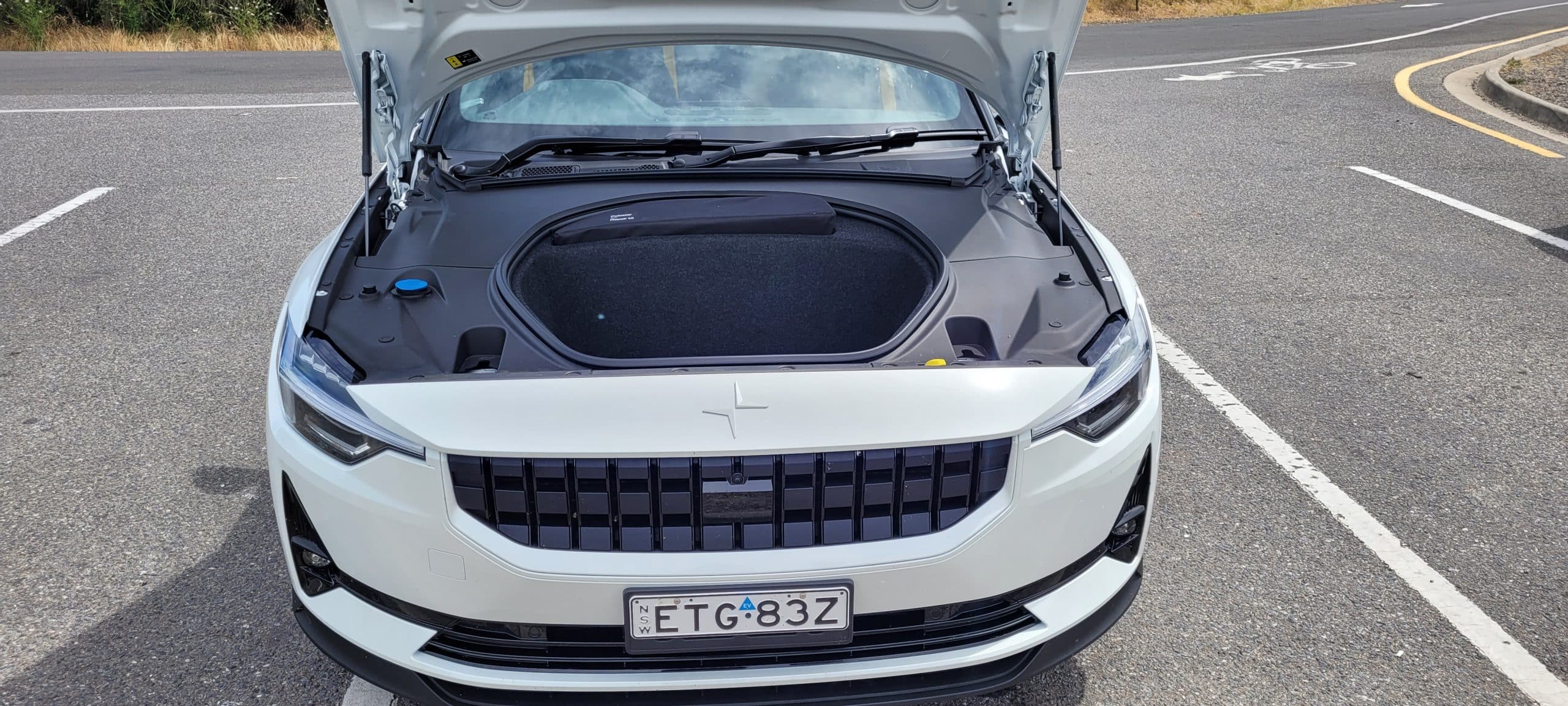
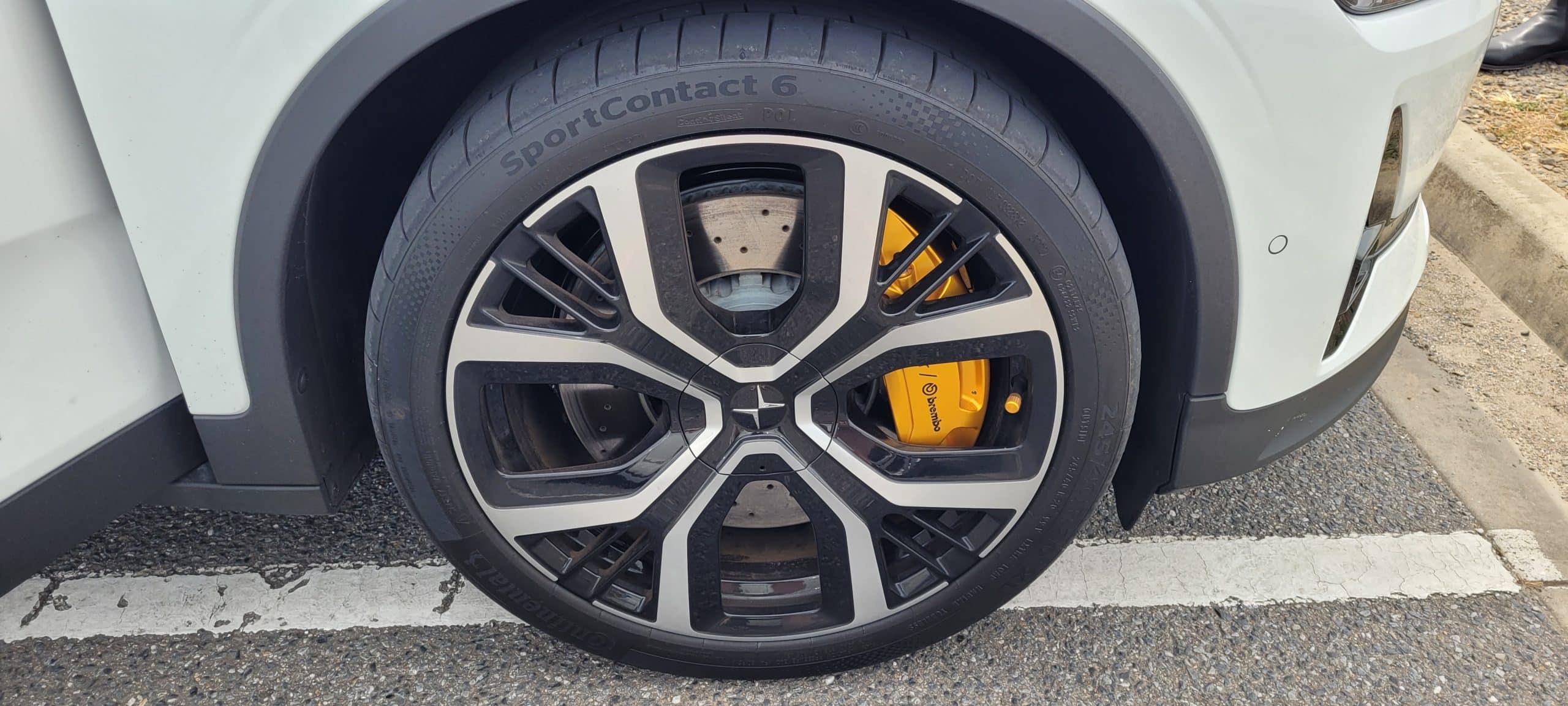
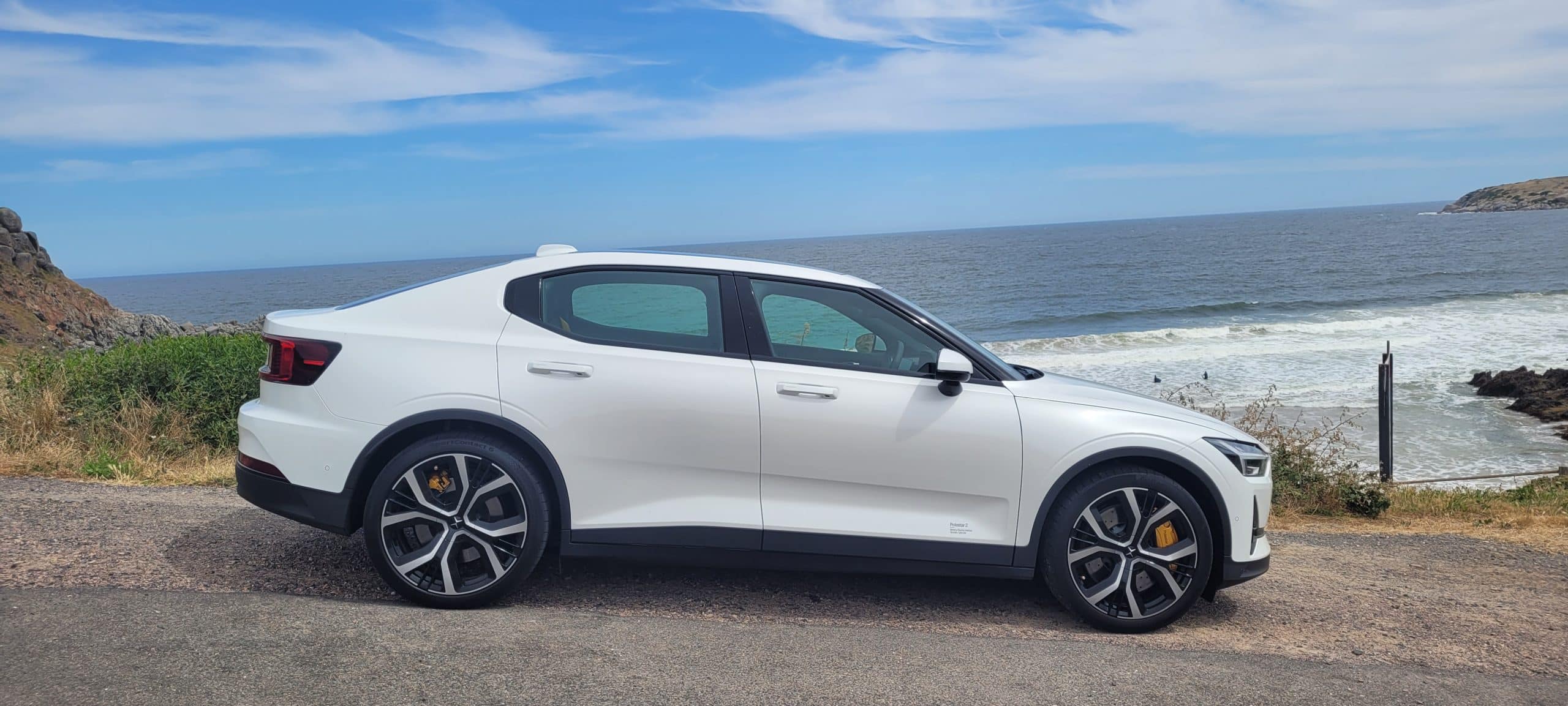
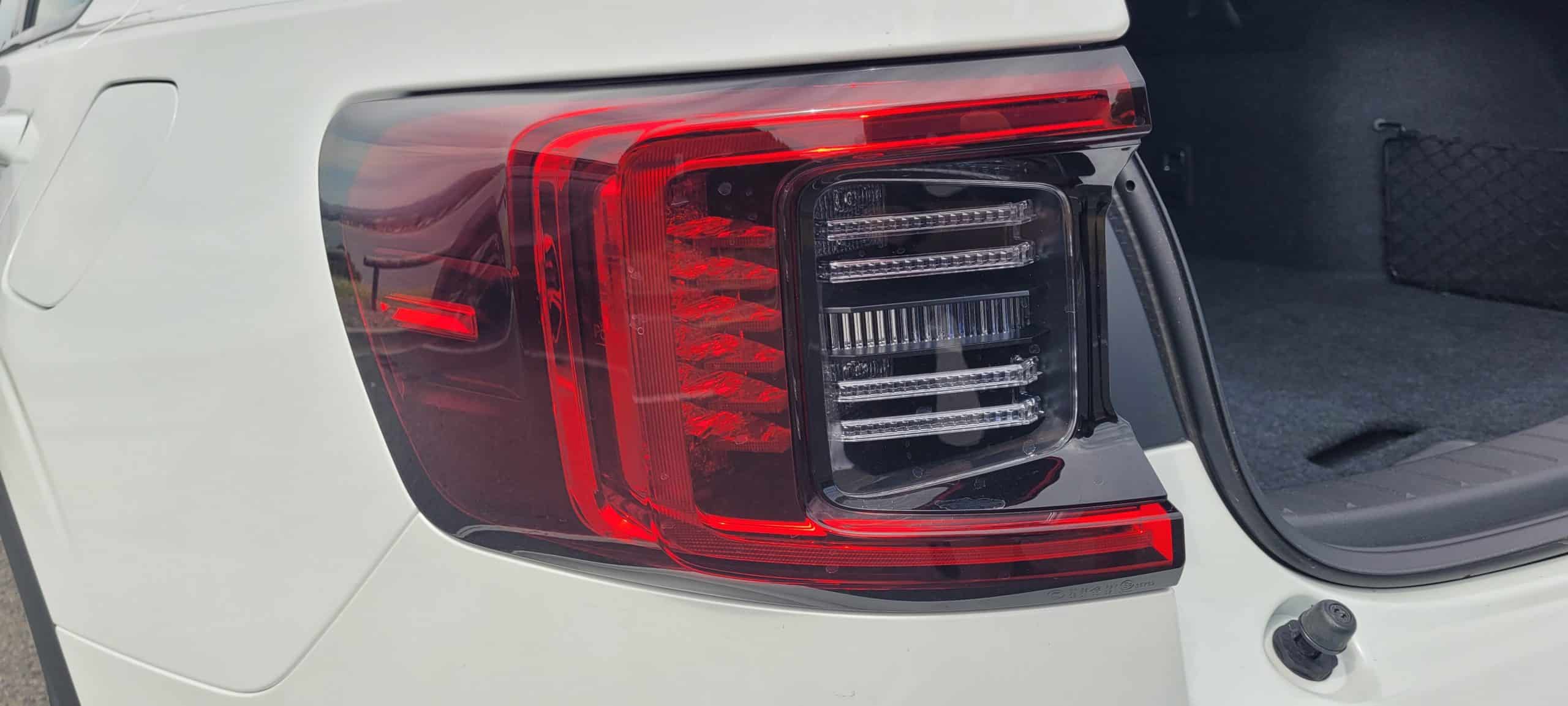
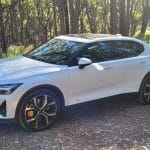
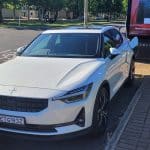
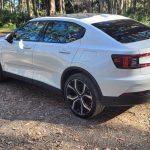

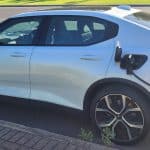
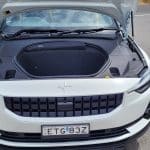
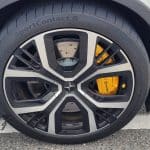
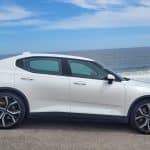
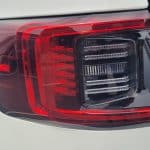
BMW i4
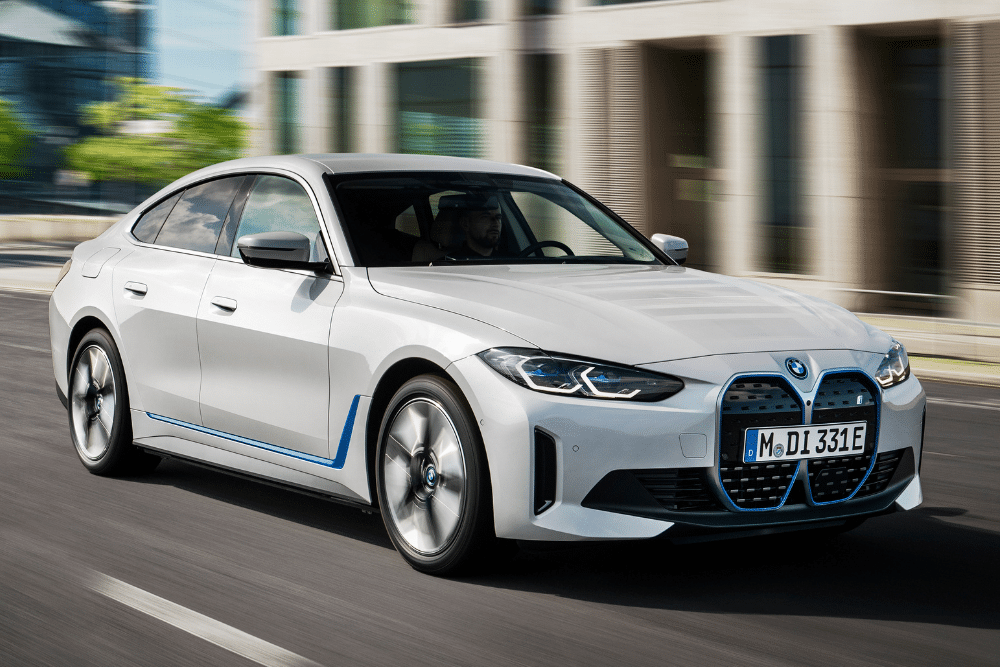
- Minimum and maximum price: from $85,900 to $133,900
- Battery capacity: 67kWh to 81.1kWh
- Maximum power: 400kW/795Nm
11kw charge time (0% to 100%): approx. minimum 8 hours 30 mins - 50kW fast charge time (10% to 80%): approx. minimum 62 mins
- Range: up to 520km (i4 eDrive40)
The introduction of a cheaper base model brings the entry point for the BMW i4 down to under $90,000, which is highly competitive for a luxury electric sedan.
The new base RWD model, the eDrive35, offers up to 210kW of power, 400Nm of torque and 430km of range, which is bettered by the eDrive40 (from $102,900) with 250kW, 430Nm and 520km, respectively. The top-line M50 (from $133,900) kicks it up a gear with a ridiculous 400kW of power and 795Nm of torque, though the AWD’s range falls to 465km.
The blue accents on the exterior are particularly striking, accentuating the aerodynamic design of the car. In terms of features, all models come with a BMW Curved Display, which incorporates the 12.3-inch instrument cluster and 14.9-inch control display into a single unit, as well as a host of safety technologies like:
- BMW Head-Up Display
- Driving Assistant Professional
- Lane Departure Warning and Lane Keep Assist
- Speed Limit Recognition
- Parking Assistant
While the i4 makes a great case for a powerful luxury EV under $100,000, it’s worth noting that ANCAP rated the model four stars in 2022, giving it 71% for Vulnerable Road User Protection and 62% for Safety Assist. All other non-commercial vehicles mentioned on this page either have an active five-star rating or have prior five-star ratings that have since expired, except for the unrated Porsche Taycan.
Luxury electric cars
Polestar 3
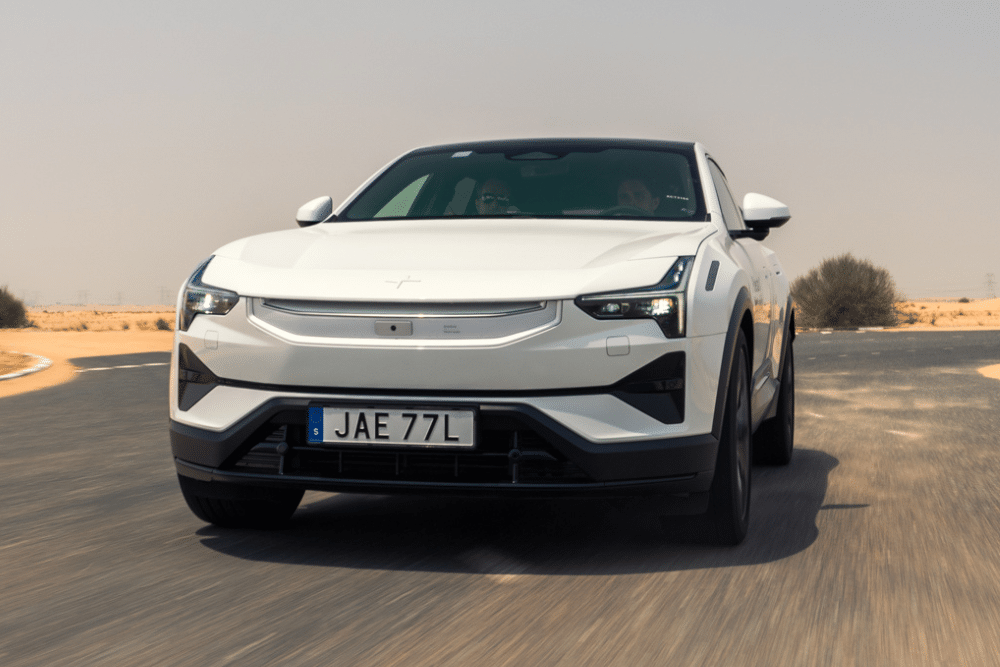
- Minimum and maximum price: from $132,900 to $159,620
- Battery capacity: 111kWh
- Maximum power: 380kW/910Nm
- 11kw charge time (0% to 100%): approx. minimum 11 hours
- 50kW fast charge time (10% to 80%): approx. minimum 62 mins
- Range: up to 628km (Long Range Dual Motor)
The most expensive model currently on offer from Polestar in Australia, the Polestar 3 is a new addition to the premium electric SUV market which is set to arrive in June. It currently only comes in one trim line, the Long Range Dual Motor, but Polestar has announced that a cheaper entry-level model will be introduced in the second half of 2024.
Like the Polestar 2, the base $132,900 price will increase if you choose to add an optional pack, with the Performance, Pilot, Pilot with LiDAR and Plus Packs adding as much as almost $26,000 to your purchase. While it’s capable of reaching 360kW of power and 840Nm of torque as is, the Performance pack elevates it to a maximum of 380kW and a crazy 910Nm.
The display is slightly different from the Polestar 2, with a 9-inch driver display and 14.5-inch centre display. It also boasts a rearview camera with automatic cleaning function, 12 ultrasonic sensors, Cross Traffic Alert with brake support and plenty more in the way of convenience and safety features.
Jaguar I-Pace
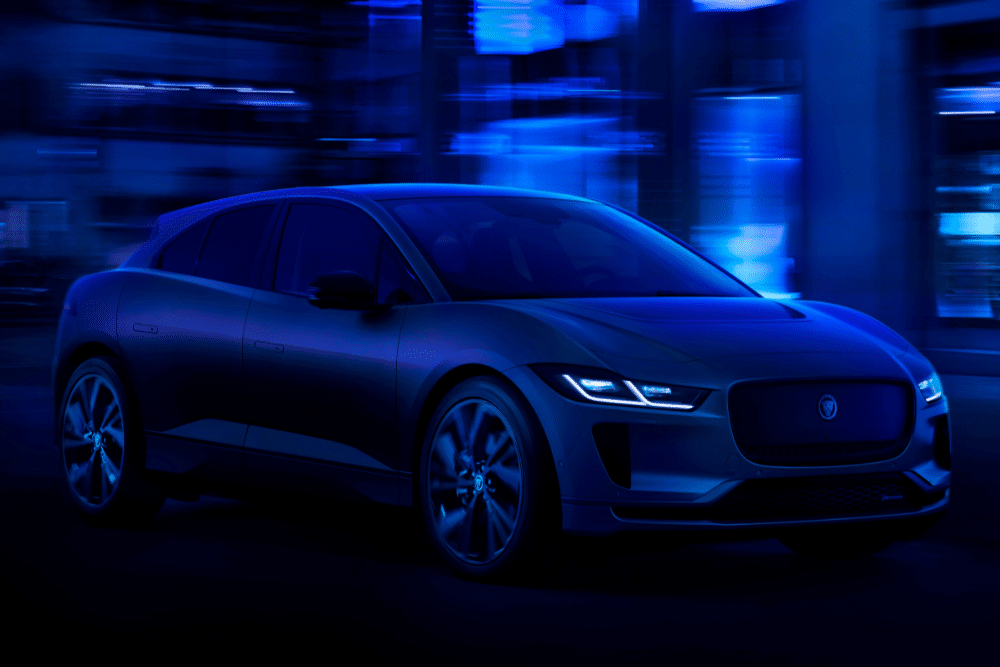
- Minimum and maximum price: from $147,475 to $164,275
- Battery capacity: 90kWh
- Maximum power: 294kW/696Nm
- 11kw charge time (0% to 100%): approx. minimum 8 hours 30 mins
50kW fast charge time (10% - to 80%): approx. minimum 62 mins
- Range: up to 446km (NEDC testing)
The I-Pace is currently the only fully BEV available in Australia through British prestige manufacturer Jaguar. It comes in two trim lines: the R-Dynamic SE (from $147,475) and the top-spec R-Dynamic HSE (from $164,275), both of which boast a 90kWh battery capable of outputs of 294kW and 696Nm of torque. Jaguar also lists their range at 446km, though this is under the NEDC testing method.
As you would expect, the I-Pace is equipped with some very attractive features to complement its luxurious styling (including Windsor leather sports seats). The dual Touchscreen Pivi Pro display allows you to navigate between apps, climate controls and other performance-specific information, while it also features hands-free assistance with Alexa.
Other in-built assistance technologies include:
- Rear Camera
- Driver Condition Monitor
- Lane Keep Assist
- Traffic Sign Recognition and Adaptive Speed Limiter
- Rear Collision Monitor
The I-Pace is sure to offer a comfortable ride (and a powerful one for those who seek it), with plenty to like about its design and features. However, with plenty of optional packs, you could end up spending much more for the inclusions you want.
Genesis Electrified G80
Test-driven: 13-20 February 2023, by Adrian Edlington
"The Genesis G80 electric is a luxurious tank of a car that feels better suited to a Hong Kong action film than the streets of Adelaide.
I'm really not sure who the target market in Australia might be, given the price point and dimensions. While the front seats are great, being a passenger in the rear is not enjoyable for anyone 5' 10" and over, owing to the under-floor battery raising the foot well floor. This makes it less appealing in my opinion as a chauffeured fleet vehicle.
The G80 is beautiful, however, and turns heads. It's a lot of fun to drive and handles really well for a car this size. I liked how Genesis included a combo of physical buttons and controls alongside the touch-screen ones. These are more intuitive to use as you get a feel for where they are and don't need to take your eyes off the road as with a touch-screen.
The G80 electric is a conversion from the big-engined fossil fuel models, so seems to waste a lot of space in the front when compared to an EV built from the ground up, such as the GV60.
I can see this model being very popular in Japan and throughout Asia more broadly. You get a big luxury sedan for a fraction of the cost of major competitors. Australian sales definitely won't affect the success of this vehicle, that's for sure."
- Minimum and maximum price: from $145,675
- Battery capacity: 87.2kWh
- Maximum power: 272kW/700Nm
- 11kw charge time (10% to 100%): approx. minimum under 8 hours
- 50kW fast charge time (10% to 80%): approx. minimum 62 mins
- Range: up to 520km
The Electrified G80 is the only fully electric model from Genesis’ G80 line of luxury sedans. Unlike the Polestar 2, another luxury electric sedan (albeit much cheaper), the Electrified G80 comes in only trim level and with all possible extras already included, rather than offering optional packs for an extra outlay.
Its maximum 272kW power output and 700Nm torque ensure you’ll get a bit of zip on the road, while its claimed range of up to 520km is highly competitive, though slightly lower than some of the other sedans mentioned on this page. It also packs in a variety of convenience features for drivers, including:
- Genesis Digital Key
- Touch type outside door handles
- Navigation-based Smart Cruise Control (safe, curve)
- Intelligent speed limit assist
- Blind-spot Collision-avoidance Assist
- 14-inch infotainment system display with Genesis Connected Services (free for five years)
- Lexicon 17-speaker system (with Quantum logic surround sound)
There’s no doubt the Electrified G80’s opulent interior, generous range and competitive price compared to other players in the luxury market will appeal to plenty of buyers.
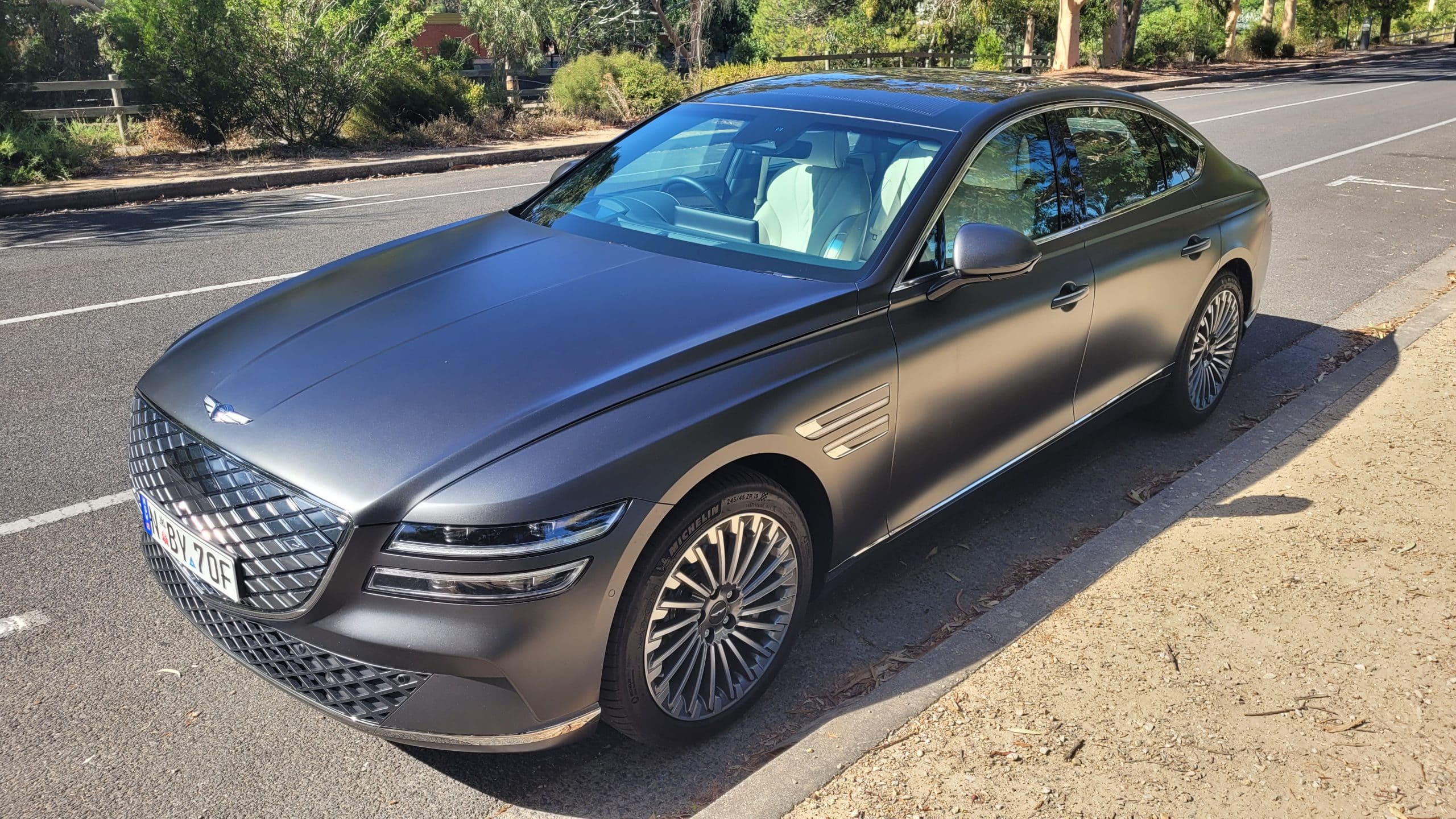
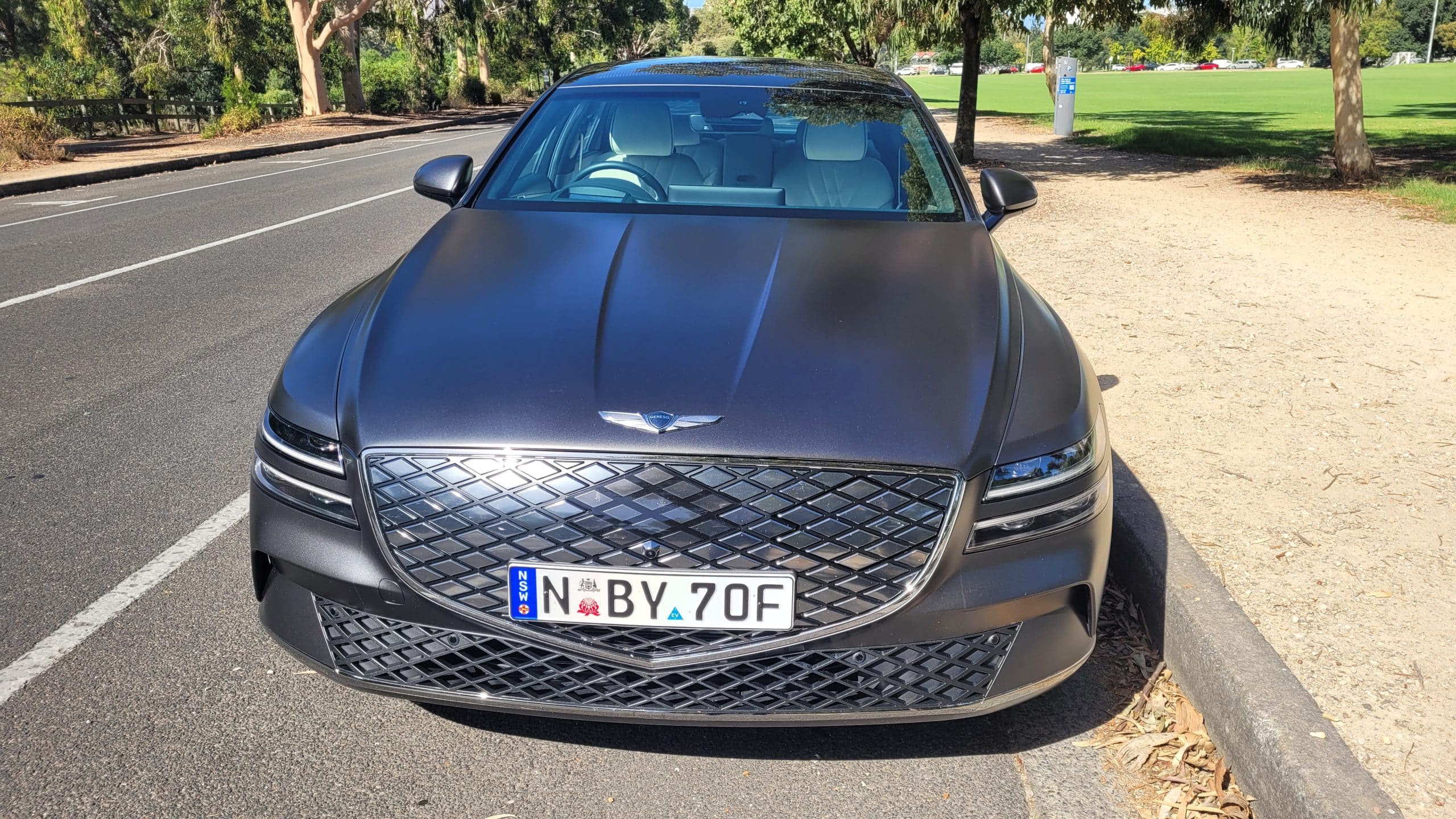
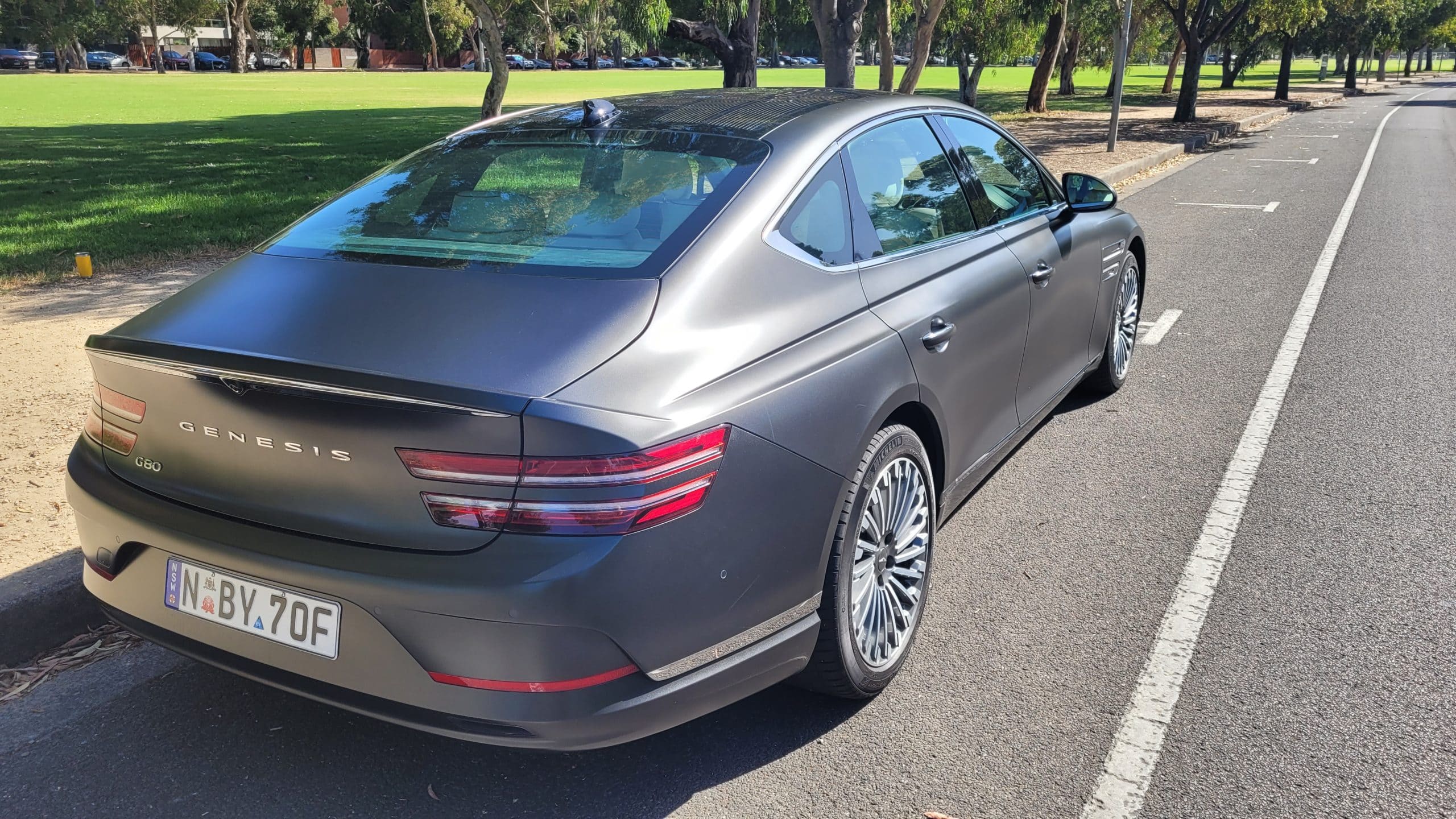
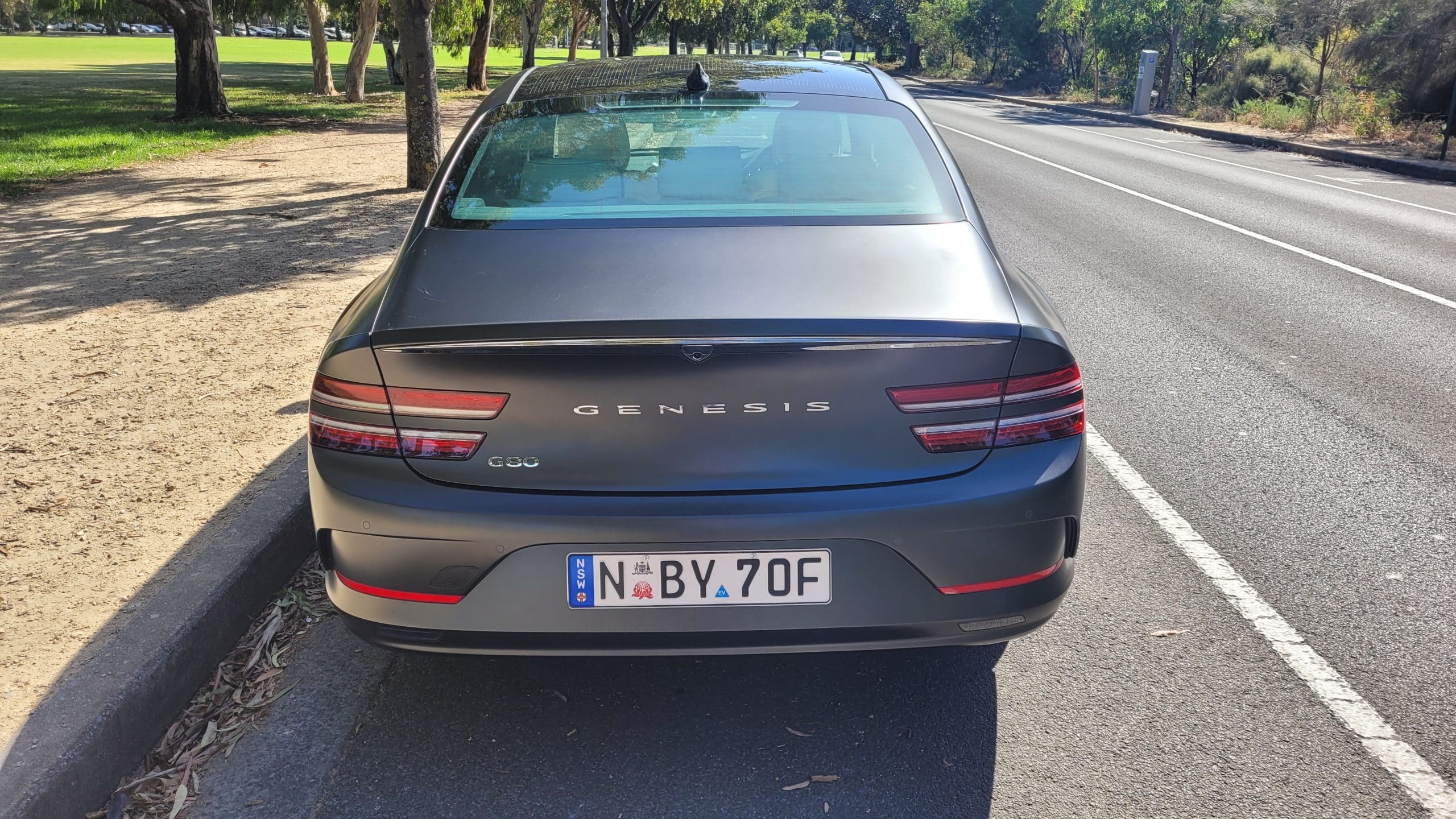
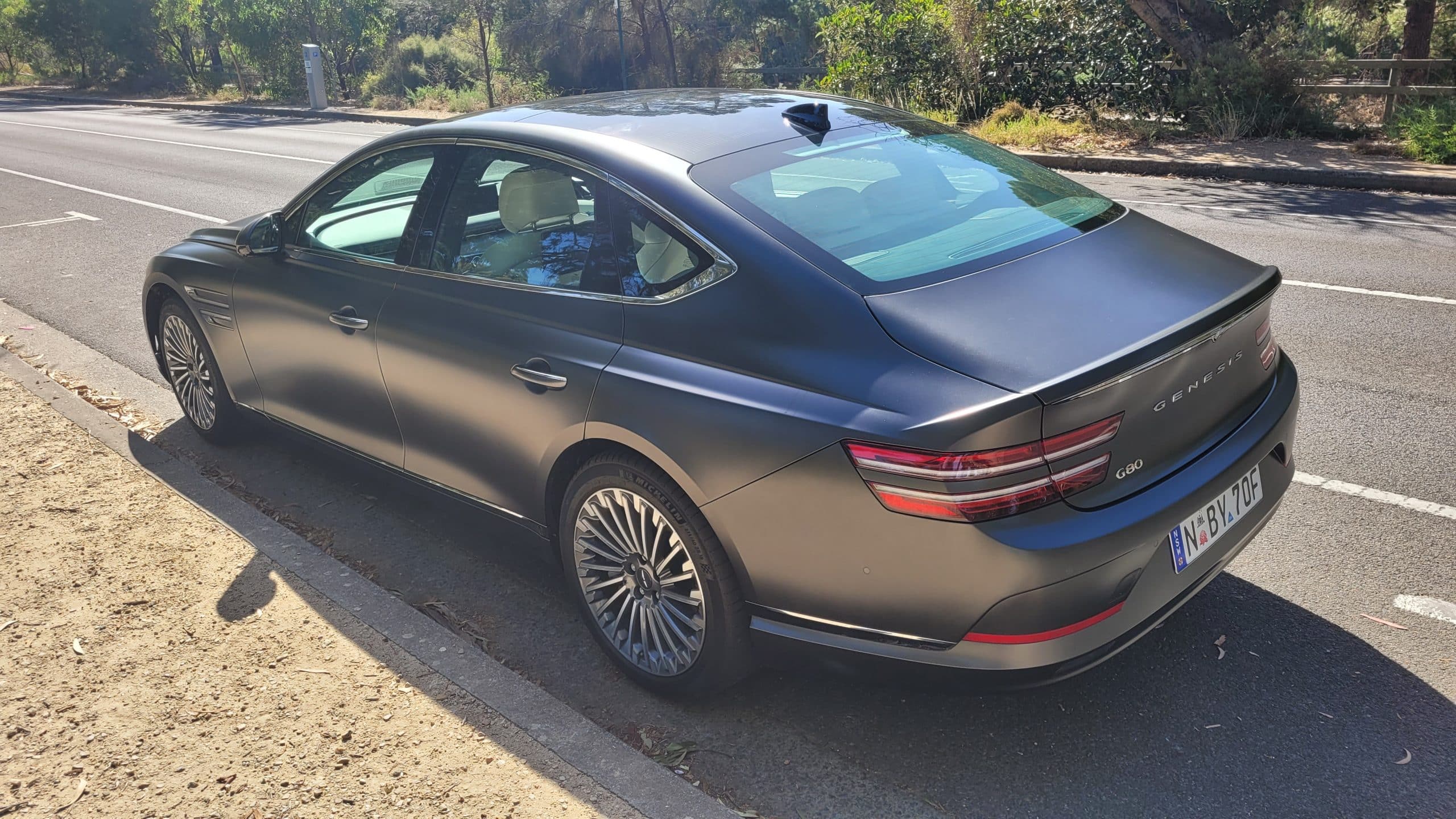
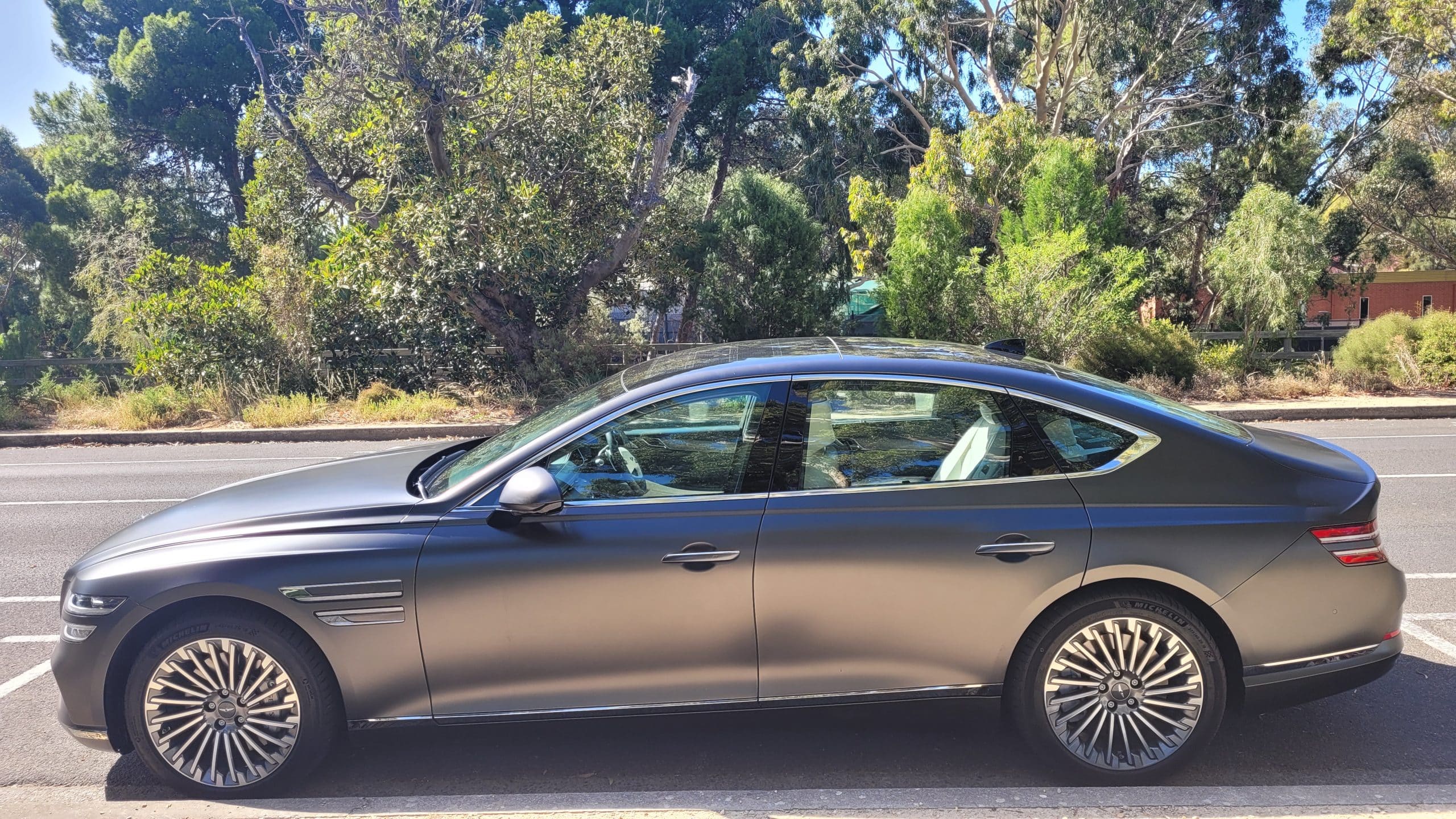
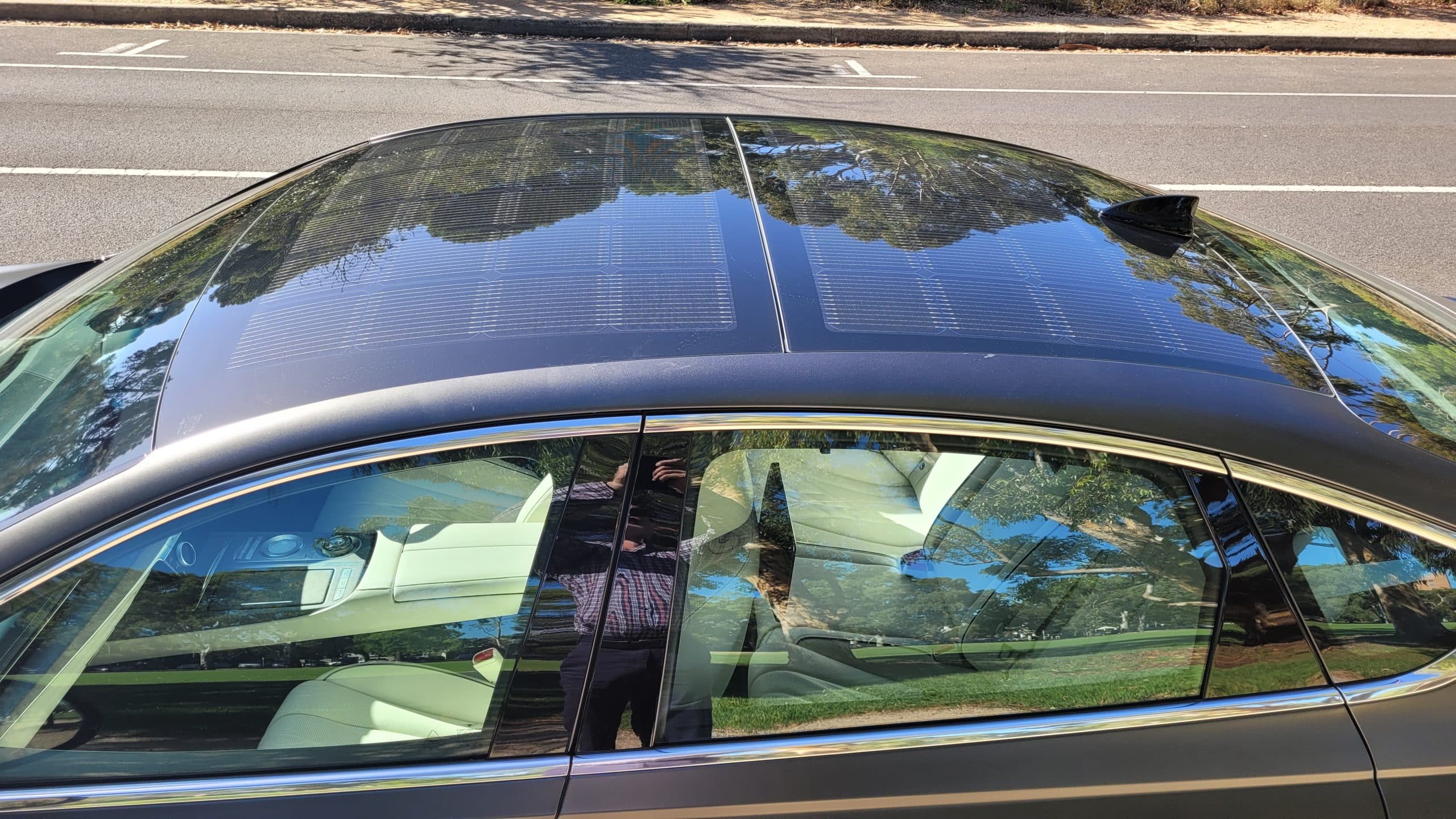
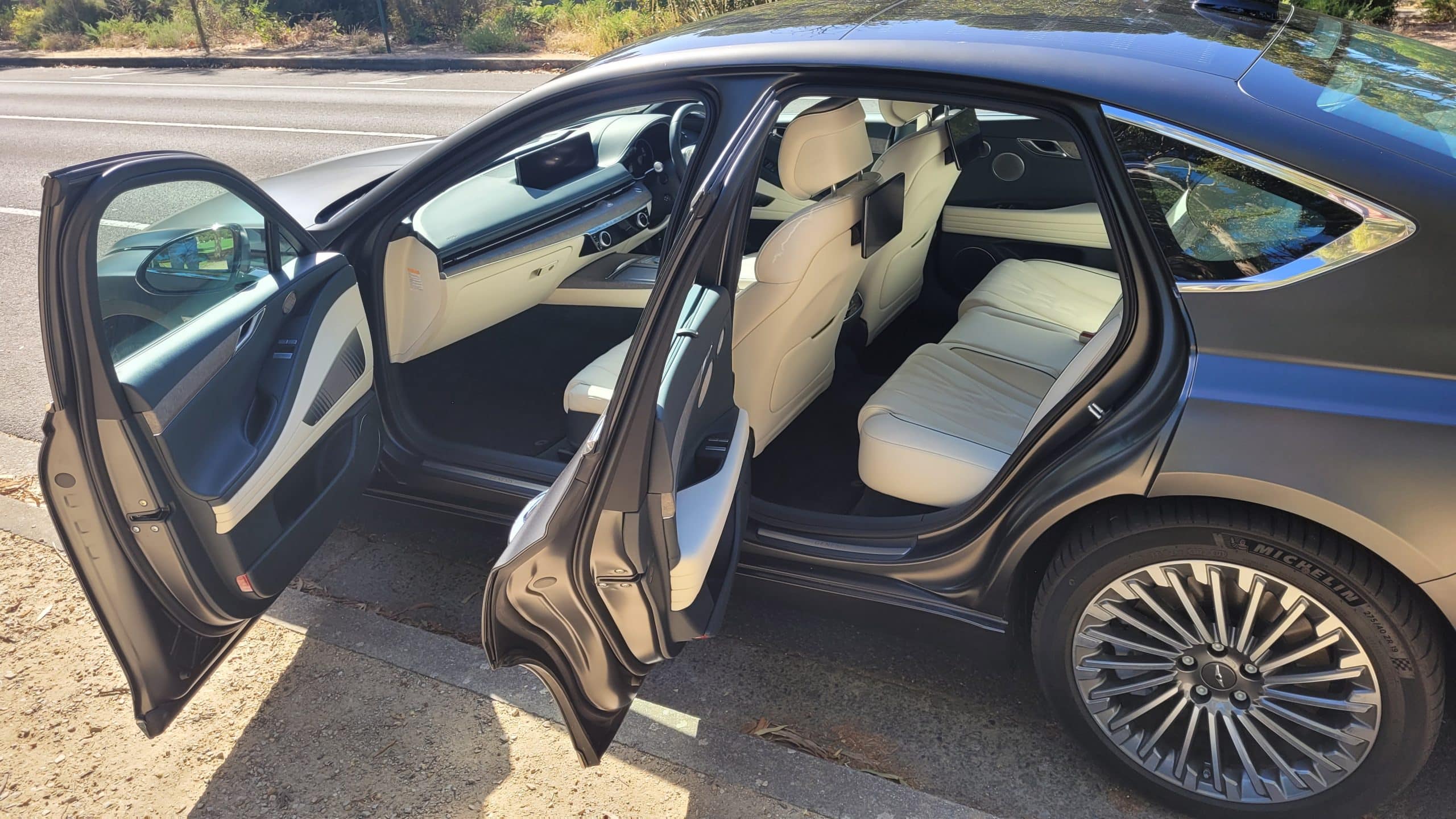
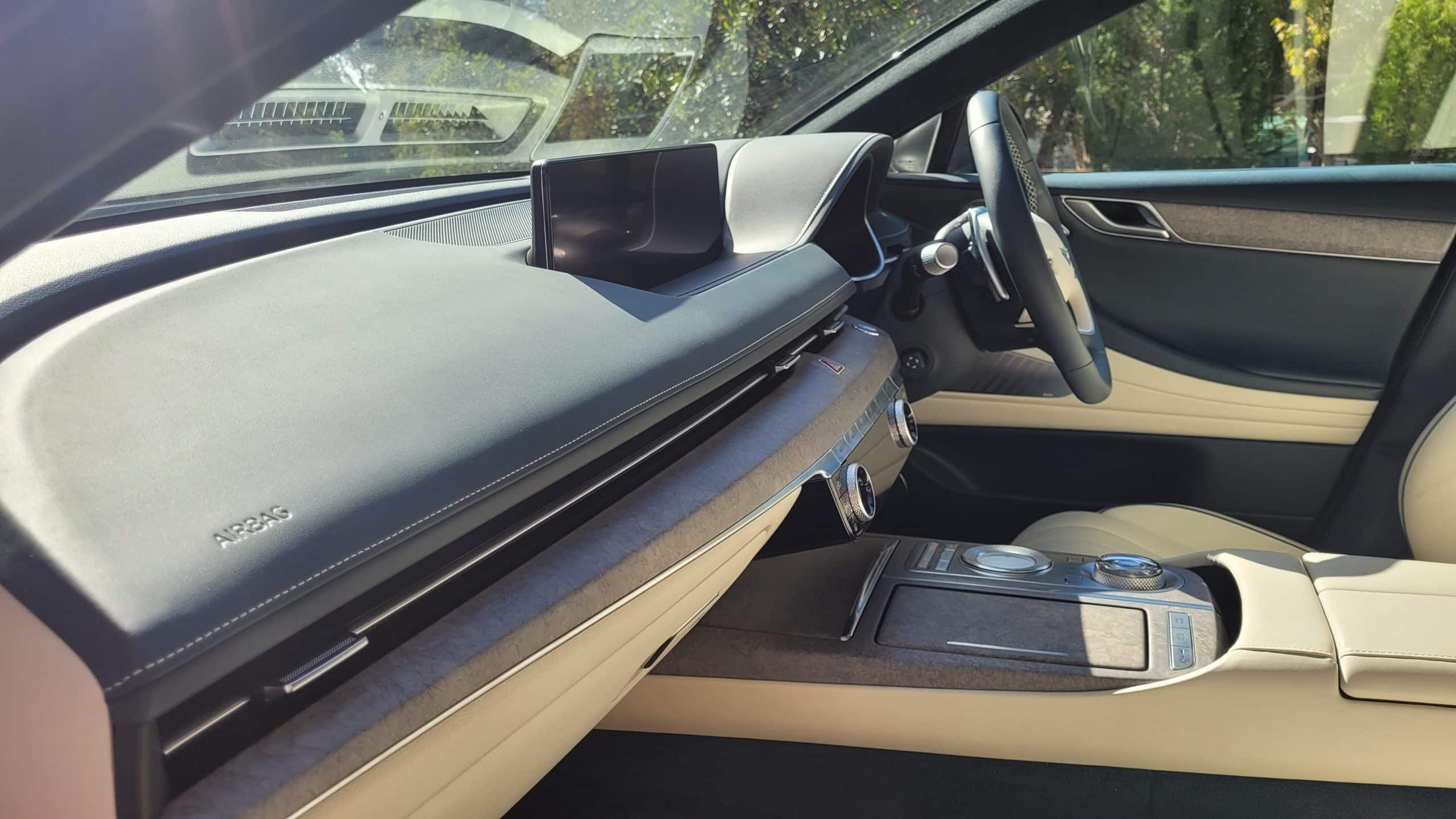
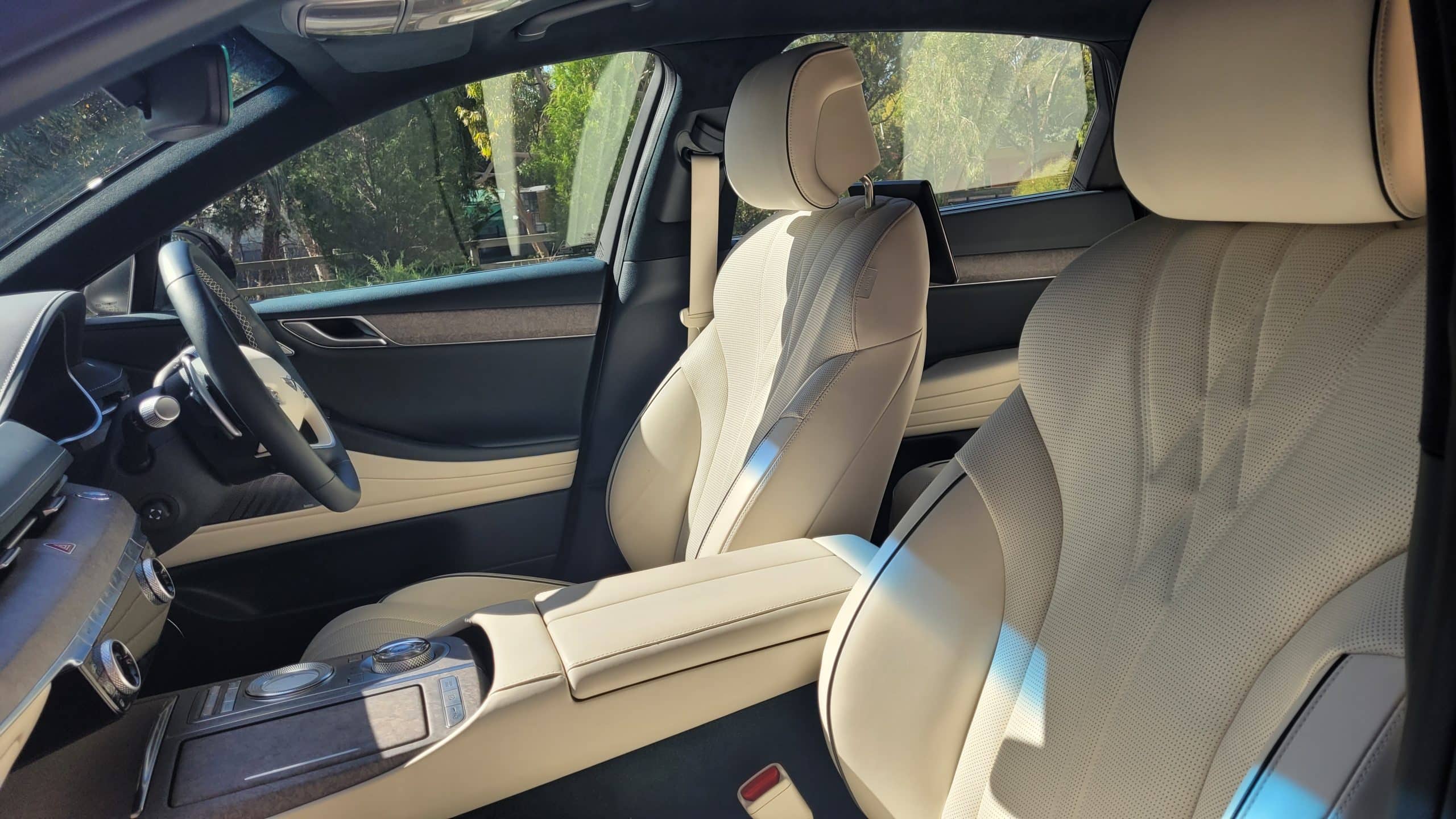
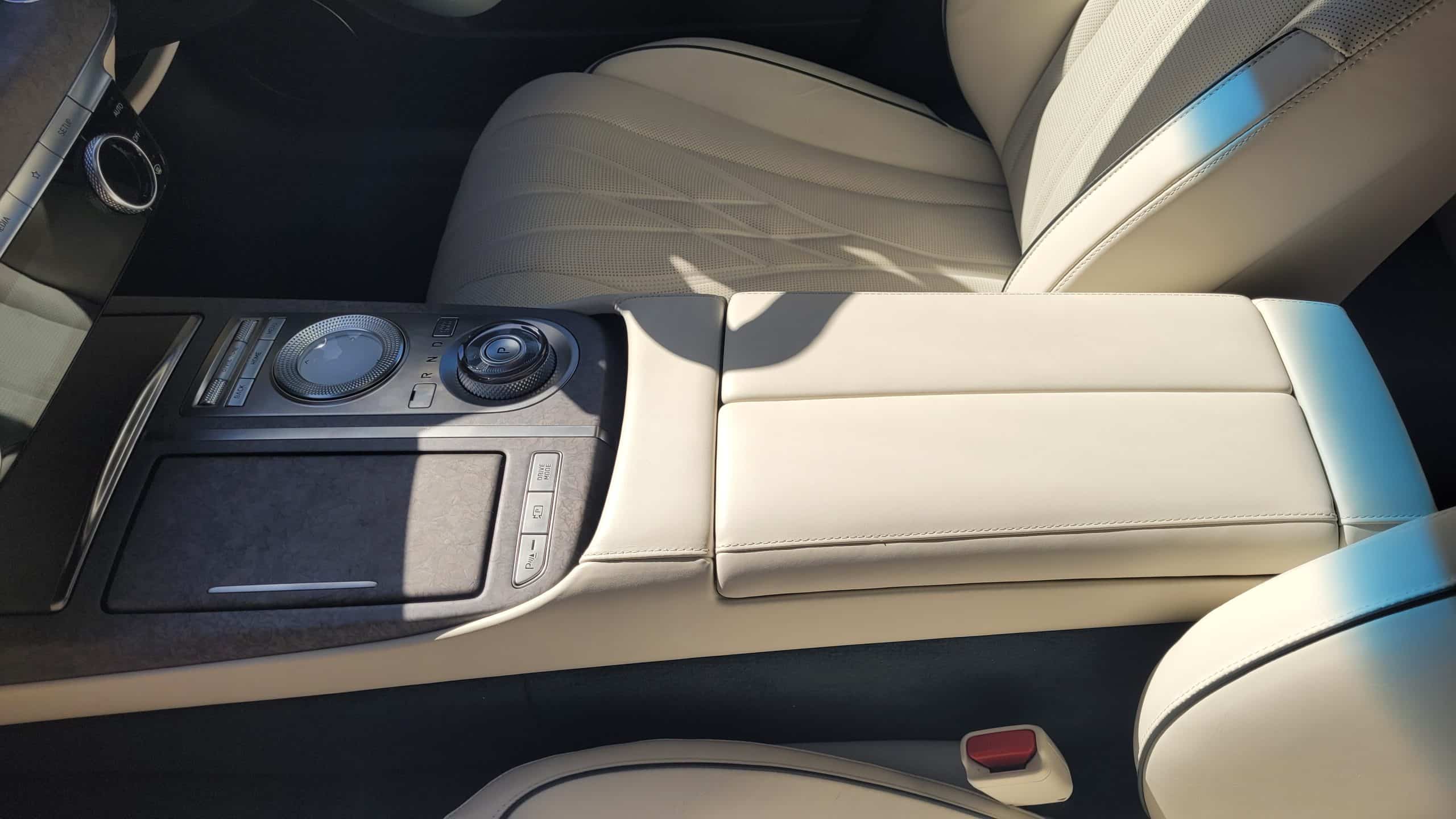
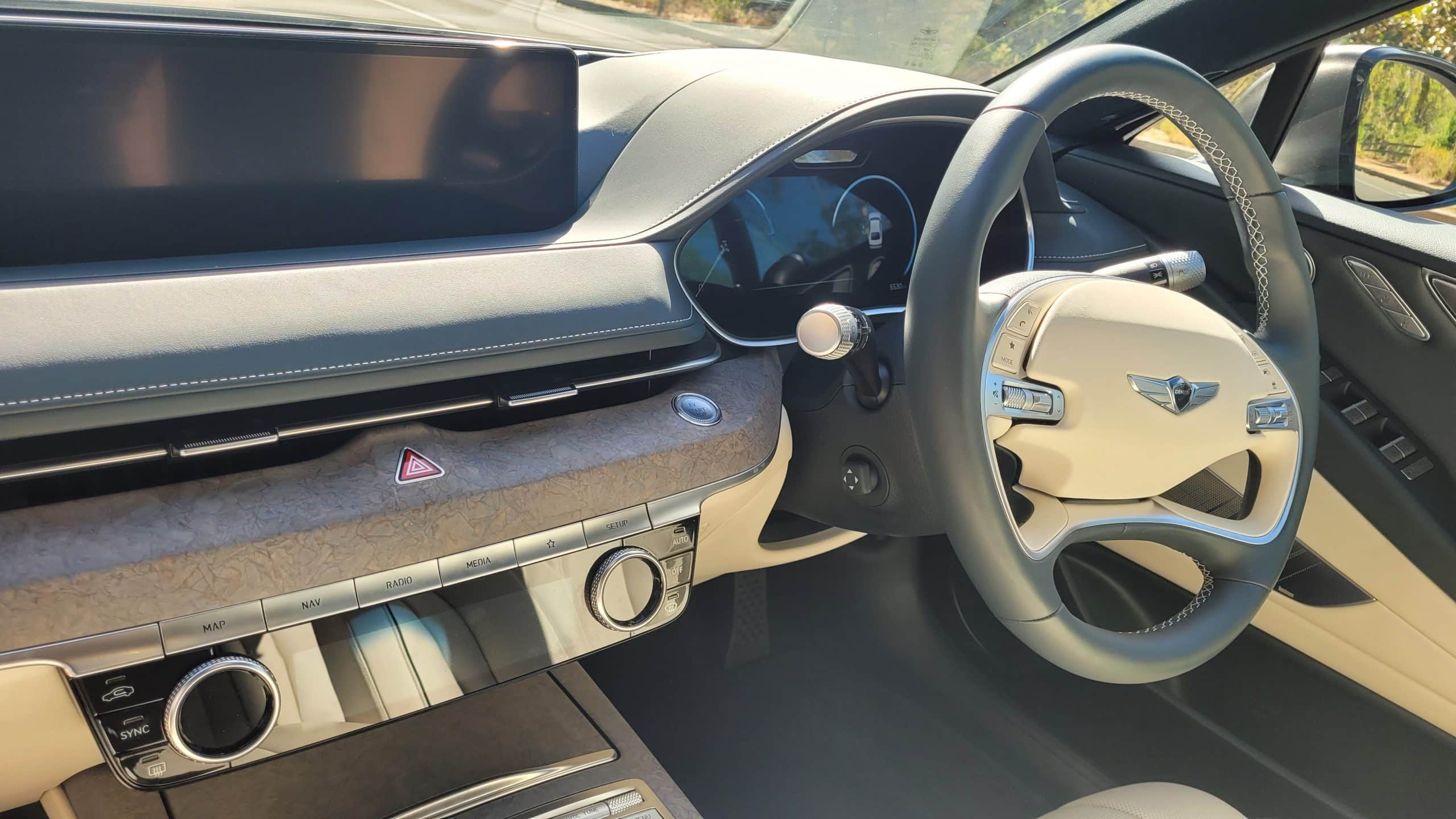
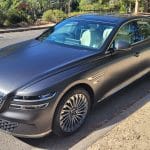
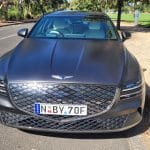
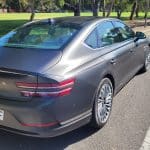
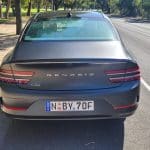
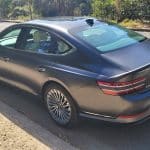
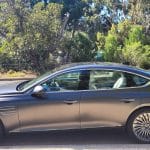
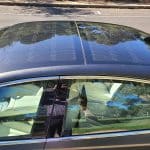
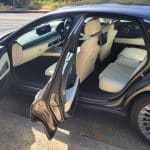
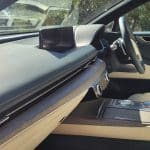
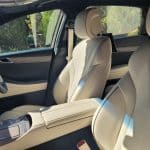

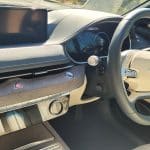
Porsche Taycan
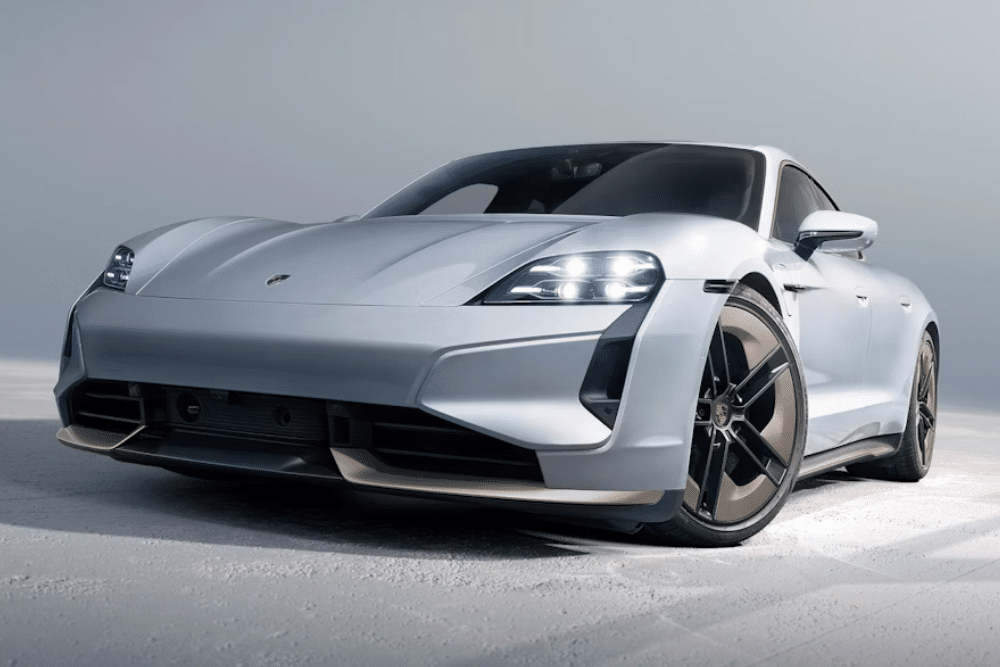
- Minimum and maximum price: from $164,400 to $363,800
- Battery capacity: 89kWh to 105kWh
- Maximum power: 760kW (Overboost Power with Launch Control)/1,240Nm
- 11kw charge time (0% to 100%): approx. 9 hours
- 50kW fast charge time (10% to 80%): approx. minimum 73 mins
- Range: up to 651km (Taycan with Performance Battery Plus)
The first all-electric car from German manufacturer Porsche has proven to be a hit with premium car buyers, with over 500 models sold in 2023 placing it towards the top of luxury EV sales for the year. There are eight variants of the Taycan in their 2024 lineup, which are:
- Taycan: from $164,400
- Taycan 4 Cross Turismo: from $185,200
- Taycan 4S: from $205,300
- Taycan 4S Cross Turismo: from $216,200
- Taycan GTS: from $248,300
- Taycan Turbo: from $292,600
- Taycan Turbo Cross Turismo: from $295,300
- Taycan Turbo S: from $363,800
However, Porsche has already confirmed that the GTS won’t be part of the 2025 line-up, replaced by a new top-line model in the Turbo GT.
This thing is fast; for context, the slowest and least powerful model, the Taycan base, packs 300kW of power and can go from 0 to 100km/h in 4.8 seconds. In contrast, the Turbo GT with Weissach Package, which is set to arrive in Australian showrooms in 2024, is capable of reaching an obscene 760kW and 1,240Nm and hitting 100km/h in just 2.2 seconds. This performance vehicle is the fastest production model Australia has seen.
Audi e-tron GT
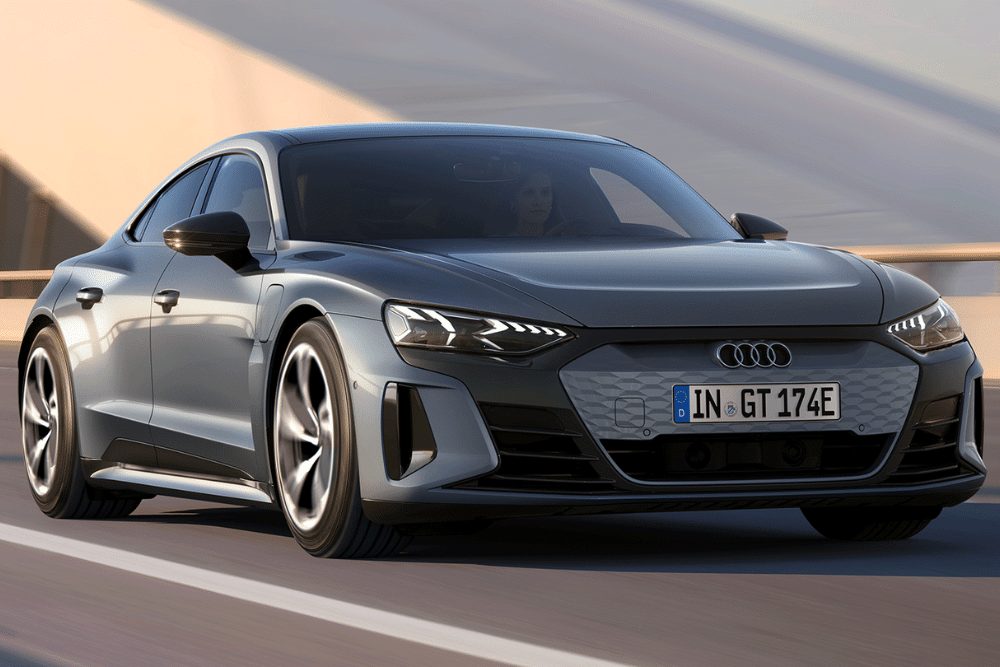
- Minimum and maximum price: from $178,875 to $246,875
- Battery capacity: 93kWh
- Maximum power: 475kW (in boost mode)/830Nm
- 11kw charge time (0% to 100%): approx. 7 hours 43 mins
- 50kW fast charge time (10% to 80%): approx. minimum 73 mins
- Range: up to 540km (NEDC testing)
The Audi e-tron GT range consists of two models: the e-tron GT and the RS e-tron GT, which start at prices of $178,875 and $246,875, respectively. While it isn’t as powerful as the Taycan (what is?), the e-tron GT can still hit the heights of 350kW (390kW in boost mode) and 630Nm of torque (640Nm in boost mode). Just a reminder: this is the base model.
The RS e-tron GT takes it a step further with up to 440kW (475 in boost mode) and 830Nm. However, just because it’s fast doesn’t mean it isn’t safe, as it comes with the following features:
- Audi pre-sense city with Autonomous Emergency Braking, pedestrian detection and cyclist detection
- Audi active lane assist
- 360-degree cameras including kerb view function
- Park assist with Audi parking system plus including front and rear sensors
- Intersection crossing assist
Add to these a three-year complimentary subscription to Audi connect plus, a 12.3-inch virtual cockpit, a 16-speaker Bang & Olufsen sound system and the slick German design shining through inside and out, you can drive in luxury. However, Audi doesn’t confirm an exact figure for the e-tron GT’s range.
Electric vans
Peugeot e-Partner
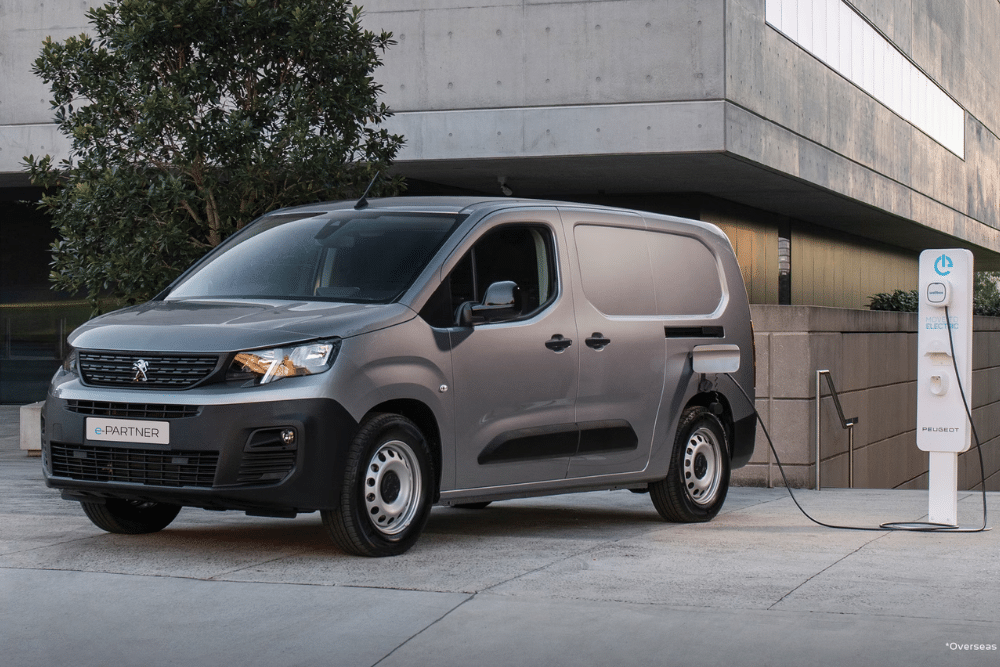
- Minimum and maximum price: from $59,990
- Battery capacity: 50kWh
- Maximum power: 100kW/260Nm
- 7.4kw charge time (0% to 100%): approx. minimum 7.4 hours
- 50kW fast charge time (10% to 80%): approx. minimum 73 mins
- Payload: up to 750kg
- Load volume: 3.9m3
- Wheelbase: LWB
- Range: up to 258km
If you’re shopping for an EV in the commercial van space, there are several options to choose from. One of the cheapest in Australia right now is the Peugeot e-Partner, which is an electric variant of the Partner Van range that comes with a starting price of $59,990.
On the smaller end of the electric van market, the e-Partner comes with a payload of up to 750kg and 3.9m3 of loading volume on the back of its 50kWh battery, which is capable of producing up to 100kW of power. It contains all the safety features offered across the Partner range, plus some electric-exclusive ones, including:
- Hill Start Assist
- Advanced Driver Attention Alert (DAA3)
- Active Lane Keep Assist
- Autonomous Emergency Braking (AEB)
- Acoustic Vehicle Alerting System (AVAS), which produces external sound when travelling at low speed for pedestrian safety
- 180° colour reversing camera
You can also enjoy an 8-inch capacitive central touchscreen, 3D Satellite Navigation, DAB radio, Apple CarPlay, Android Auto, voice recognition and more.
LDV eDeliver 7
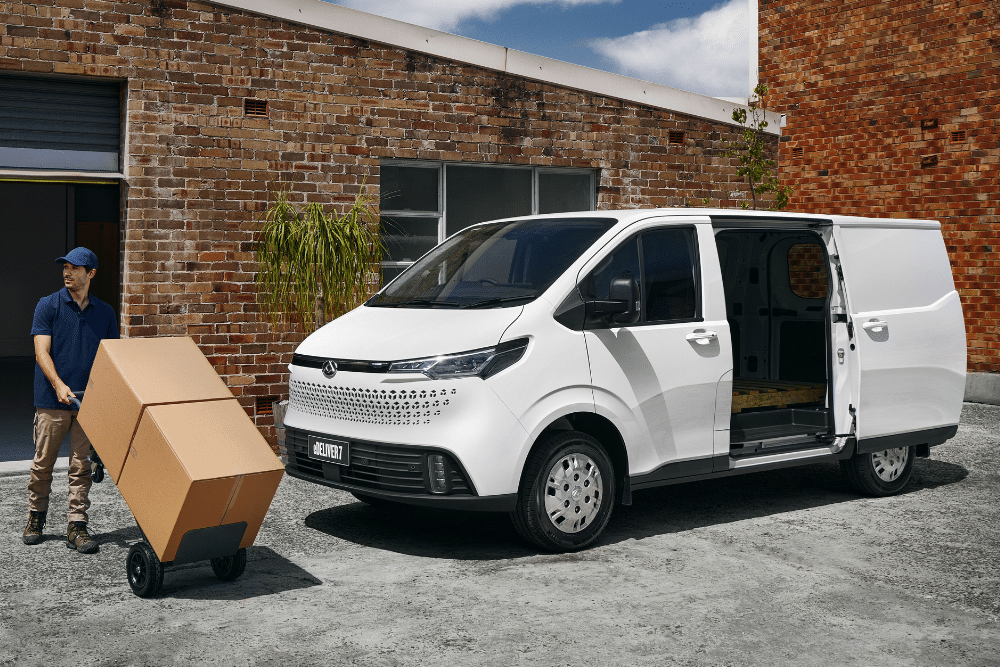
- Minimum and maximum price: from $59,990 to $66,990
- Battery capacity: 77kWh to 88kWh
- Maximum power: 150kW/330Nm
- 11kw charge time (5% to 100%): approx. minimum 8 hours
- 50kW fast charge time (10% to 80%): approx. minimum 73 mins
- Payload: up to 1350kg (eDeliver 7 SWB Low Roof)
- Load volume: up to 8.7m3 (eDeliver 7 LWB High Roof)
- Wheelbase: SWB and LWB
- Range: up to 362km (eDeliver 7 LWB Low Roof)
Available for roughly the same starting price as the smaller e-Partner is the eDeliver 7 from Chinese manufacturer LDV. The one-tonner comes in four trim levels, incorporating both SWB and LWB models and short and high roofs, as well as two different batteries: a 77kWh and 88kWh one.
The option to choose between different sizes and heights allows buyers to customise their vehicle to their liking, with the SWB Low Roof starting from a cargo volume of 5.9m3 and the top trim LWB High Roof increasing this to 8.7m3. This is thanks in large part to the 366mm increase in cargo area length and 400mm increase in height.
Some of the safety and convenience features of the eDeliver 7 include (on all trims):
- Emergency Lane Keep Assist (ELKA)
- Speed Limit Sign Identification
- Intelligent Headlight Control
- Fatigue Reminder
- Reverse Camera
- 3” Touch Screen Infotainment Display with DAB Radio & Bluetooth
- Keyless Entry and Start with Proximity Smart Key
There’s no doubt the eDeliver 7 makes an impressive case as a mid-sized electric van at a very low starting price.
Renault Kangoo E-Tech
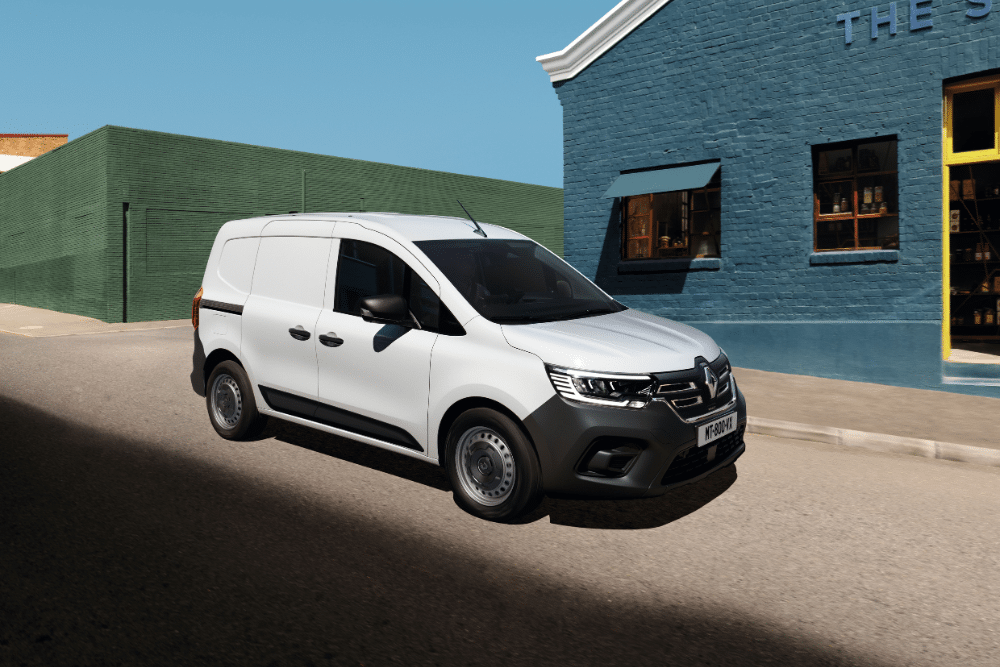
- Minimum and maximum price: from $61,990 to $63,990
- Battery capacity: 45kWh
- Maximum power: 90kW/245Nm
- 11kw charge time (15% to 80%): approx. 2 hours 40 mins
- 50kW fast charge time (10% to 80%): approx. minimum 73 mins
- Payload: up to 668kg (Kangoo E-Tech LWB)
- Load volume: up to 4.2m3 (Kangoo E-Tech LWB)
- Wheelbase: SWB and LWB
- Range: up to 286km
Renault’s Kangoo E-Tech is a competitor in the small van market alongside the e-Partner. At a starting price of $61,990 for the SWB variant and $63,990 for the LWB, it sits at a similar (but slightly higher) price compared to its Renault counterpart.
Its battery is slightly lower-power at 45kWh, allowing it to reach up to 90kW (10kW lower), but its range is listed at 286km, which is 28km better than the e-Partner. It also comes with a lower maximum payload of 668kg and higher maximum load volume of 4.2m3.
The Kangoo E-Tech comes with an Easy Link 8-inch capacitive touchscreen multimedia system and Apple CarPlay & Android Auto smartphone replication, as well as the following safety features:
- Rear parking sensors
- Reversing camera
- Advanced Emergency Braking System
- Lane Keep Assist and Lane Departure Warning
However, there are several other features, such as Blind Spot Intervention, overspeed prevention, traffic sign recognition and adaptive cruise control that are locked behind an optional pack.
Mercedes-Benz eVito
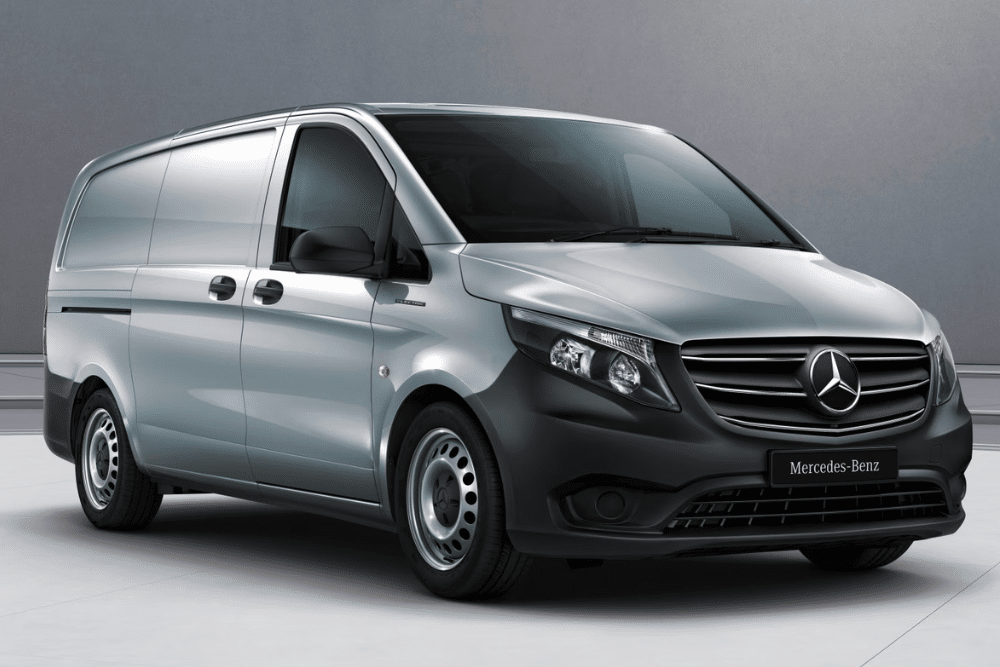
- Minimum and maximum price: from $91,051
- Battery capacity: 60kWh
- Maximum power: 85kW/360Nm
- 11kw charge time (0% to 100%): approx. minimum 6 hours 30 mins
- 50kW fast charge time (10% to 80%): approx. minimum 73 mins
- Payload: up to 882kg
- Load volume: 6.0m3
- Wheelbase: MWB
- Range: up to 262km (NEDC testing)
The eVito from Mercedes-Benz finds itself in the middle of the five vans here, with its single medium wheelbase (MWB) trim giving it a load volume of 6.0m3 and potential payload of up to 882kg. However, despite possessing a 60kWh battery, its maximum power of 85kW falls below the e-Partner and Kangoo E-Tech, both of which have lower-power batteries.
Mercedes-Benz’s listed range for the eVito is 262km, but this is based on the NEDC form of testing, with the WLTP-standard range not disclosed. However, the German manufacturer does claim that the van can be fully charged in 6.5 hours on an 11kW AC, which is faster than many of the vehicles mentioned on this page.
In terms of safety, it comes with a suite of assistance technologies, such as Active Distance Assist DISTRONIC, Blind Spot Assist, Active Brake Assist, Lane Keeping Assist and more.
At an entry price of $91,051, it won’t necessarily be affordable for every small or medium business, but the eVito brings a touch of luxury to your commercial van, both in terms of its features and its modern, premium interior.
Ford E-Transit
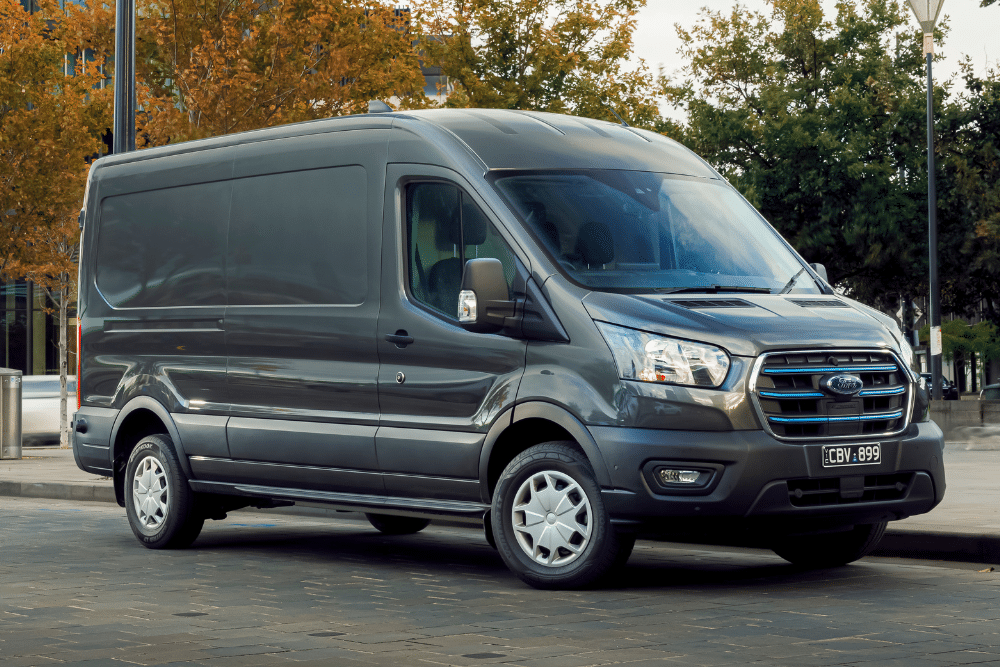
- Minimum and maximum price: from $104,990
- Battery capacity: 68kWh
- Maximum power: 198kW/430Nm
- 11kw charge time (0% to 100%): approx. 8 hours
- 50kW fast charge time (10% to 80%): approx. minimum 73 mins
- Payload: up to 1,611kg (E-Transit Mid-Roof)
- Load volume: up to 12.4m3 (E-Transit High-Roof)
- Wheelbase: LWB
- Range: up to 307km
The most expensive van on this list, the E-Transit from American carmaker Ford will set you back at least $104,990. It comes in only trim, with the option for either a lower (Mid-Roof) or higher (High-Roof) roof. It’s larger than any of the other vans listed by some distance, with a wheelbase clocking in at 3750mm and a total overall height of up to 2790mm.
As you’d expect, the payload and load volume reflect this increased size, with up to 1,611kg able to be carried by the E-Transit (Mid-Roof) and a total load volume of up to 12.4m3 (E-Transit High-Roof). With its 68kWh battery, it’s also capable of a maximum power output of 198kW and torque of 430Nm, as well as an impressive 307km range.
The following safety technologies are included as standard:
- Blind Spot Monitoring System (BLIS)
- Load Adaptive Control
- Remote Keyless Entry with two fobs
- Lane Keeping Aid with Lane Departure Warning
- Dynamic Stability Control (DSC) incorporating ABS
On top of this, drivers can make use of a Floating 12-inch Capacitive Touch Screen, SYNC4 Connectivity System with Applink, FordPass Connect with Embedded Modem, satellite navigation and more. If you or your business is in a position to fork out for the E-Transit, it could offer the space and convenience you’re looking for.
Electric utes
LDV eT60
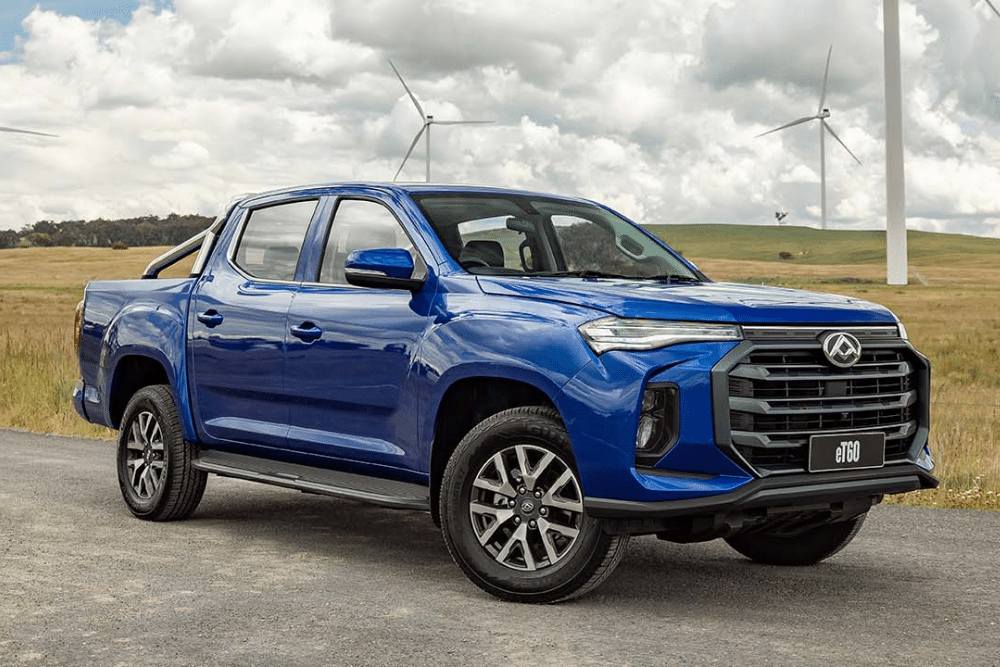
- Minimum and maximum price: from $92,990
- Battery capacity: 88.6kWh
- Maximum power: 130kW/310Nm
- 11kw charge time (0% to 100%): approx. minimum 9 hours
- 50kW fast charge time (10% to 80%): approx. minimum 73 mins
- Payload: up to 1,000kg
- Braked towing capacity: up to 1,000kg
- Range: up to 330km
The eT60 from LDV is Australia’s first, and (as of May 2024) only, electric ute to go on sale. It isn’t necessarily immediately approachable with a starting price as high as $92,990, which doesn’t include on-road costs, but the eT60 is likely to be the first of many of its kind traversing our roads over the next five to ten years.
With an 88.6kWh battery, the eT60 can reach outputs of up to 130kW of power and 310Nm of torque, as well as a more limited potential range of up to 330km. It also only offers a 1,000kg towing capacity, which is far below some of the leading utes on the market (the Ford Ranger and Toyota HiLux pack towing capacities of up to 3,500kg).
It hasn’t been easy going for the eT60, being panned by automotive reviewers and only registering five sales in Australia up to the end of April 2024 (a number which also includes the petrol version, the T60). However, it’s set to be replaced in 2025 by a new electric ute.
Ford F-150 Lightning
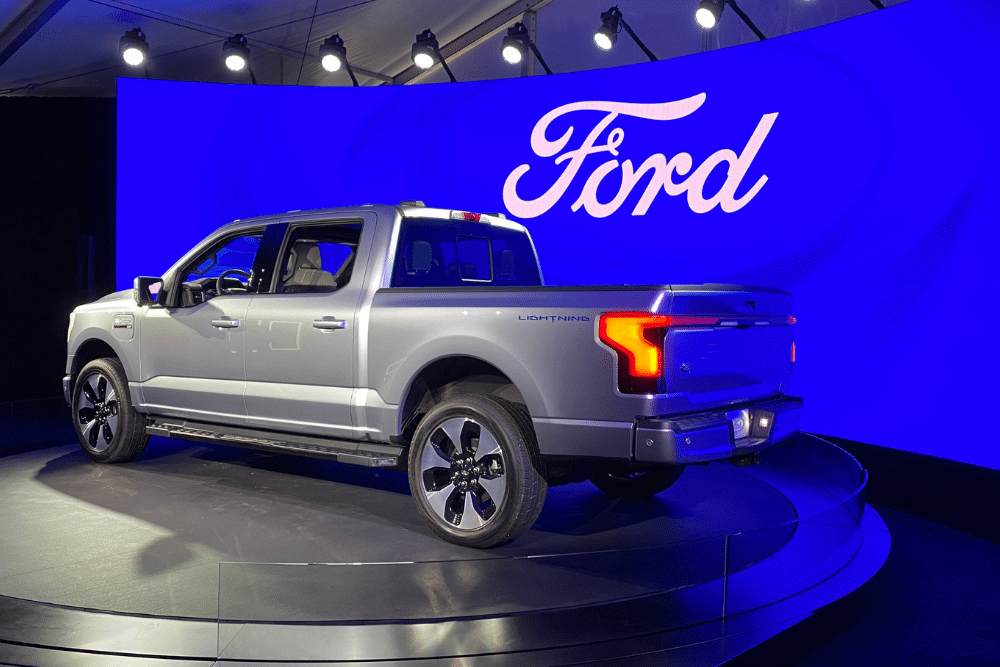
- Minimum and maximum price: from $224,990 to $254,990
- Battery capacity: 131kWh
- Maximum power: 433kW/1,050Nm
- Range: up to 515km (F-150 Lightning Extended Range Battery)
The F-150 Lightning is also now available in Australia, albeit in a more unconventional sense. Ford showrooms aren’t displaying this model, nor is it being manufactured in right-hand drive. Rather, Australian vehicle distribution company AusEV is selling the converted right-hand drive vehicles without any involvement from Ford showrooms.
If you’re interested in one of these utes, though, you’ll have to stump up at least an eye-watering $224,990 for the Standard Range model or an extra $30,000 for the Extended Range variant. Remember: these are before on-road costs.
However, what you’ll get for that hefty investment is a beast of a vehicle, offering a power output of up to 433kW and torque of 1,050Nm. The Extended Range also keeps you on the road for up to 515km, with all of these metrics far outweighing those of the eT60.
Potential future arrivals
Isuzu Ute D-Max EV
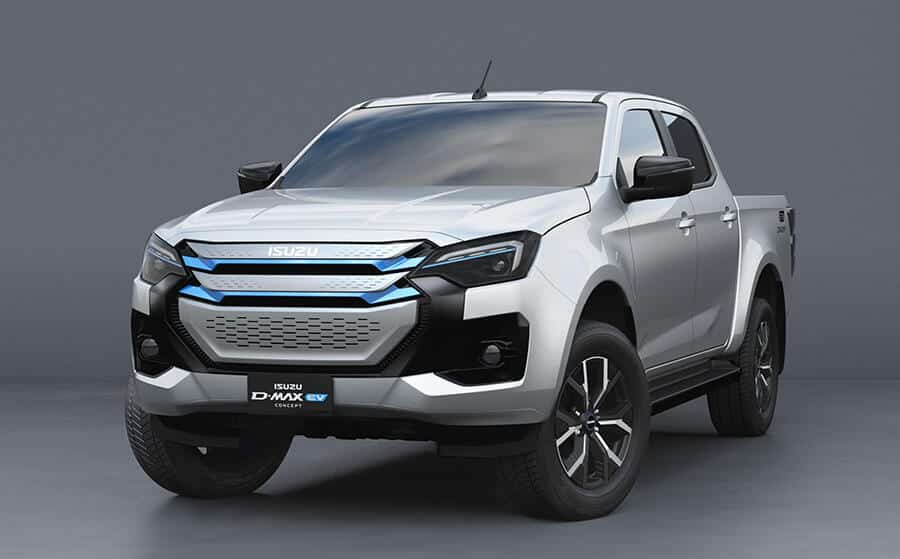
An all-electric version of the popular D-Max from Isuzu Ute is slated for release in Australia in 2025 (with dates yet to be confirmed). Although its specs haven’t been released, Isuzu Ute has claimed it’ll be a 4WD packing 130kW of power and 325Nm of torque, as well as a payload of up to 1,000kg and towing capacity of 3,500kg.
JAC T9 EV
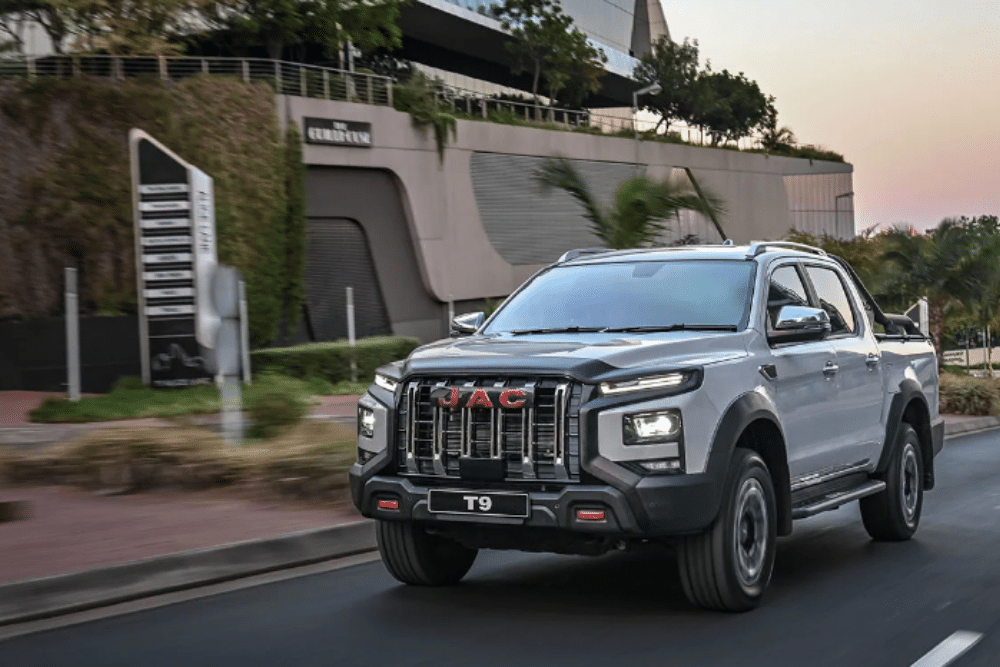
Having released the T9 ute in Australia earlier in 2024, Chinese manufacturer JAC has confirmed an electric version will reach our shores, though neither the vehicle’s specs nor arrival dates have been announced.
Kia Tasman EV
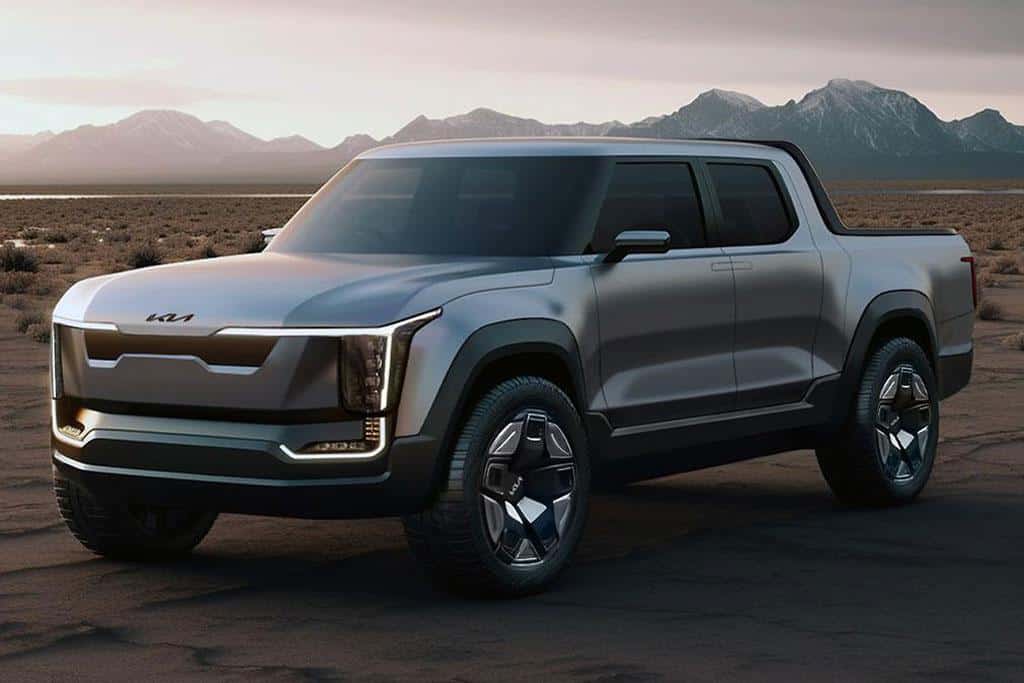
Like the T9, Kia has said they’re working on an electric version of the newly unveiled Tasman ute which is set to reach our shores either in 2025 or 2026 (likely the latter).
Popular PHEVs in Australia
- MG HS Plus EV ($42,990 to $45,990)
- Mitsubishi Eclipse Cross PHEV ($47,290 to $55,990)
- Ford Escape ST-Line PHEV ($54,940)
- Mitsubishi Outlander PHEV ($57,290 to $73,790)
- Mazda CX-60 PHEV ($73,600 to $88,800)
Did you find this page helpful?
Author
Thomas PerrottaReviewer
Bill TsouvalasGuest Contributor
Adrian EdlingtonPublished on June 12th, 2024
Last updated on October 18th, 2024
Fact checked
This guide provides general information and does not consider your individual needs, finances or objectives. We do not make any recommendation or suggestion about which product is best for you based on your specific situation and we do not compare all companies in the market, or all products offered by all companies. It’s always important to consider whether professional financial, legal or taxation advice is appropriate for you before choosing or purchasing a financial product.
The content on our website is produced by experts in the field of finance and reviewed as part of our editorial guidelines. We endeavour to keep all information across our site updated with accurate information.
Approval for car loans is always subject to our lender’s terms, conditions and qualification criteria. Lenders will undertake a credit check in line with responsible lending obligations to help determine whether you’re in a position to take on the loan you’re applying for.
The interest rate, comparison rate, fees and monthly repayments will depend on factors specific to your profile, such as your financial situation, as well others, such as the loan’s size and your chosen repayment term. Costs such as broker fees, redraw fees or early repayment fees, and cost savings such as fee waivers, aren’t included in the comparison rate but may influence the cost of the loan. Different terms, fees or other loan amounts may result in a different comparison rate.











